Archive for the 'Uncategorized' Category
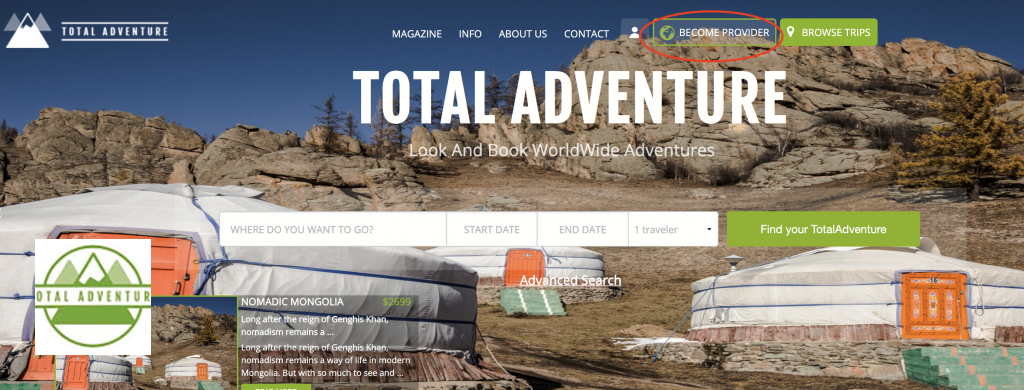
Go o http://totaladventure.travel In the Upper Right Hand Corner Click Become Provider . You Should Be Able To Follow Instructions And Prompts From There. If Not, The Following Images Describe The Simple Process :

THEN :
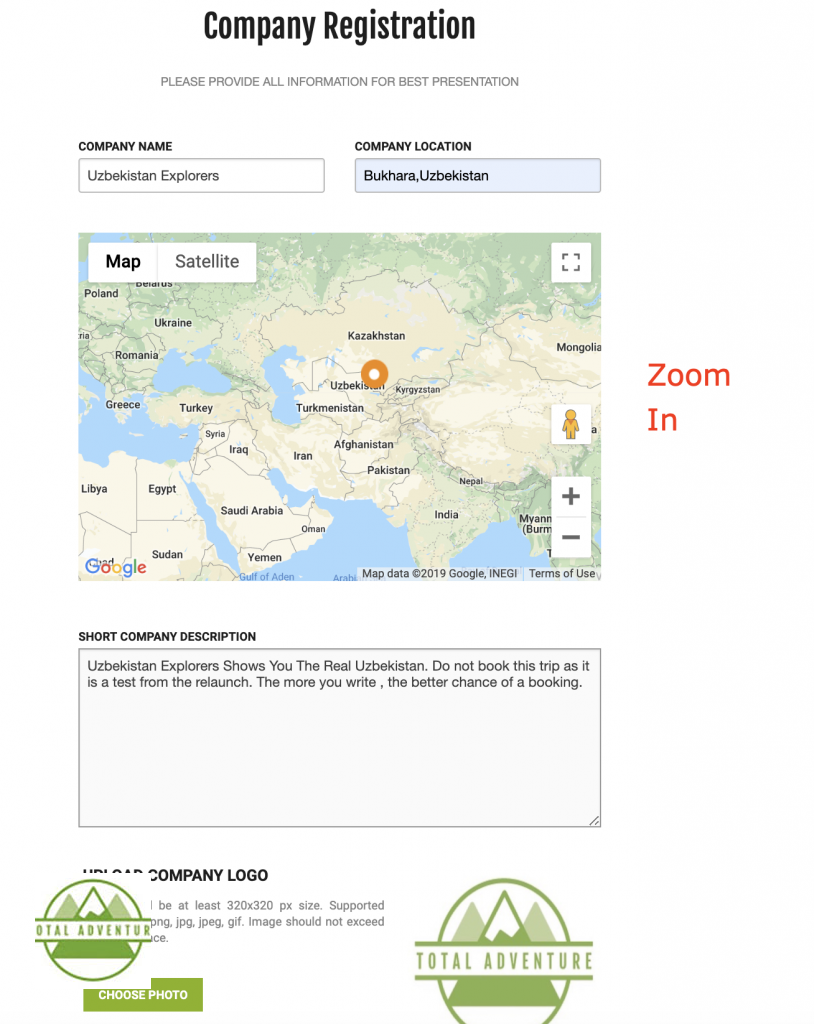
THEN:

THEN:
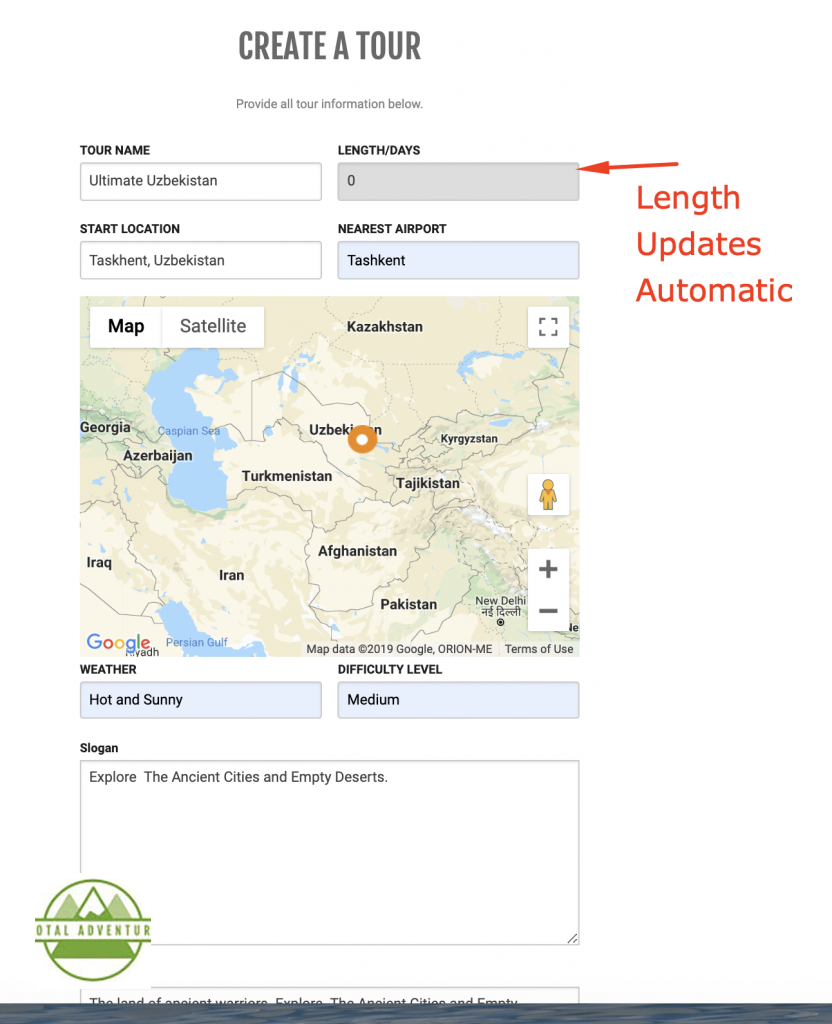
THEN:
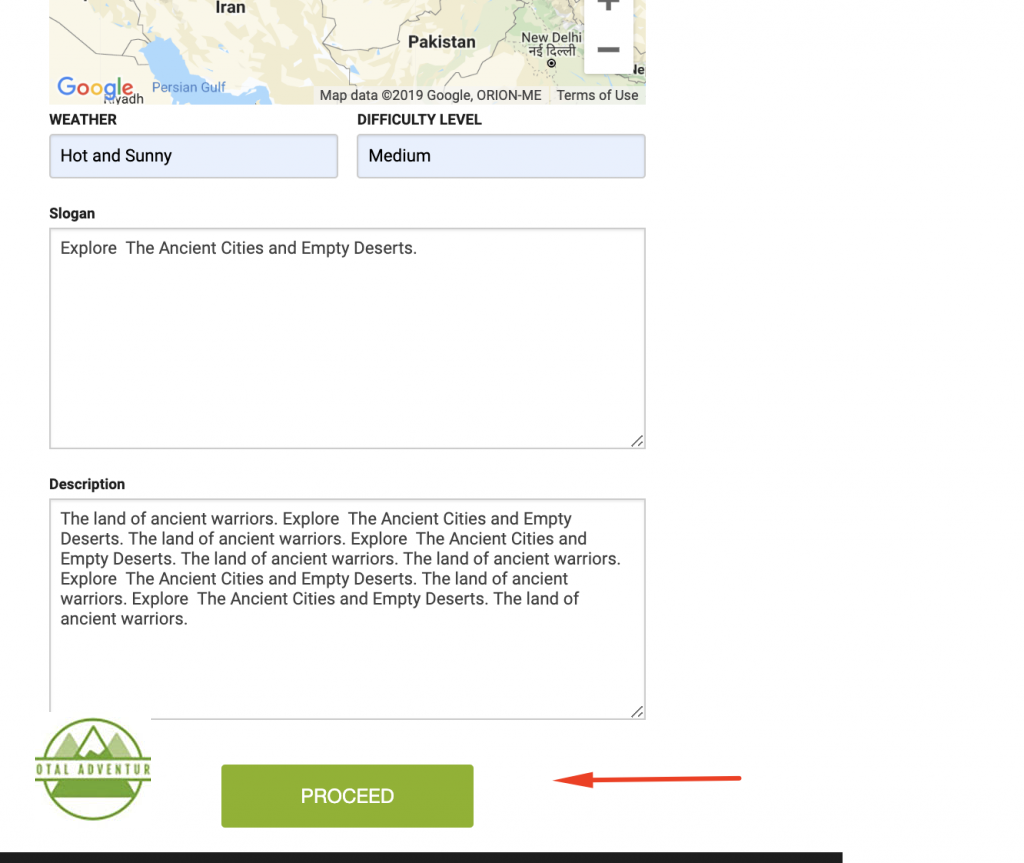
THEN:
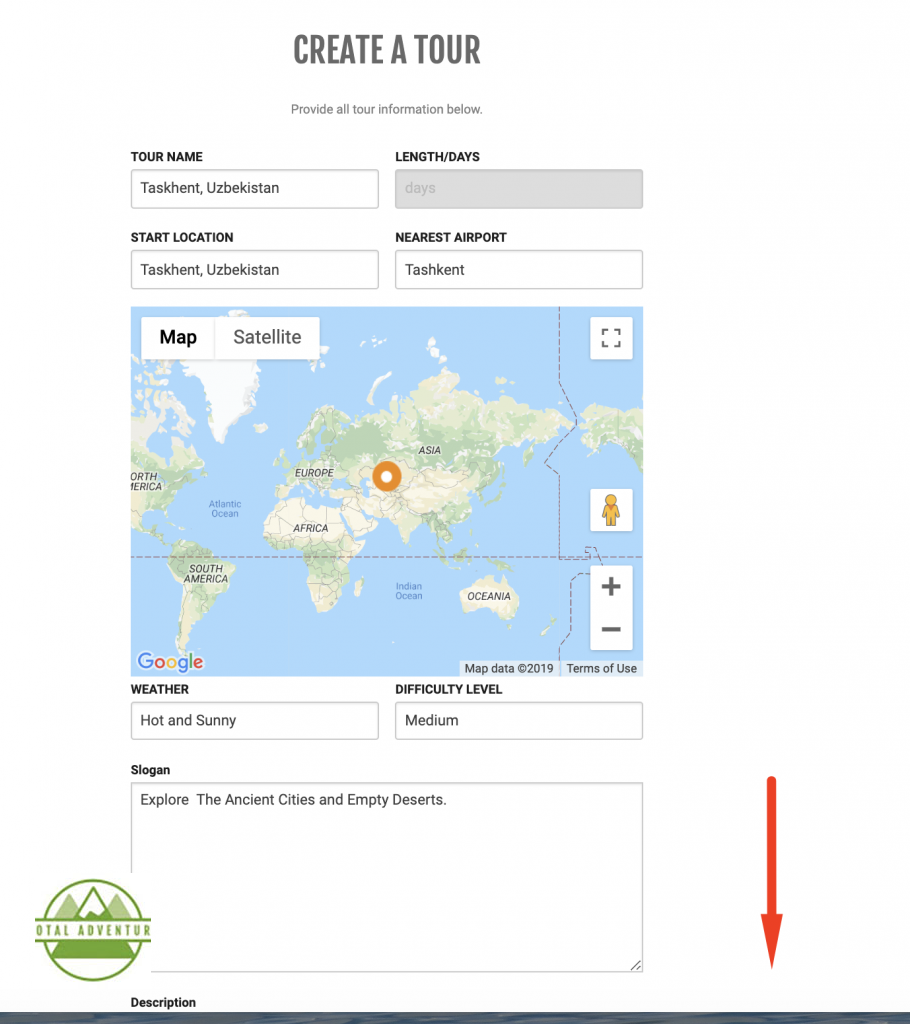
THEN:
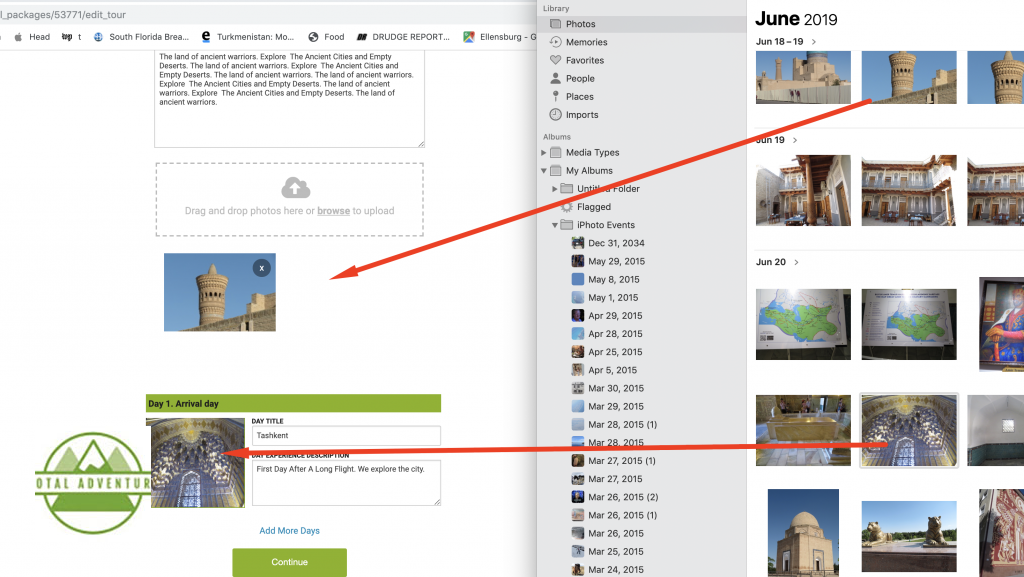
ONLY USE PHOTOS THAT ARE YOUR OWN OR LICENSED TO YOUR COMPANY !
THEN :

THEN :

THEN !
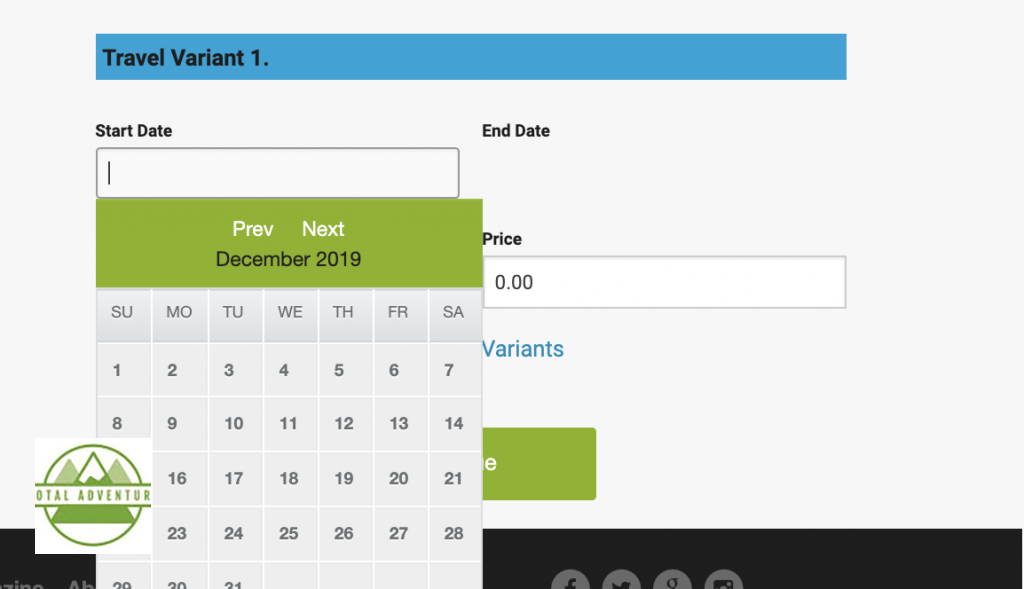
THEN:

THEN :

THEN:
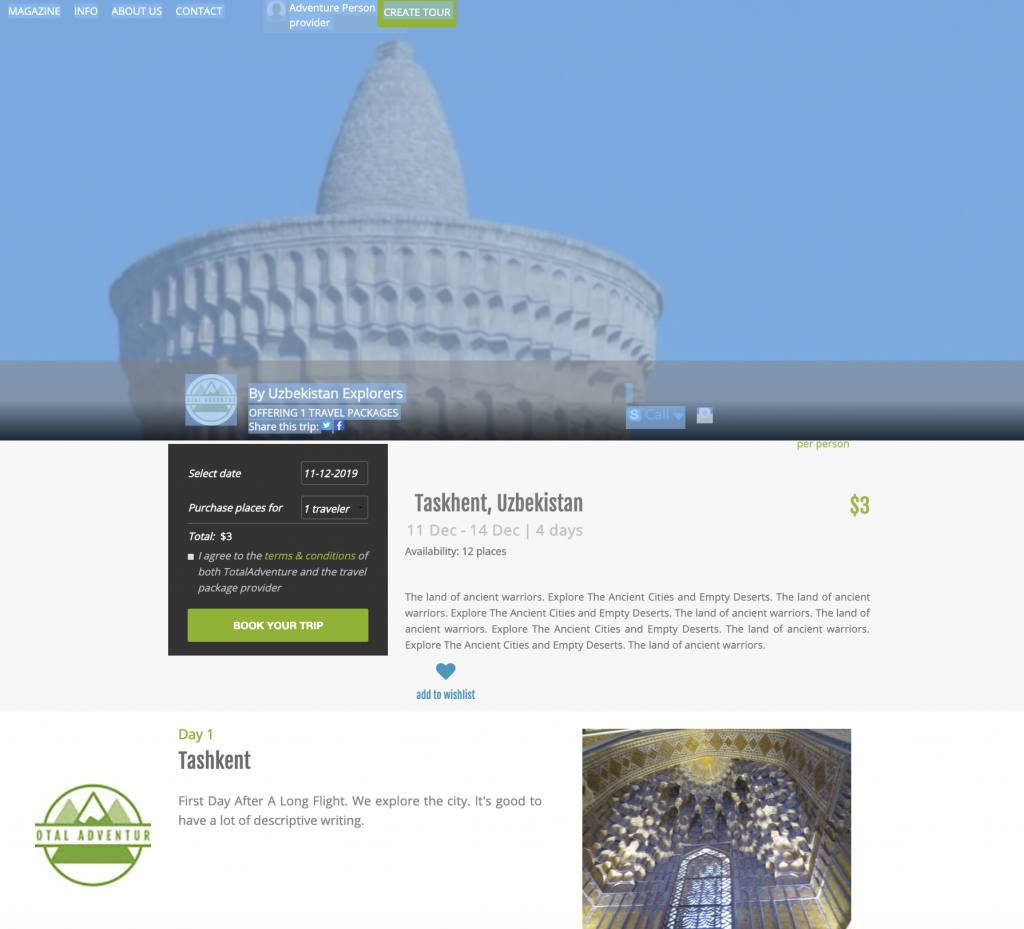
THEN:
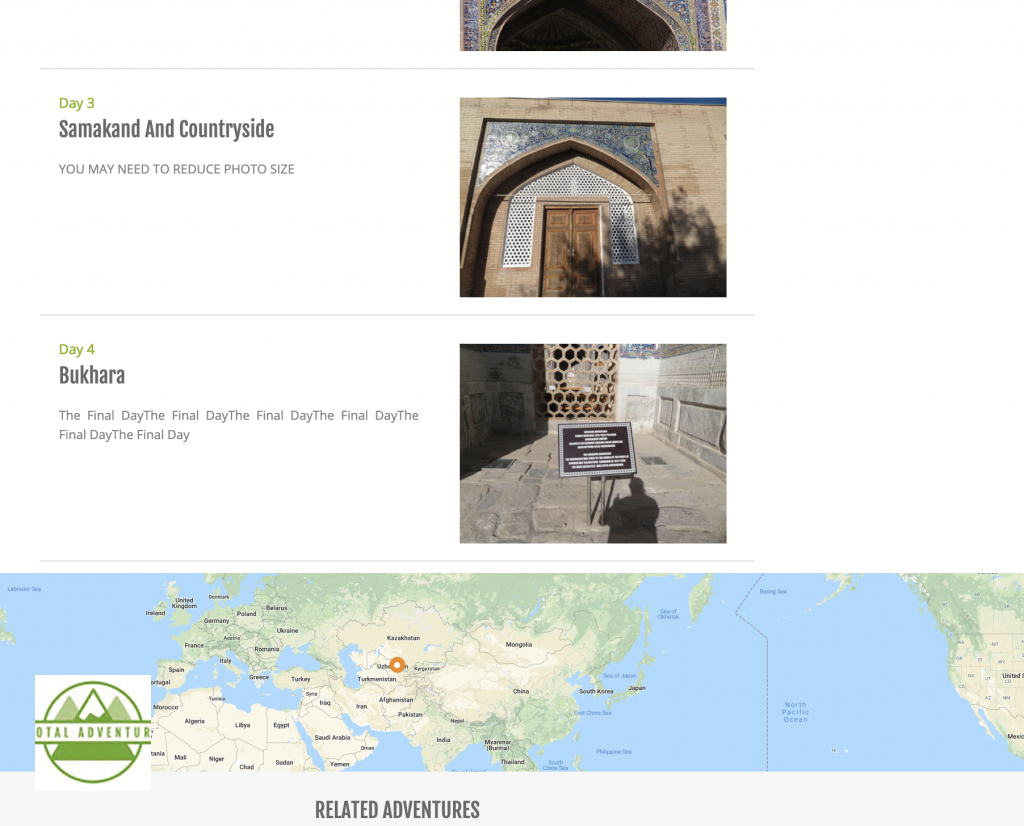
THEN:

TRIP POSTED ! NOW THE BOOKINGS BEGIN ON TOTALADVENTURE.TRAVEL TOU WILL ALSO BE POSITIONED ON ADVENTURETRAVEL.AI
WATCH THE VIDEO ABOVE !
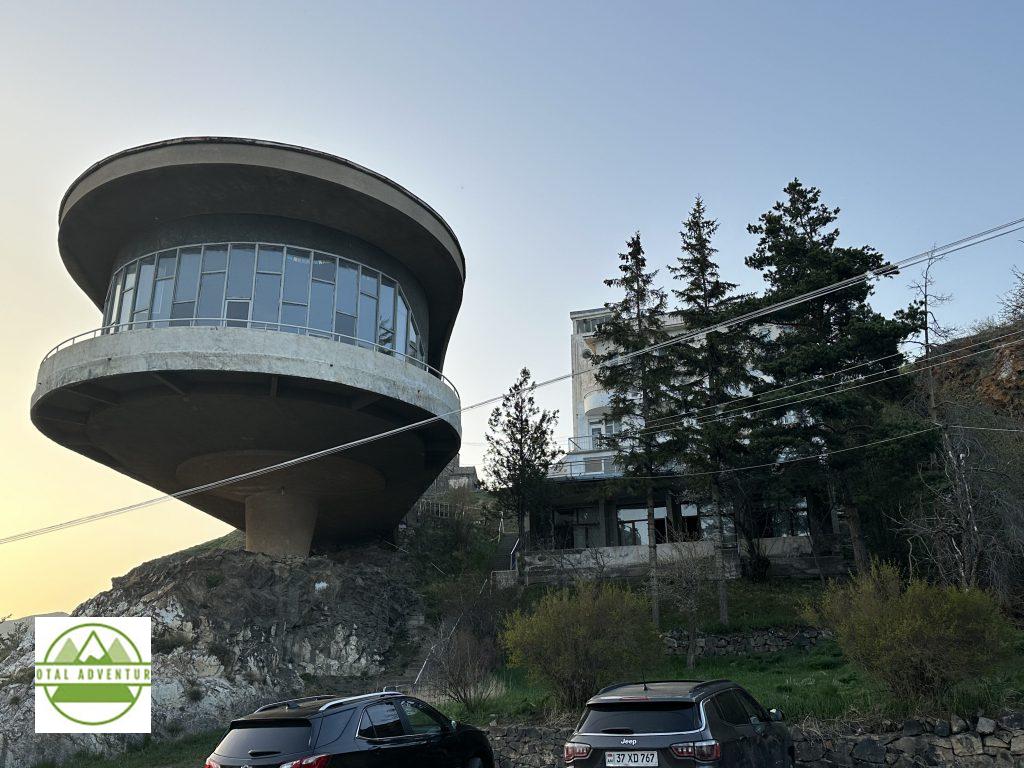
On April 22 TotalAdventure departed Tbilisi by auto, with the driver from British Hotel. Before leaving Tbilisi, there were a few stops to pick up necessary documents for crossing the border.
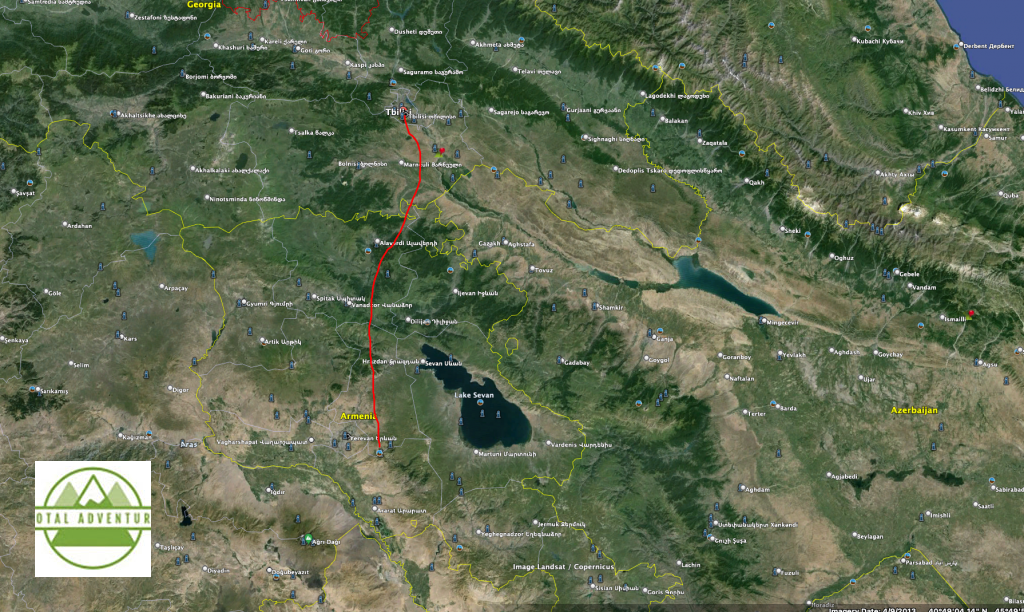
From Tbilisi to Yerevan is about 300 km, taking around 5 hours, including time crossing the border.

Armenia – Country Number 97 For TotalAdventure.

Shortly after the border crossing we had a bit of a detour. The driver received a text warning that Azeri soldiers had made an incursion into Armenian territory. The war has been on and off for over 30 years – since the breakup of the Soviet Union. The next road we went on was closed for about 30 minutes due to a farmer’s demonstration. In all delays were about 90 minutes. It was later reported one Azeri soldier was killed. Above, the peaceful image of winter’s snow receding in the strong spring sunshine.
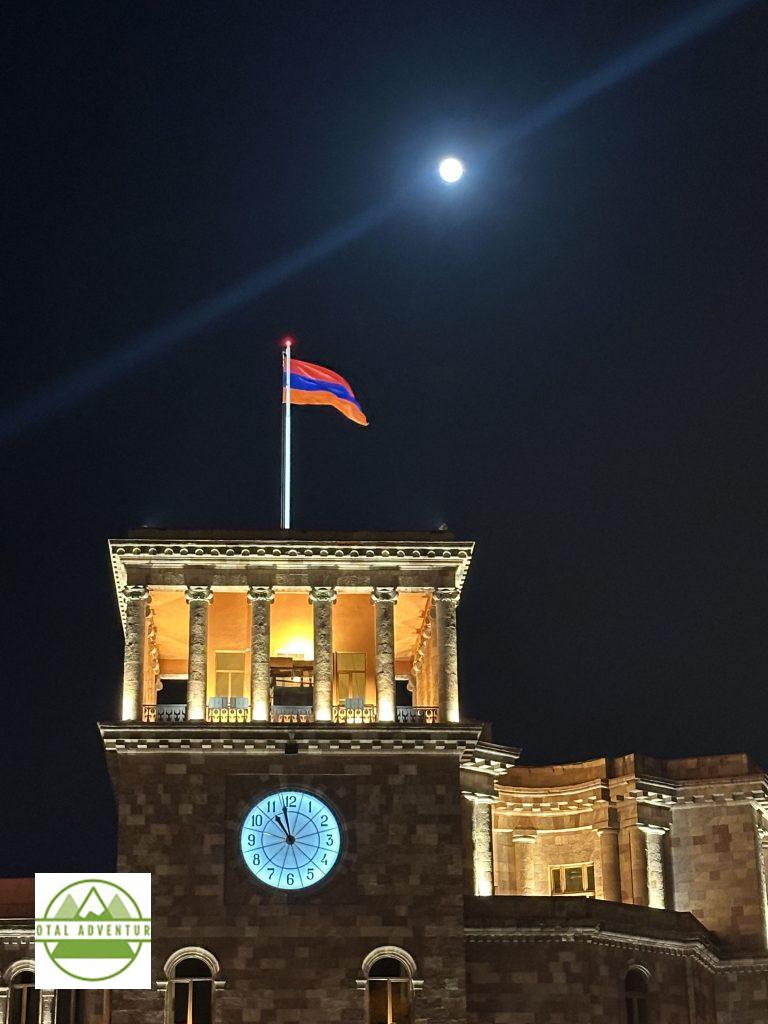
TotalAdventure’s hotel was right off Republic Square – a grand plaza of Government buildings, libraries and museums.

A delicious dinner at Kavkazia – beginning with Dolma.
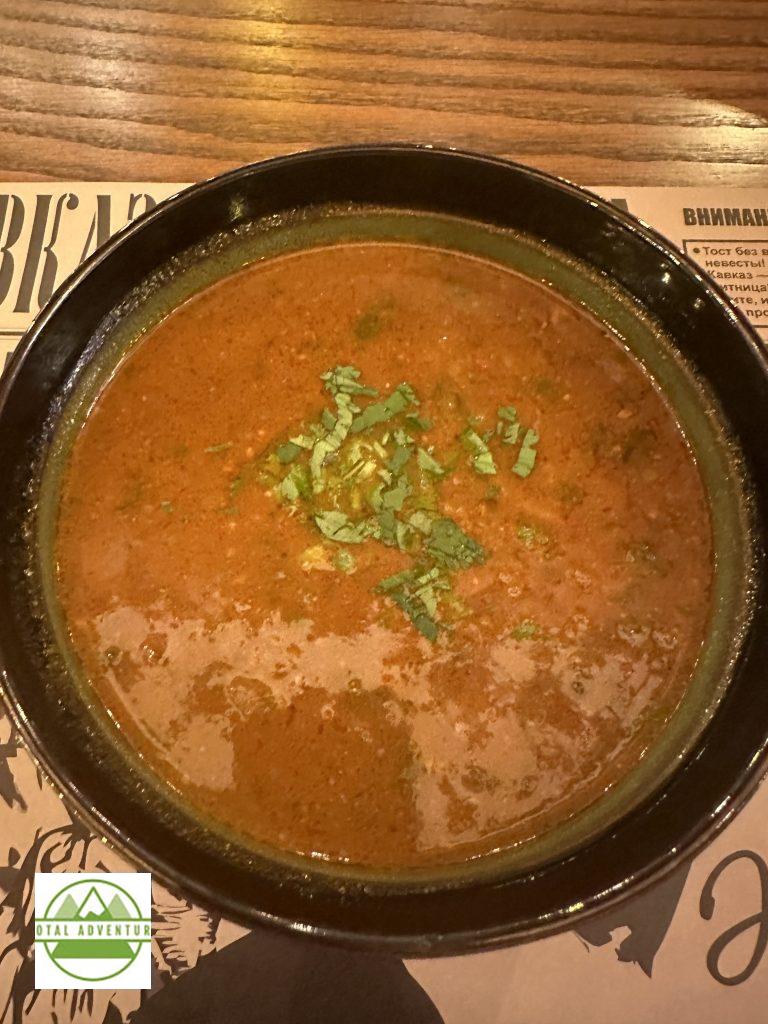
Followed by Borsht and then Shashleek. Armenian cuisine is hearty – a crossroads of various Empires – Russian,Turkish, Persian,Greek.
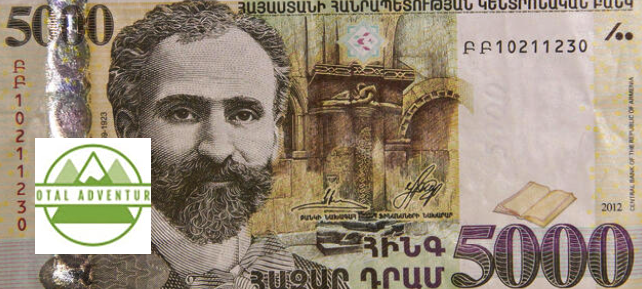
Armenian Dram. As of this writing, the Dram is 387 to the US Dollar. Overall the country is lower priced than the US and Western Europe. A good meal for 2 in a top restaurant, with wine would be about US $ 60, about a tenth of that in a common locals canteen.

Mt.Ararat in Eastern Turkey. It is where Noah landed the Ark after the Great Flood. The mountain is sacred in Christianity,Islam and Judaism. Though only 53km ( 32mi) distant as the crow flies – to drive is 547 km since the Turkish border has been closed since 1991 -one must circumnavigate through Georgia to get there. At nearly 17,000 feet, 5800m the mountain is snowcapped for eternity.
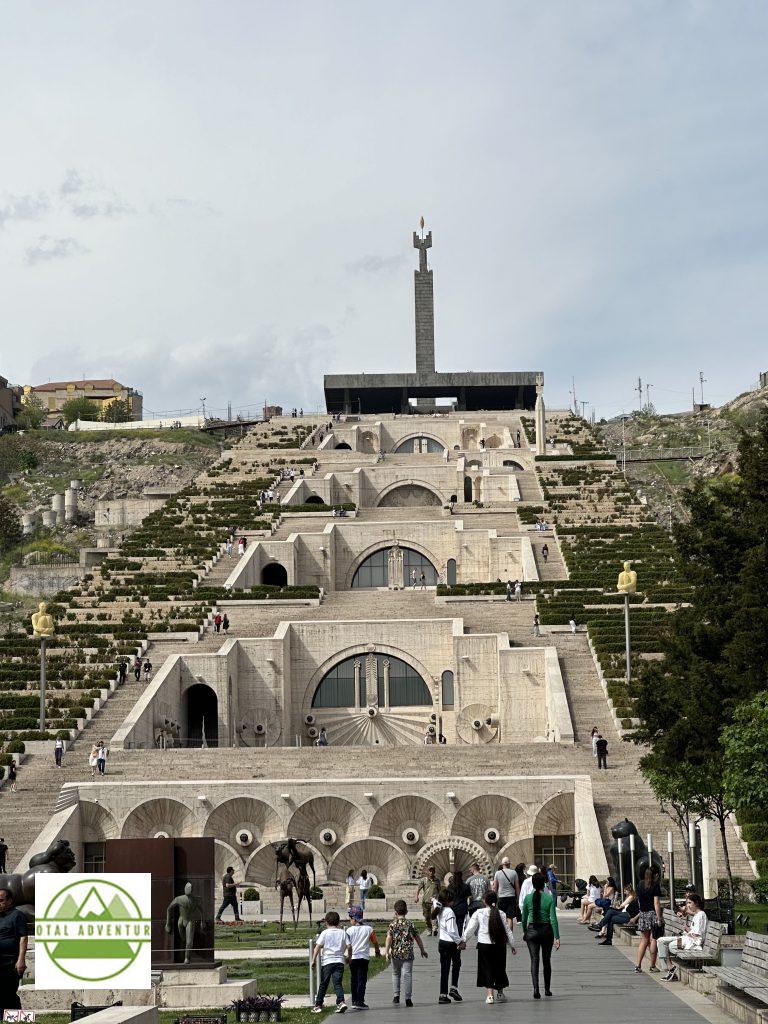
The Cascade – 672 steps with the 40th Anniversary of Soviet Armenia Monument at the top. TotalAdventure climbed it effortlessly on a 29 C day.

Author of a a favorite childhood book “My Name is Aram.”

Artist and Director Sergei Paradjanov pictured at his home, now a museum.
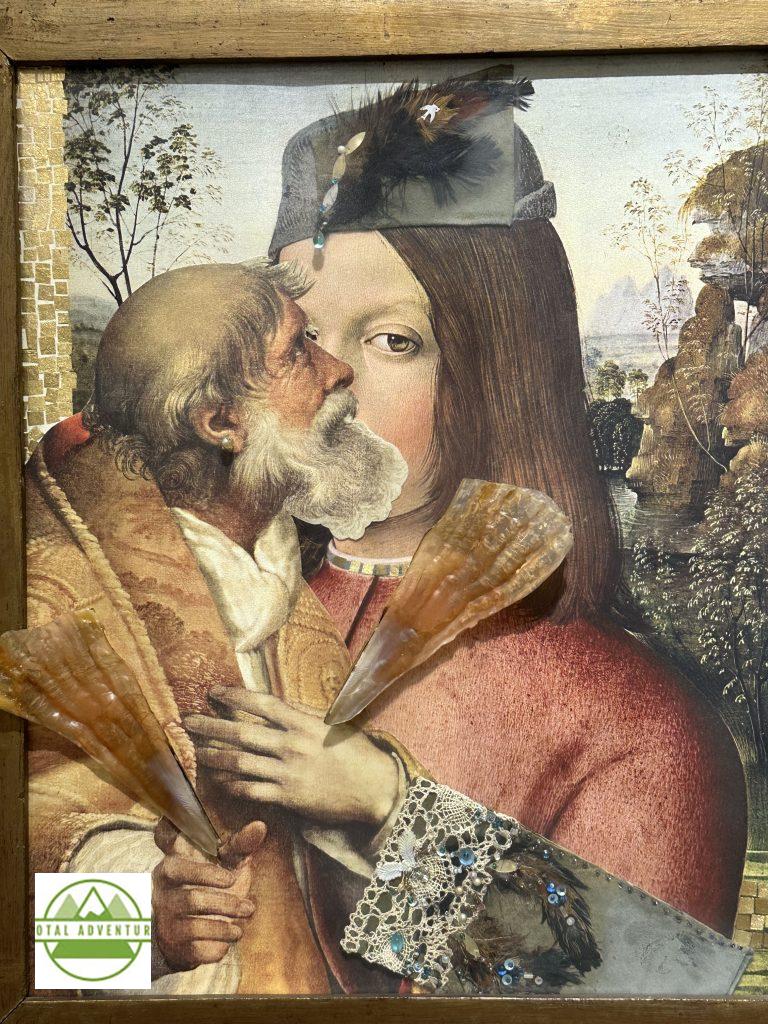
Paradjanov Artwork.
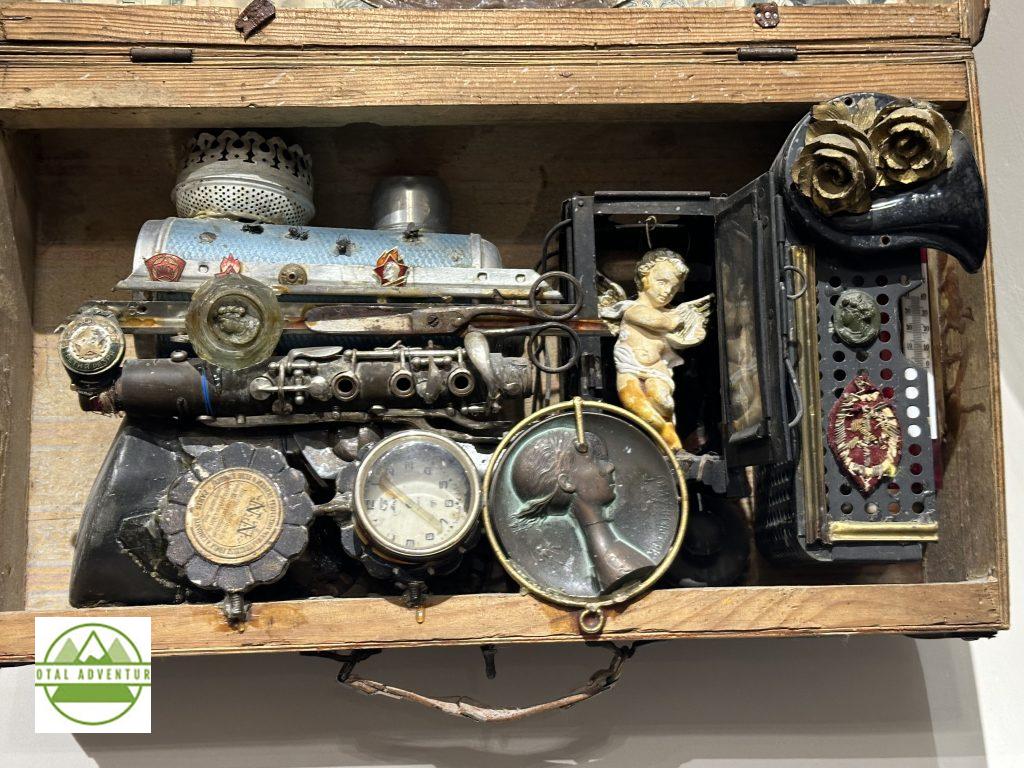
Paradjanov Artwork.
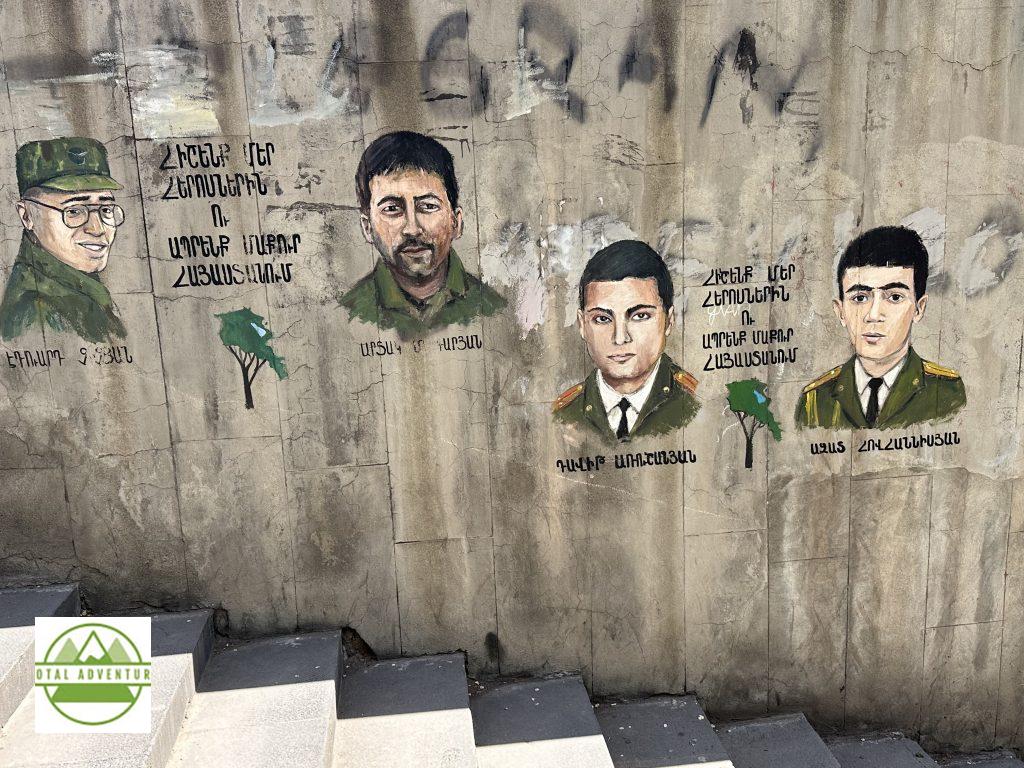
In may places throughout the city – memorials to soldiers killed in the ongoing war with Azerbaijan.
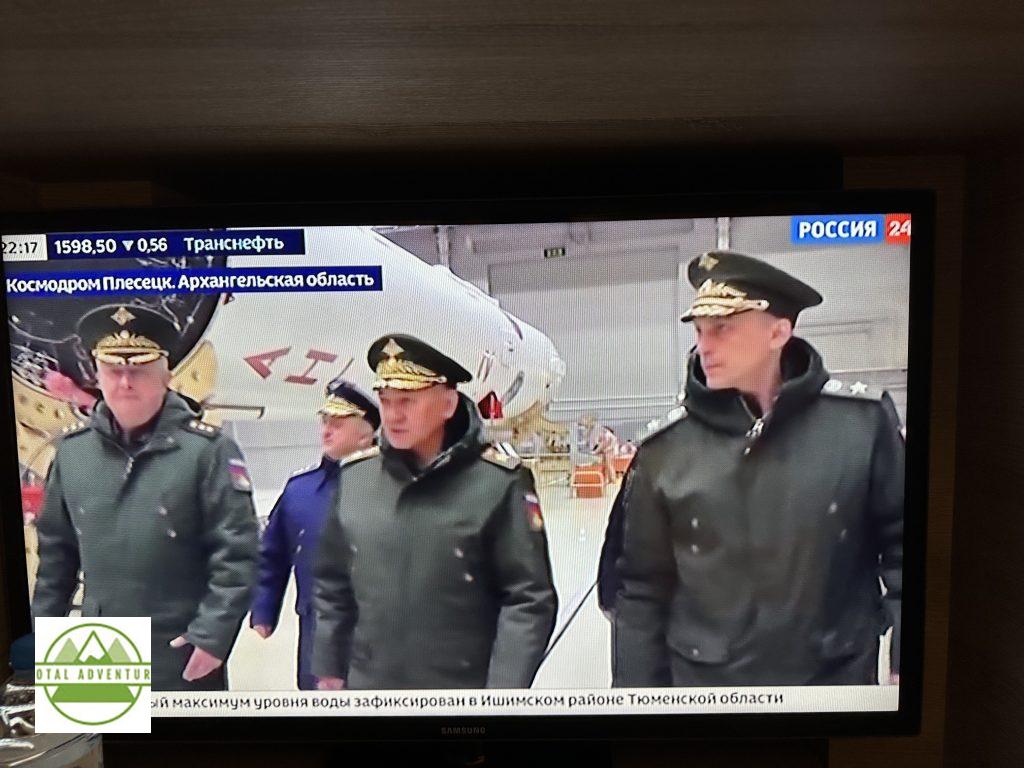
Russian TV is prominent. TotalAdventure watched Rossiya 24 – like a Russian verion of Fox.
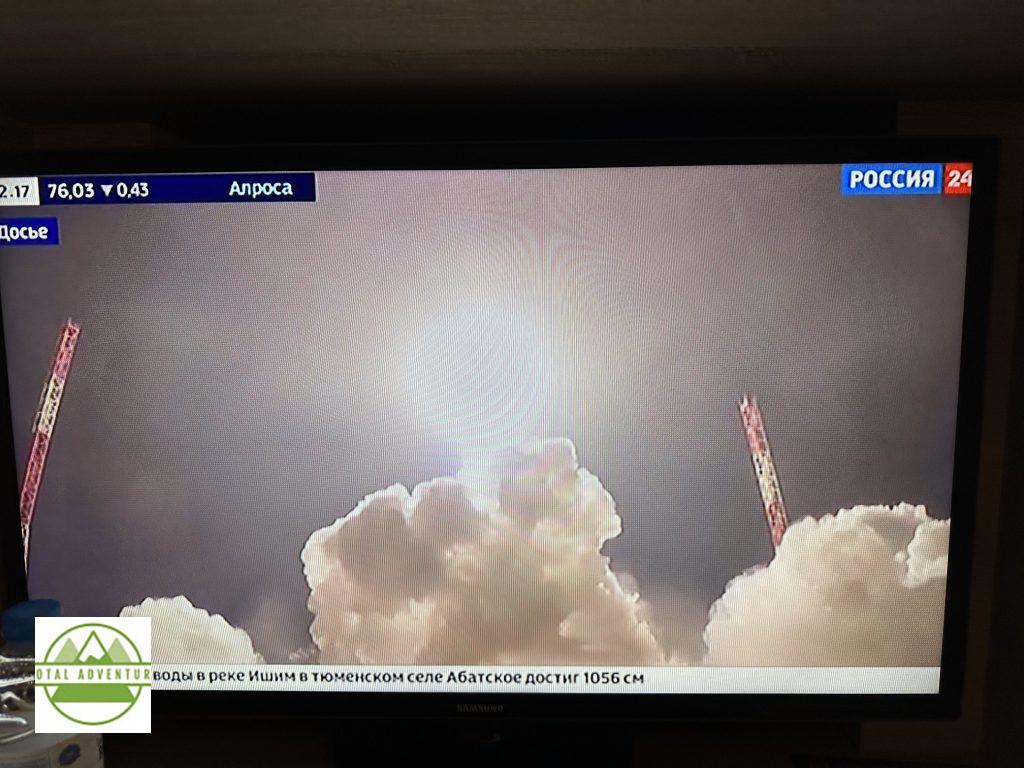
Rossiya 24 previewing things to come. TotalAdventure is self taught to read Cyrillic – very helpful in Russia ,the Balkans ,Mongolia and the post Soviet world in general.
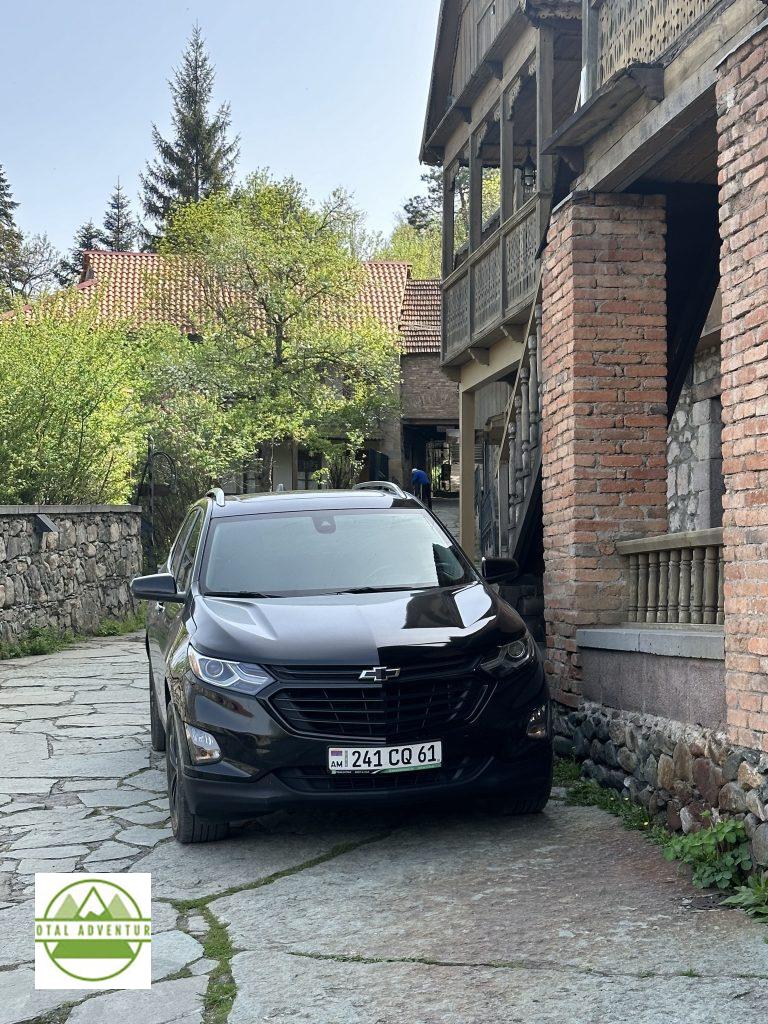
TotalAdventure often hires a car with driver in many countries, in order to film and photograph the countryside. In Armenia that was prohibitively expensive, so I rented a Chevy SUV for $ 35 a day.

The main mission was to visit ancient churches and monasteries. Taking information from an online guide, I pasted the locations in Google Maps on my MacBook Pro and then sent the resulting map to my iPhone. This map – Bluetoothed on my dashboard screen- was my tour guide throughout the next two days of exploration. These features will soon be embedded in our new engine – adventuretravel.ai
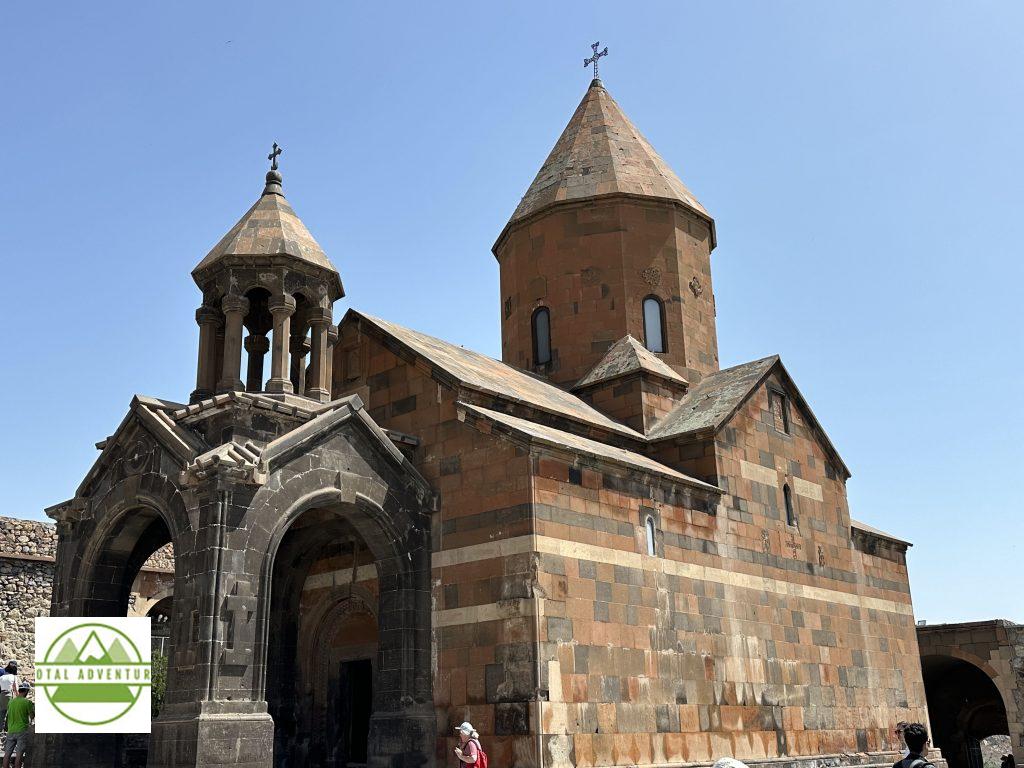
All the monasteries are featured in THE VIDEO AT THE TOP.
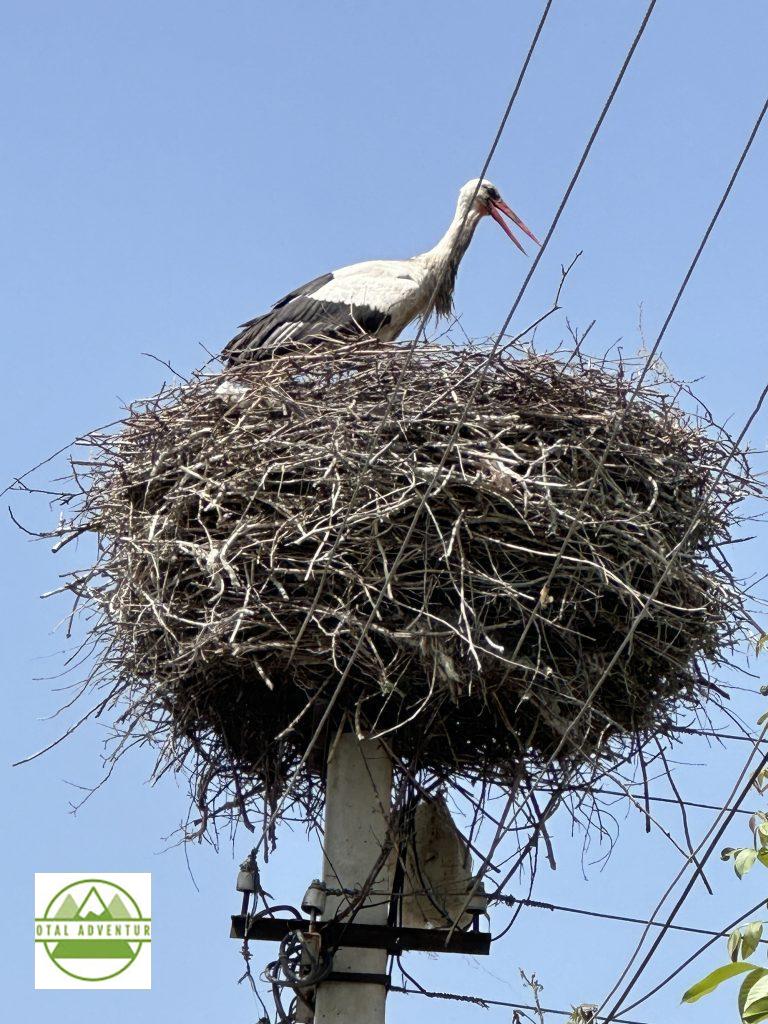
Mother Stork Is Expecting ! Or perhaps feeding the little ones.
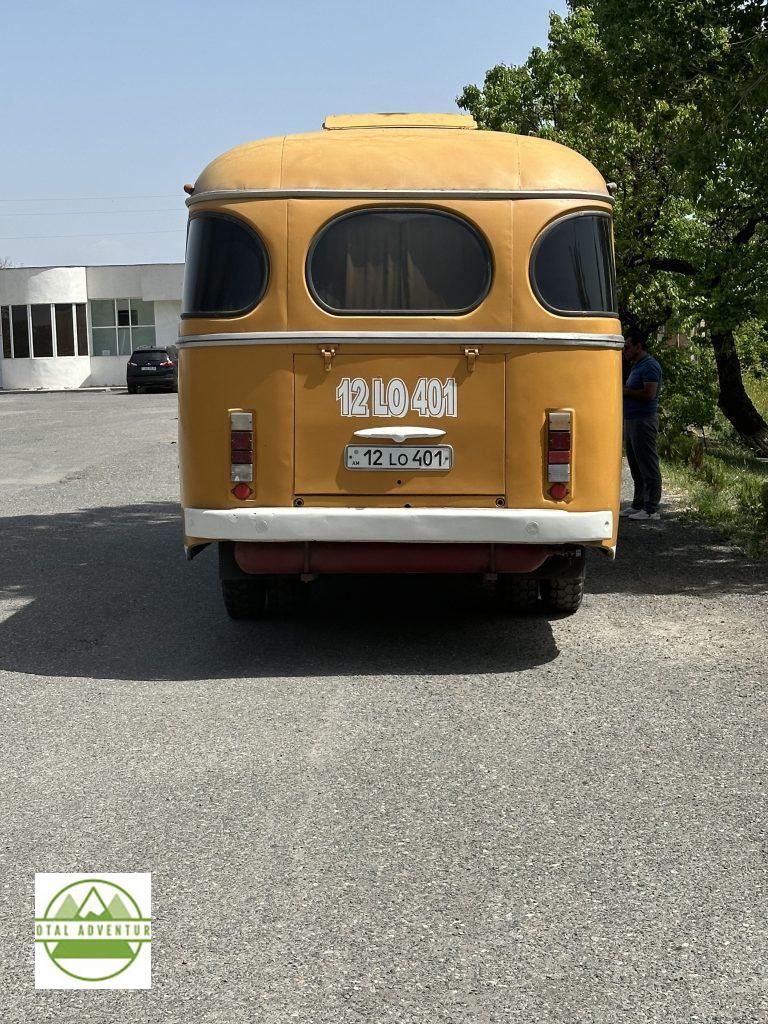
The Soviet bus seems to be a 1950s relic – but it’s from 1987.
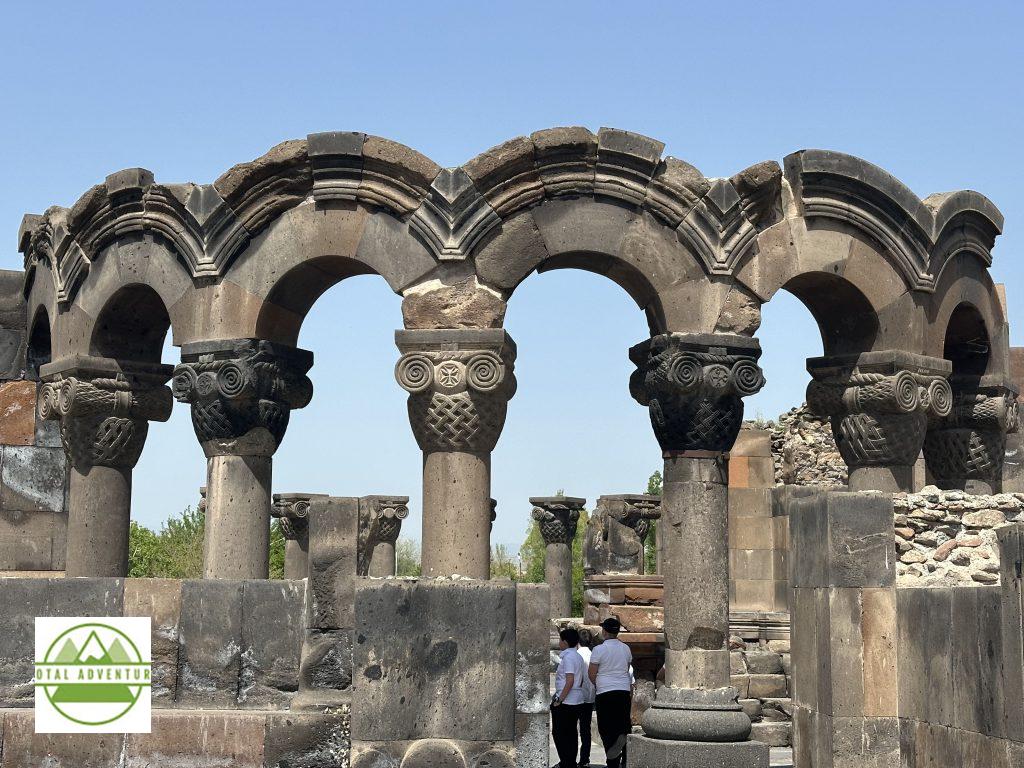
Remains of Zvartnots Cathedral.
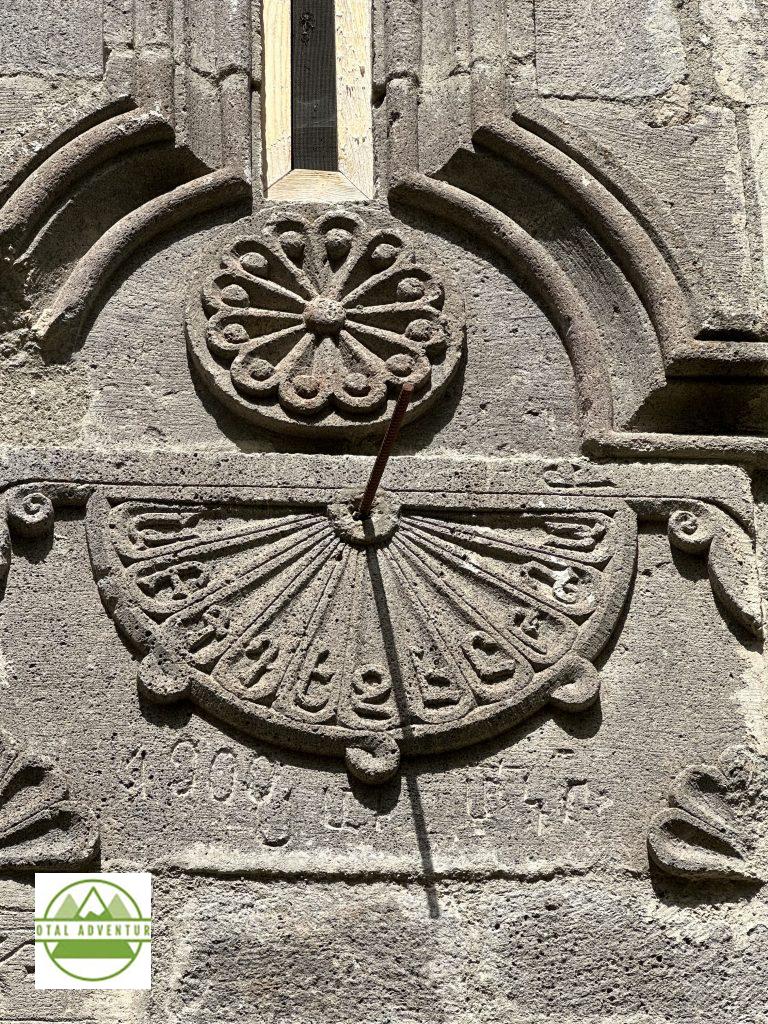
1300 hrs. Armenia is GMT + 4 – 2 hours ahead of Western Europe and 8 hours ahead of New York.
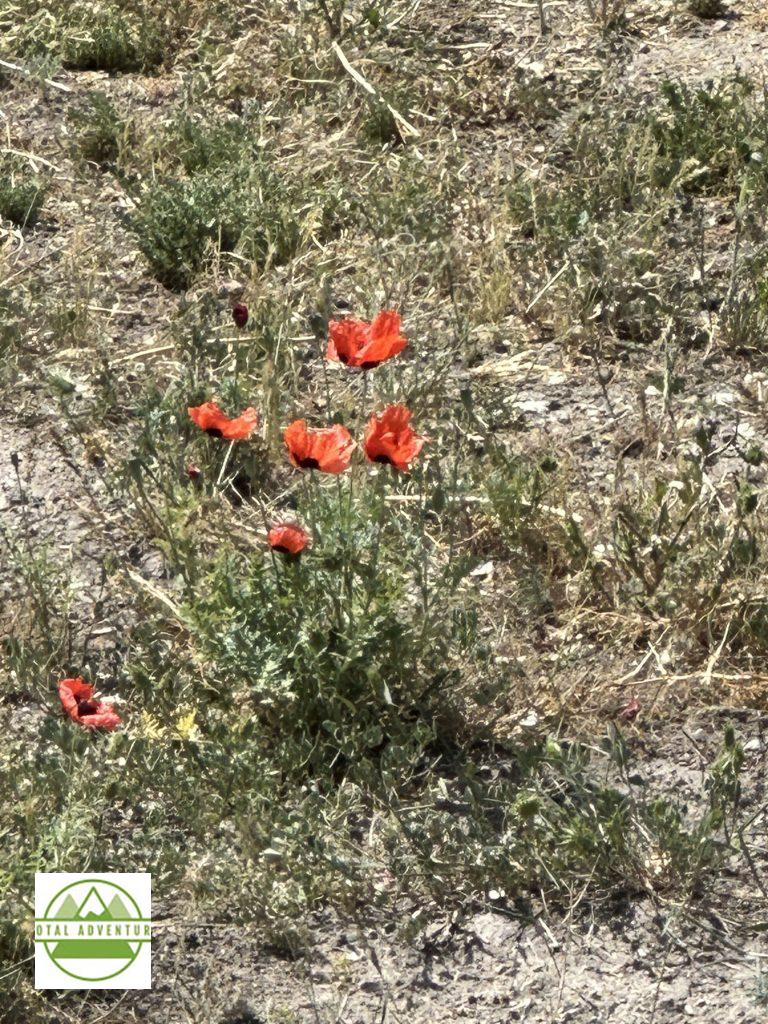
Poppies – a popular flower in nearby countries.
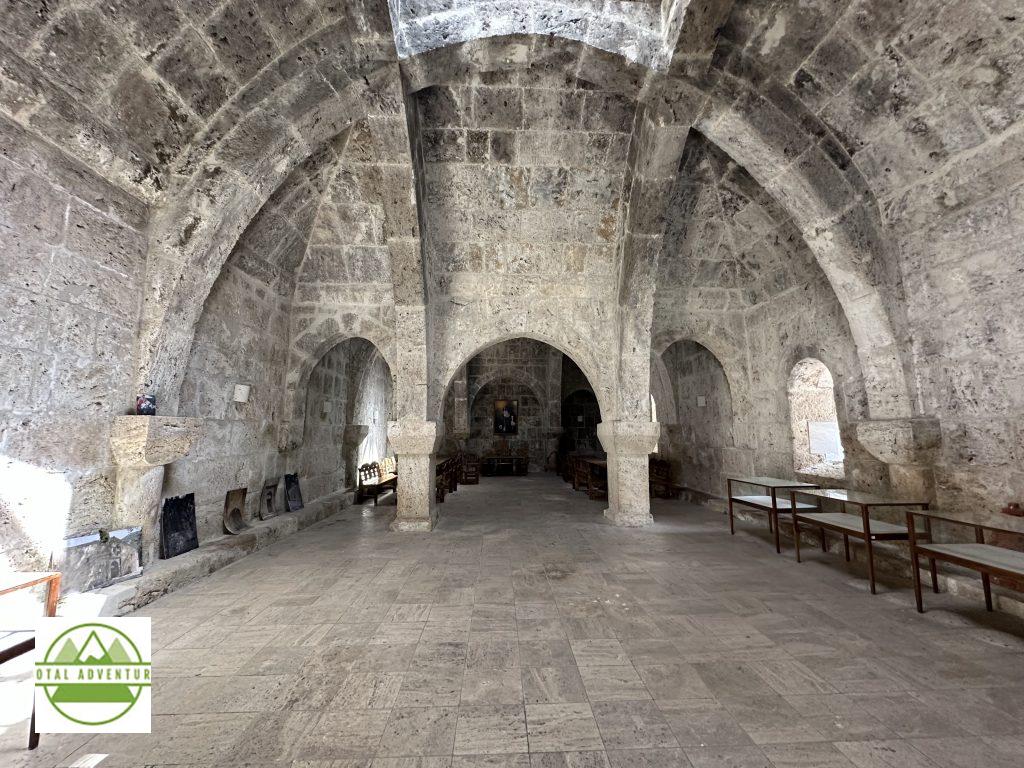
Interior Cathedral.
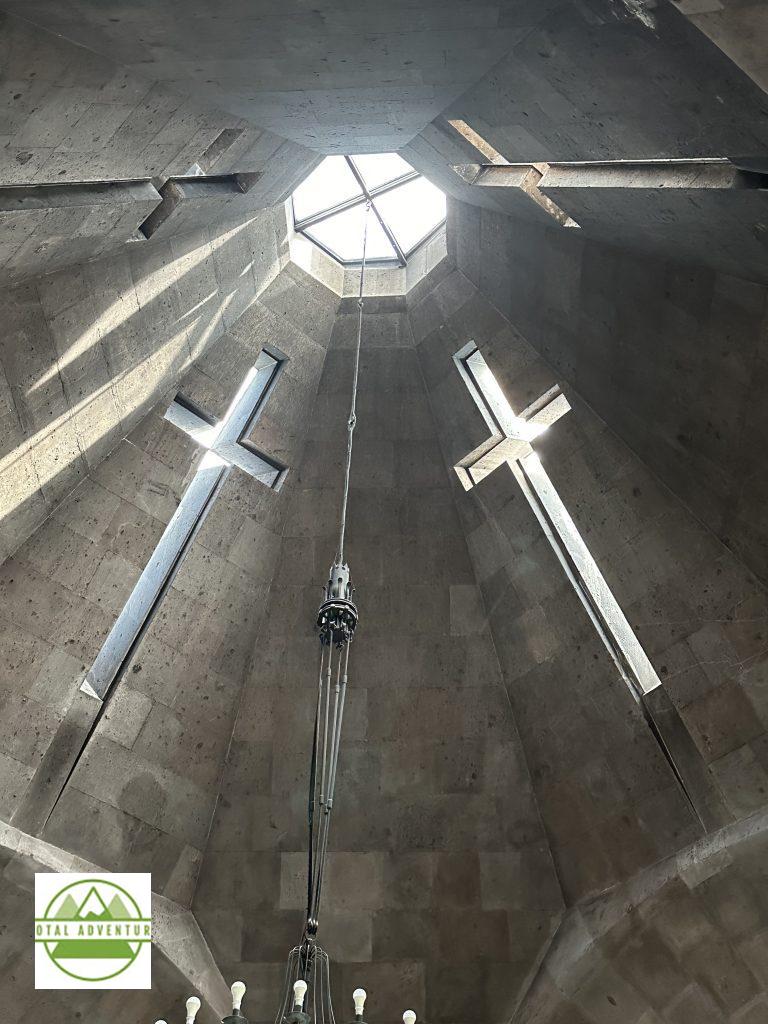
Hovhannavank – The Catholicos of Armenia.
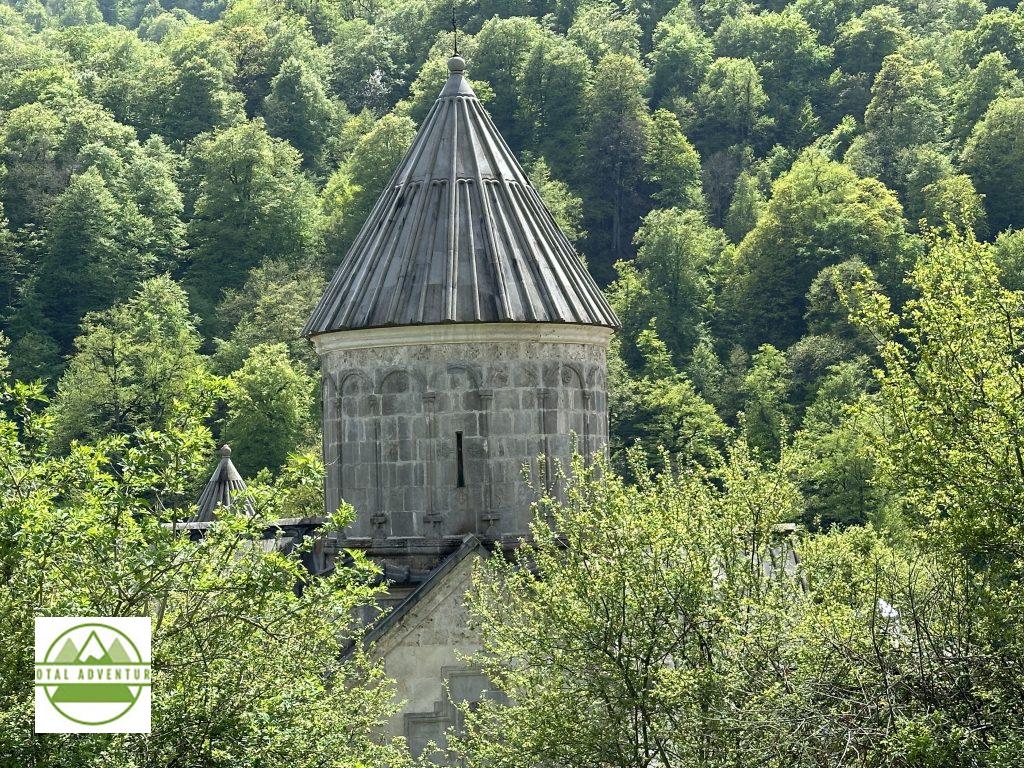
A church on a forested mountaintop.
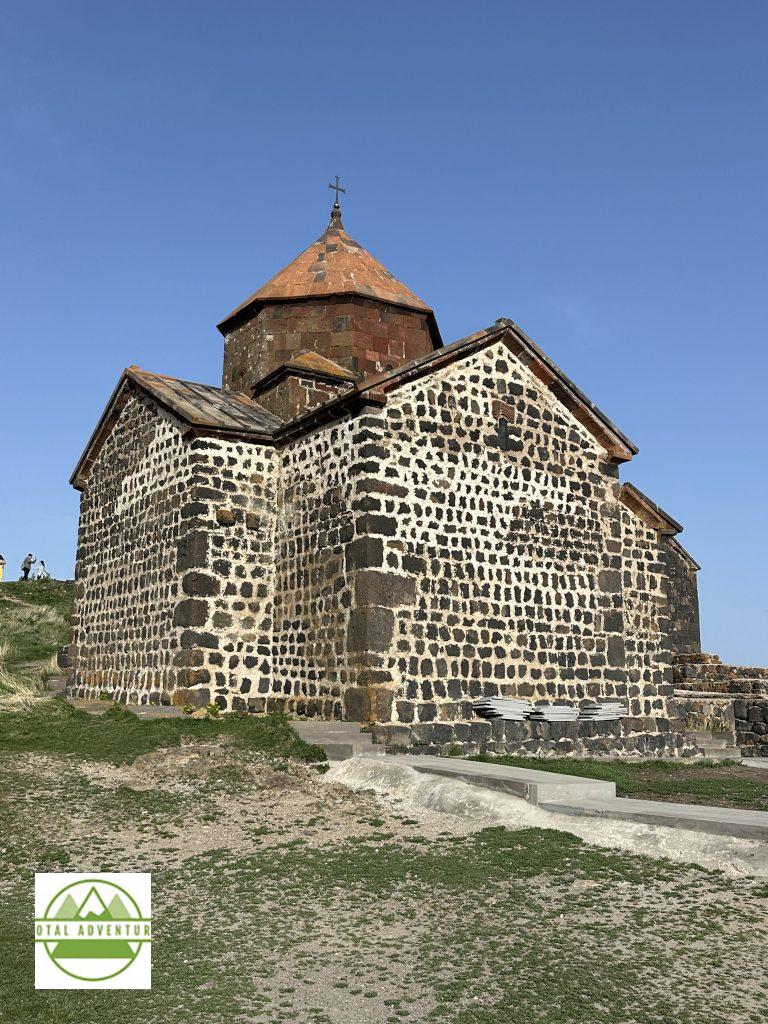
Overlooking Lake Sevan. SEE THE VIDEO AT THE TOP !

St,Gregory – who was imprisoned in complete darkness in a snake pit for 13 years !

Also overlooking Lake Sevan is the Writer’s Hotel. Built around 1960, it is a classic example of Soviet Brutalist architecture.
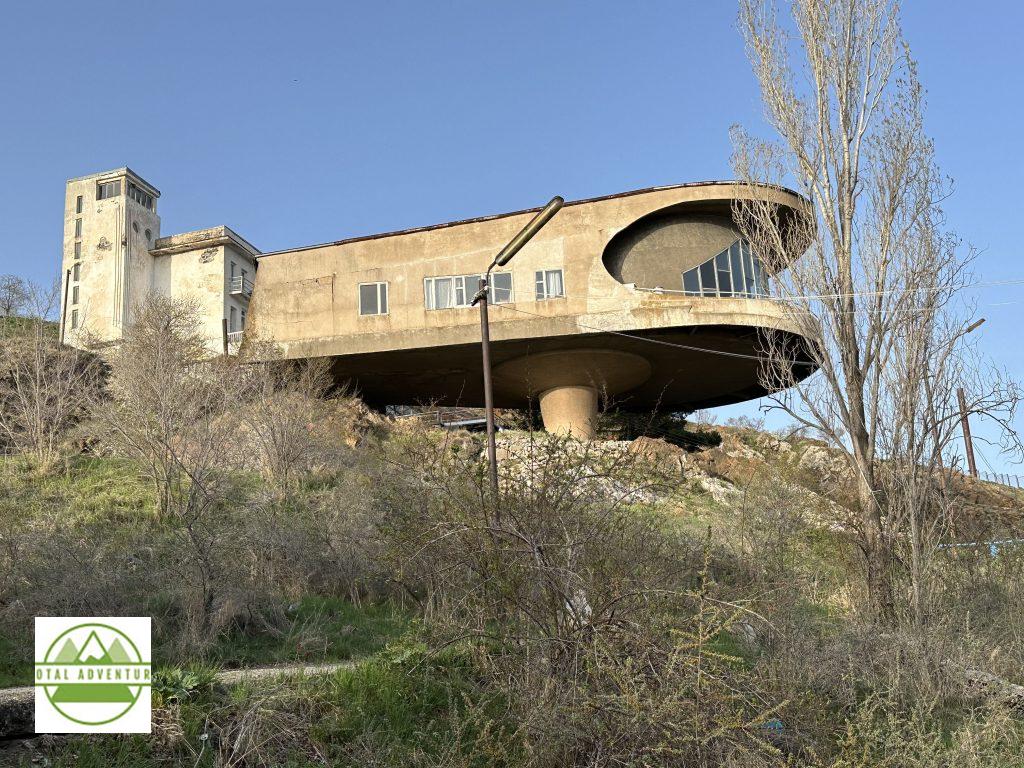
After years of abandonment, it is now reopening as a hotel – the views are beautiful, the rooms basic, for about $ 35 a night. And writers won’t have to write about the glories of Lenin and Marx.
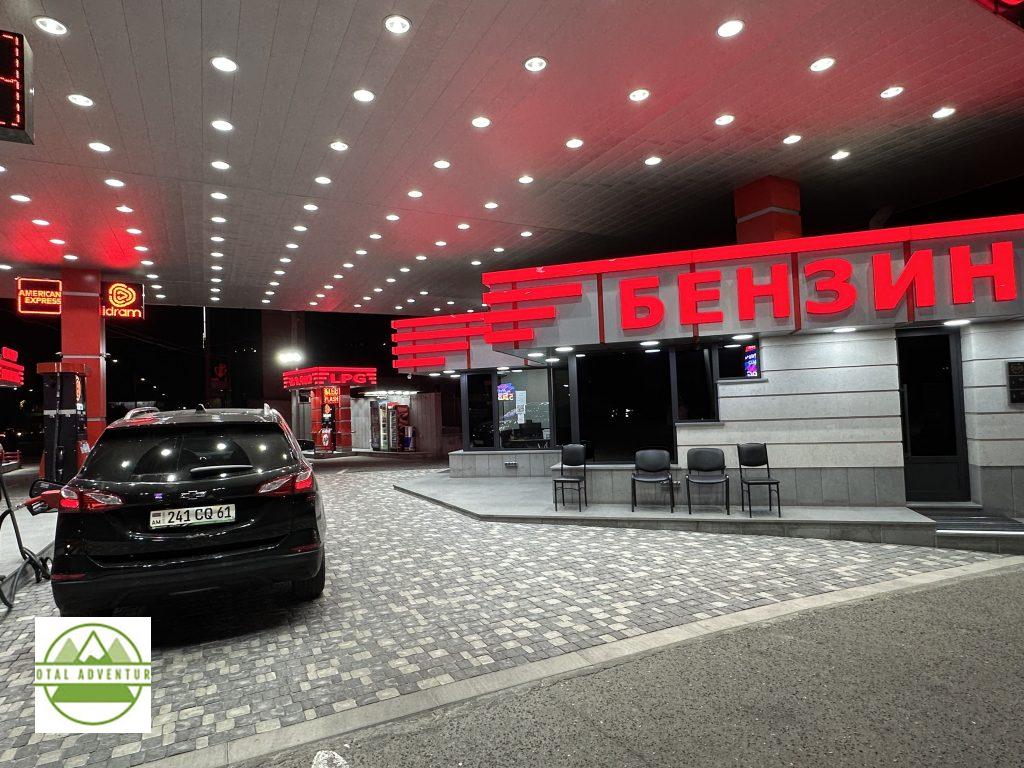
Final stop to gas up the rental ! The next morning TotalAdventure flew around enemy lines to Baku.
Download Windows 7 Activator Free for Full Version Access and Activation
If you want to use your Windows 7 operating system without any restrictions, a windows 7 activator free can help you unlock the full version access and activation. This tool is designed to activate your Windows 7 copy quickly and easily, allowing you to enjoy all the features without limitations. Using a windows 7 activator free ensures that your system runs smoothly and stays genuine, which is important for receiving updates and security patches. Many users look for a reliable activator to avoid the hassle of trial versions or limited functionality. By downloading a trusted windows 7 activator free, you can activate your system safely and enjoy a fully functional Windows experience. Remember, activation is necessary to prevent interruptions and to access all the benefits that come with the full version of Windows 7.
How to Activate Windows 7 Without a Product Key Using Free Activators
Activating Windows 7 without a product key is possible by using a windows 7 activator free. This method helps users who want to activate windows without key entry or purchase. These tools work as a windows 7 activation utility that can bypass the usual activation process. Instead of buying a windows 7 product key alternative, you can use these free activators to unlock full features.
Using a windows 7 activation bypass tool is one of the easiest windows 7 activation methods. It allows you to activate windows 7 activation without purchase and enjoy all the benefits of a genuine copy. These activators modify system files to trick Windows into thinking it is activated, so you don’t have to enter a key.
Here are some important points to consider when using free activators:
- They provide a quick way to activate Windows 7.
- No need to buy a product key or enter one.
- They work on both 32-bit and 64-bit versions.
- Activation is done offline or online depending on the tool.
- Some activators come with additional features to keep Windows genuine.
“Using a windows 7 activator free is a popular windows 7 activation method for those who want to activate windows without key or purchase.”
Windows 7 Activator Free Download for 32-bit and 64-bit Versions
When looking for a windows 7 activation utility, make sure it supports both 32-bit and 64-bit versions of Windows 7. Most free activators are designed to work on both systems, providing flexibility for different users.
Downloading a windows 7 activator free for your system is simple. After downloading, you can run the tool to activate your Windows 7 copy without needing a windows 7 product key alternative. This process is part of the windows 7 activation bypass approach, which helps users avoid the usual purchase and key entry.
Offline Windows 7 Activation: Using Free Offline Installers
Offline activation is a useful windows 7 activation method for users without internet access. Free offline installers act as a windows 7 activation utility that works without connecting to Microsoft servers.
This method allows you to activate windows 7 activation without purchase by applying a patch or crack that bypasses the activation requirement. It is a safe way to activate Windows 7 without risking online detection.
Windows 7 Activation Without Internet: Step-by-Step Method
Activating Windows 7 without internet is possible using a windows 7 activator free that works offline. Here is a simple step-by-step method:
- Download the windows 7 activation utility compatible with your system.
- Disable your internet connection to avoid interference.
- Run the activator tool and follow the on-screen instructions.
- The tool will apply the windows 7 activation bypass automatically.
- Restart your computer to complete the activation process.
This windows 7 activation method ensures you can activate windows 7 activation without purchase or key entry, even without internet access.
Windows 7 Activation Patch and Crack Alternatives for Full Feature Access
Besides activators, some users prefer windows 7 activation patch and crack alternatives. These tools modify system files to unlock full Windows 7 features without a product key.
Using these alternatives is another windows 7 activation method that helps activate windows without key entry. They serve as a windows 7 activation utility that bypasses the official activation process, allowing full access to Windows 7 features.
“Windows 7 activation patch and crack alternatives provide a free way to activate Windows 7 and enjoy all functionalities without purchasing a product key.”
System Requirements, Installation, and Compatibility of Windows 7 Activator Free
Using a Windows 7 activator free requires understanding the system requirements and compatibility to ensure smooth activation. The windows 7 activation compatibility depends on the version of Windows 7 installed and the system architecture. Before installing, it is important to check if your system meets the minimum requirements for the windows 7 activation utility to work properly.
The windows 7 activation support provided by these tools usually covers most common Windows 7 editions. However, some versions may need specific activation tools or methods. Ensuring your system is compatible with the windows activation tool helps avoid errors during activation.
When installing the activator, it is best to follow a clear installation guide. This helps prevent issues and ensures the windows 7 activation utility runs correctly. Proper installation also helps maintain system stability and security.
Supported Windows 7 Versions: Ultimate, Professional, Home Premium
The windows 7 activation utility typically supports these main Windows 7 editions:
- Ultimate
- Professional
- Home Premium
These versions cover most users’ needs and are compatible with the windows activation tool. The windows 7 activation compatibility for these editions is high, meaning the activator can work without major problems.
“Most windows 7 activation support focuses on Ultimate, Professional, and Home Premium editions for better compatibility.”
Compatibility with 32-bit and 64-bit Windows 7 Operating Systems
The windows 7 activation utility is designed to work on both 32-bit and 64-bit systems. This means whether your computer runs a 32-bit or 64-bit version of Windows 7, the windows activation tool can activate it.
Here are some points about compatibility:
- Works on both system architectures
- Ensures activation without needing different tools
- Supports offline and online activation methods
This wide compatibility makes the windows 7 activation utility a flexible choice for many users.
Installation Guide for Windows 7 Activator Free Offline Installer
Installing the windows 7 activator free offline installer is simple if you follow these steps:
- Download the offline installer suitable for your Windows 7 version.
- Disable your internet connection to avoid interference.
- Run the installer as an administrator.
- Follow the on-screen instructions carefully.
- Wait for the windows activation tool to complete the process.
- Restart your computer to apply changes.
This method uses the windows 7 activation utility offline, which is helpful when internet access is limited or unavailable.
Windows 7 Activation Utility: How to Use Activation Tools Safely
Using a windows 7 activation utility safely is important to protect your system. Here are some tips for safe use:
- Always download the windows activation tool from trusted sources.
- Disable antivirus temporarily if it blocks the activator, but re-enable it after.
- Run the tool as an administrator to avoid permission issues.
- Follow the installation guide step-by-step.
- Avoid using multiple activators on the same system.
“Safe use of windows 7 activation support tools ensures your system remains stable and genuine after activation.”
Frequently Asked Questions About Windows 7 Activator Free
Many people have questions about using a Windows 7 activator free. This section answers common queries to help you understand how these tools work and what to expect. Using a windows 7 activation solution can sometimes be confusing, so it’s good to know the facts before trying any windows 7 activation method.
Can I Use Windows 7 Activator Free Without Purchasing a License?
Yes, a windows 7 activator free allows you to activate Windows 7 without buying a license. This windows 7 activation method works by bypassing the official activation process. However, it’s important to remember:
- It is not an official way supported by Microsoft.
- Using this method means you won’t have a genuine license.
- Some features might be limited or disabled after activation.
If you want full windows 7 activation support, purchasing a license is the safest option.
Will I Receive Microsoft Updates After Activation?
Receiving updates depends on the windows 7 activation solution used. Some free activators allow updates, but others might block them to avoid detection. Here’s what you should know:
- Genuine activation ensures all updates from Microsoft.
- Some activators may prevent important security updates.
- Using unofficial windows 7 activation methods can risk missing critical patches.
Always check if your windows 7 activation method supports updates to keep your system safe.
What Are the Risks of Using Windows 7 Activation Crack or Keygen Alternatives?
Using cracks or keygen tools as a windows 7 activation solution can be risky. These risks include:
- Malware infections that harm your computer.
- System instability or crashes.
- Legal issues for using unauthorized software.
- Loss of windows 7 activation support from Microsoft.
“Using unofficial activation tools may seem easy but can cause serious problems for your PC.”
How to Troubleshoot Windows 7 Activation Bypass Issues?
If your windows 7 activation method does not work correctly, try these troubleshooting steps:
- Make sure your antivirus is temporarily disabled as it may block the activator.
- Run the activation tool as an administrator.
- Check if your Windows 7 version is supported by the activator.
- Restart your computer after running the windows 7 activation solution.
- Try a different windows 7 activation method if the first one fails.
Following these tips can help fix common activation problems and improve windows 7 activation support.

In Late July TotalAdventure was invited to take part in AdventureNEXT Patagonia by the Adventure Travel Trade Association and SERNATUR – the marketing section of the Chile Ministry of Tourism. 32 Adventure Travel marketers were invited from all over the world to experience far-off, far South Chilean Patagonia.
12 of us were chosen to participate on the rugged World Famous – “W Trek” an extensive 4 day hike through Torres del Paine National Park. The trip was with Chile Nativo.
The adventure began the night of Labor Day . 8 hours on the LATAM flight bought us from a humid 90 ( 32C) degree night in Miami to a bright late winter morning in Santiago. There, it was 38 (3C) degrees.
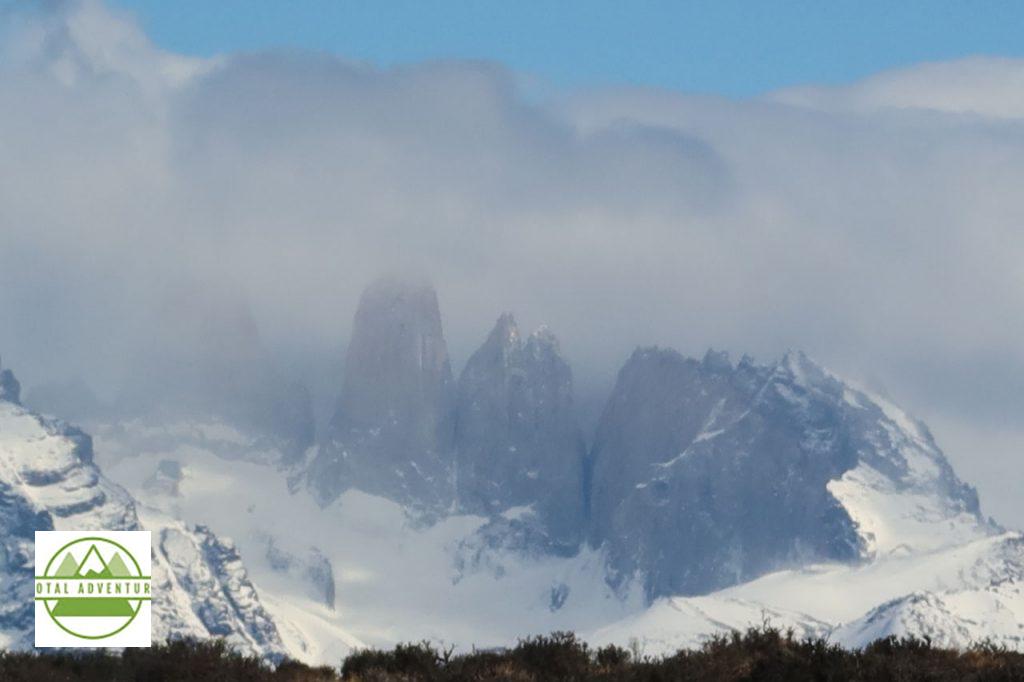
4 hours more on Sky Air bought us to Puerto Natales. Latitude 52 South . As we go off the plane it was snowing, with fresh snow on the ground and 0 C 32F. After a night relaxing and dining at Hotel Lago Grey , we we boarded a ferry to take us about 15 km to Grey Glacier at the other end of the lake.
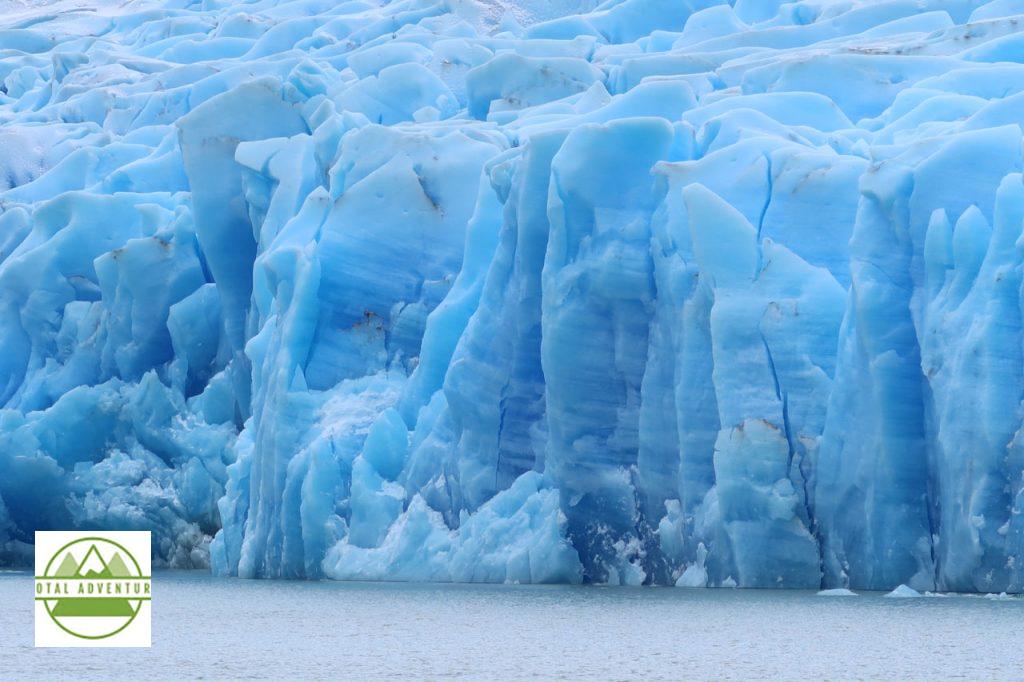
Grey Glacier is a tongue of the Patagonian Ice Sheet – the world’s third largest after nearby Antarctica and Greenland.
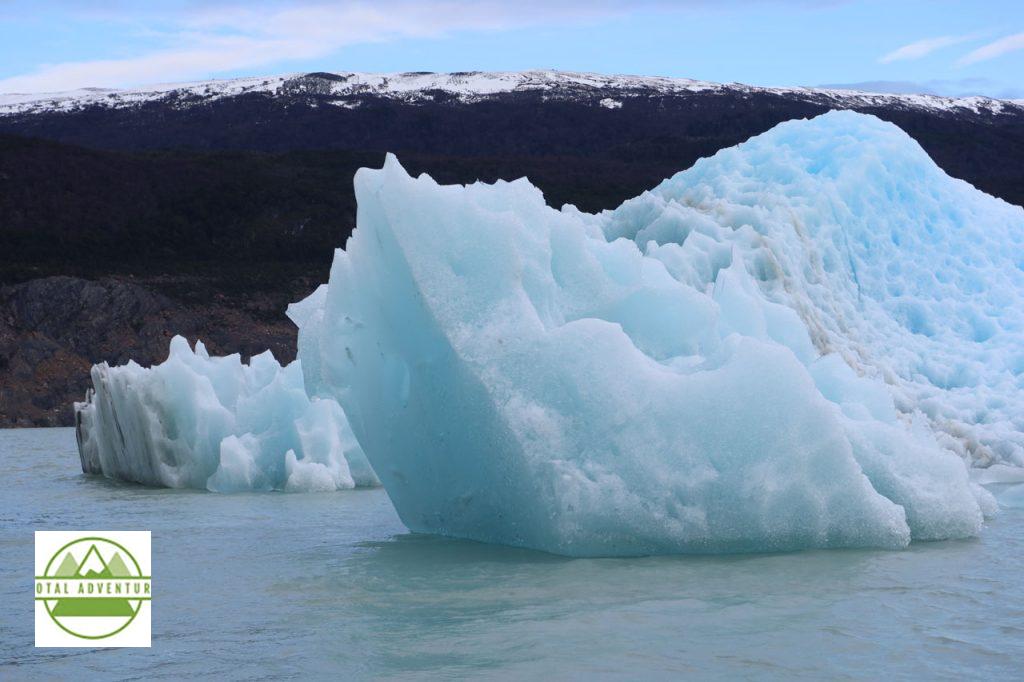
The lake it melts and calves into is a constant 2 C – a person will die in just a few minutes if they fall in – losing consciousness after 2 minutes.
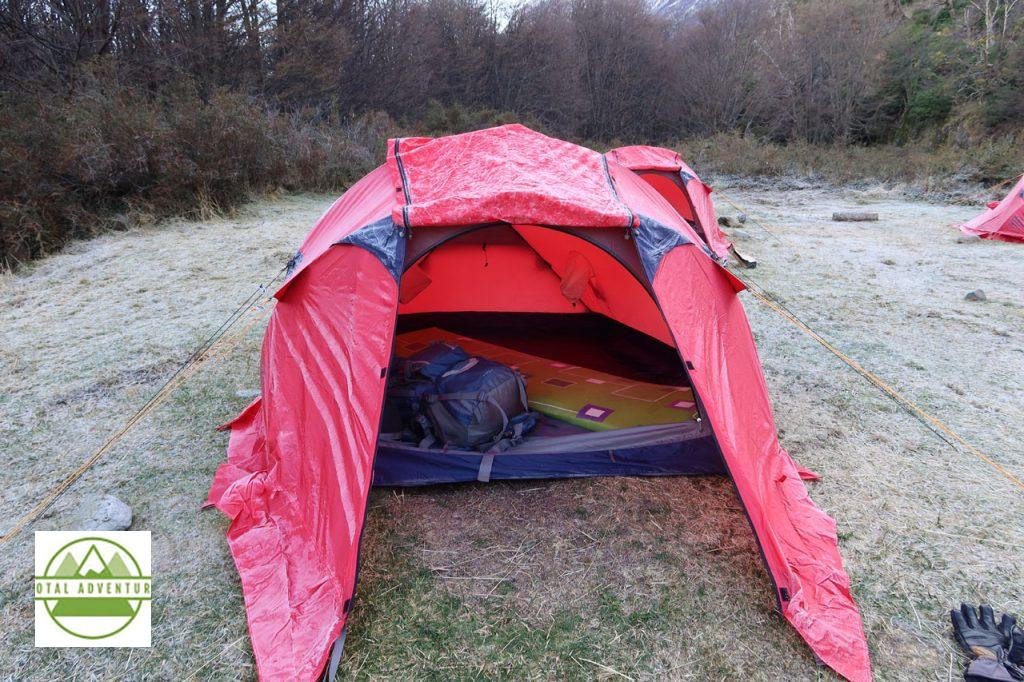
After we left the ferry ( see video) our Group dropped off our things at camp. The tents were already set up. It was super-cold – note the frost signifying subfreezing temperatures at mid day.
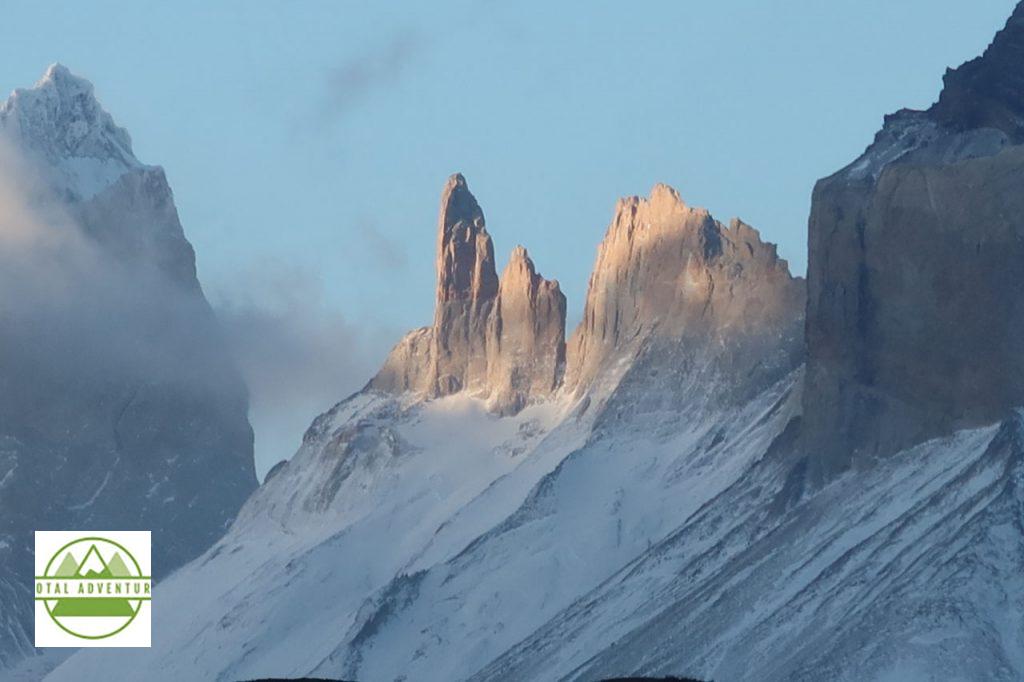
Above us and about 20 km distant, are the Torres del Paine. 9800 feet 3015m high, formed by magma ejecting upwards from under the Earth. Many think these mountains and rock formations are the end of the Andes. They are not ! This is the Paine Mountain Range, formed just 1 million years ago, not 64 million like the Andes.
A glacial tongue/
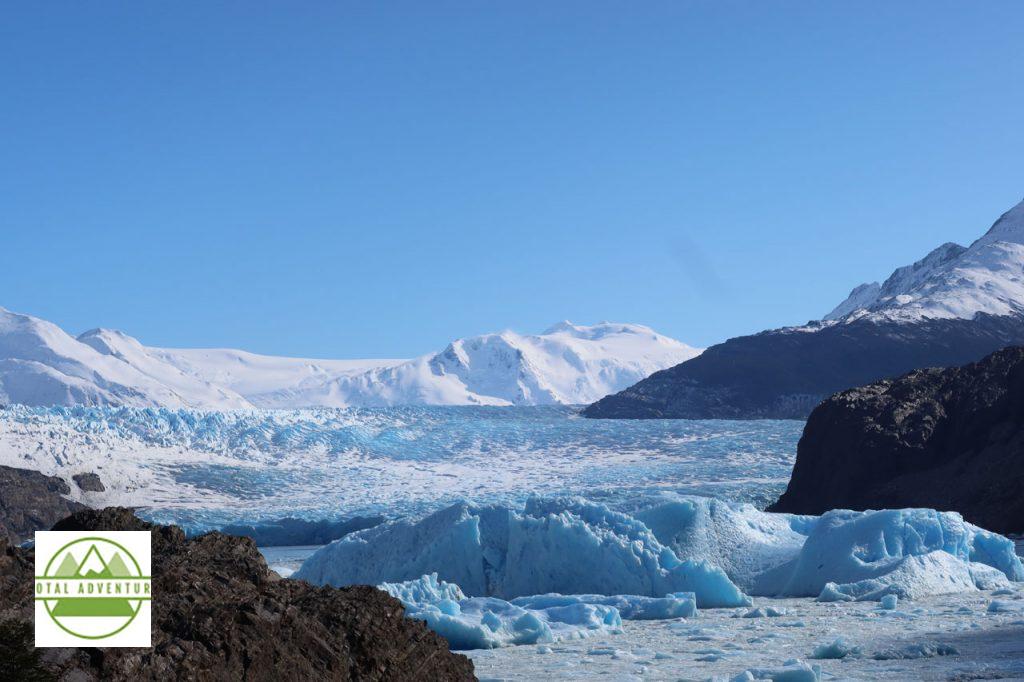
We ate our excellent lunch, packed by Hotel Lago Grey on top of a rock escarpment overlooking the glacier.
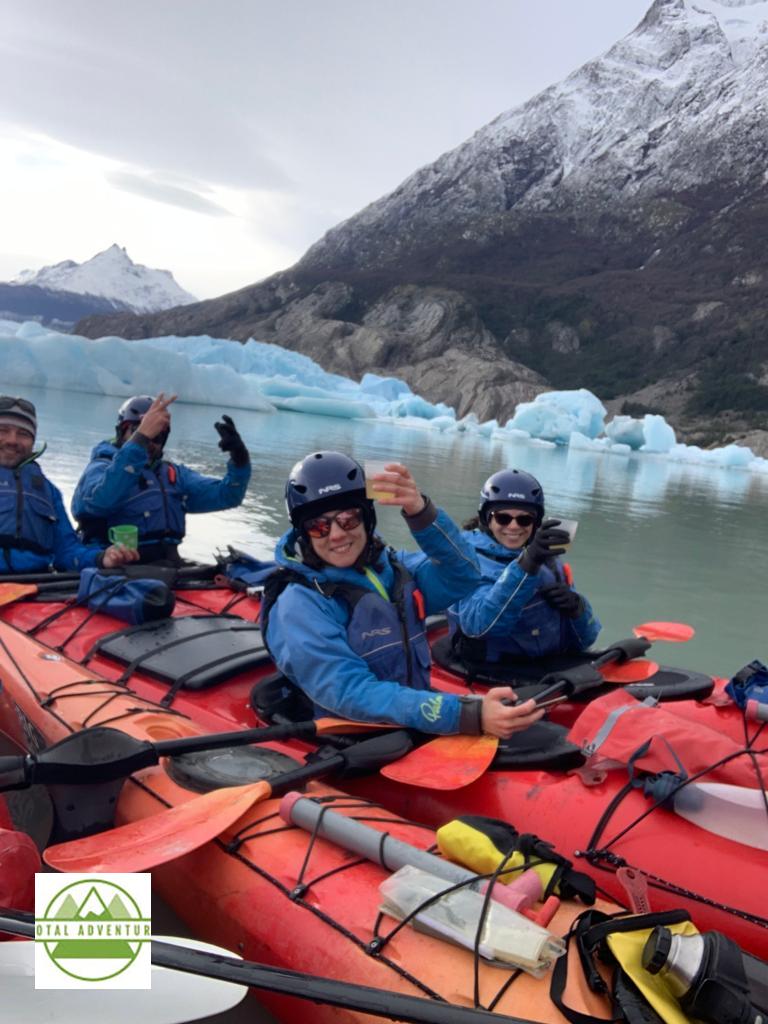
After lunch it was time to kayak. Everyone got suited up and went off exploring the icebergs. Big Foot Patagonia runs the excursions with all equipment. Credit:


We endured a very chilly night in the tents. Even with down sleeping bags it was cold. We had a hearty breakfast in the morning inside the camp shelter. The sun does not rise until almost 9 AM in September , so it was still like night.

Thursday, September 9th, began with a 5 hour trek across Glaciar Grey. Followed afterwards by a 12 km hike to the next camp.
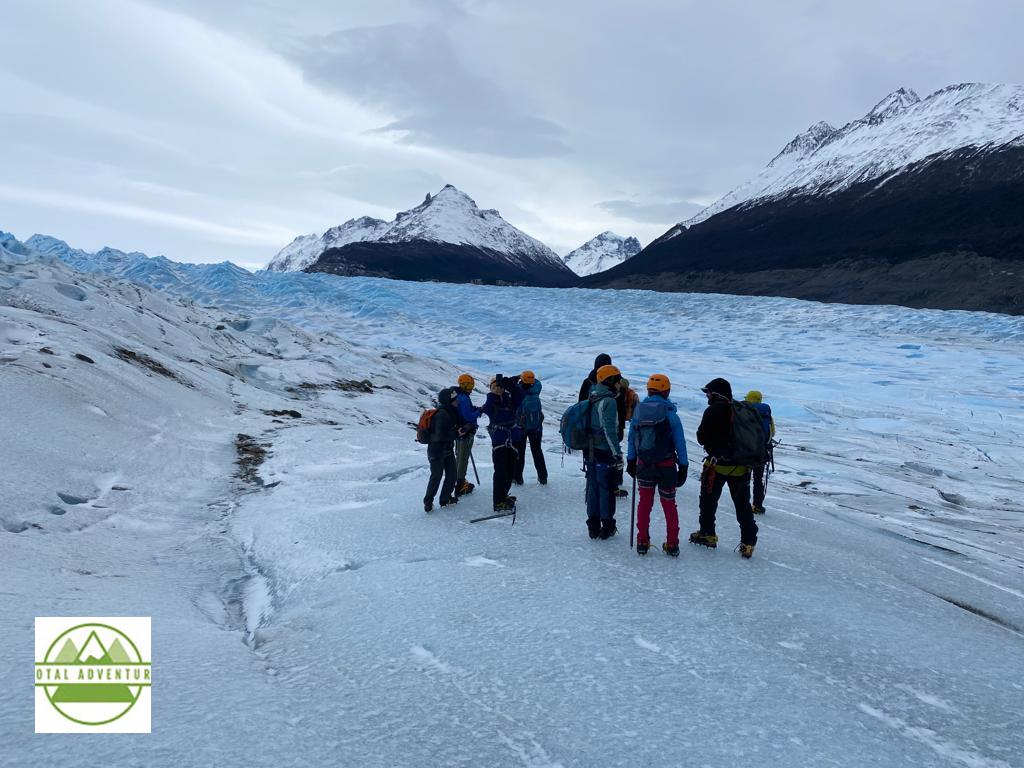
Under the guidance of Big Foot Patagonia. Credit:

It is a long rocky uphill hike just to get to the glacier. Credit :
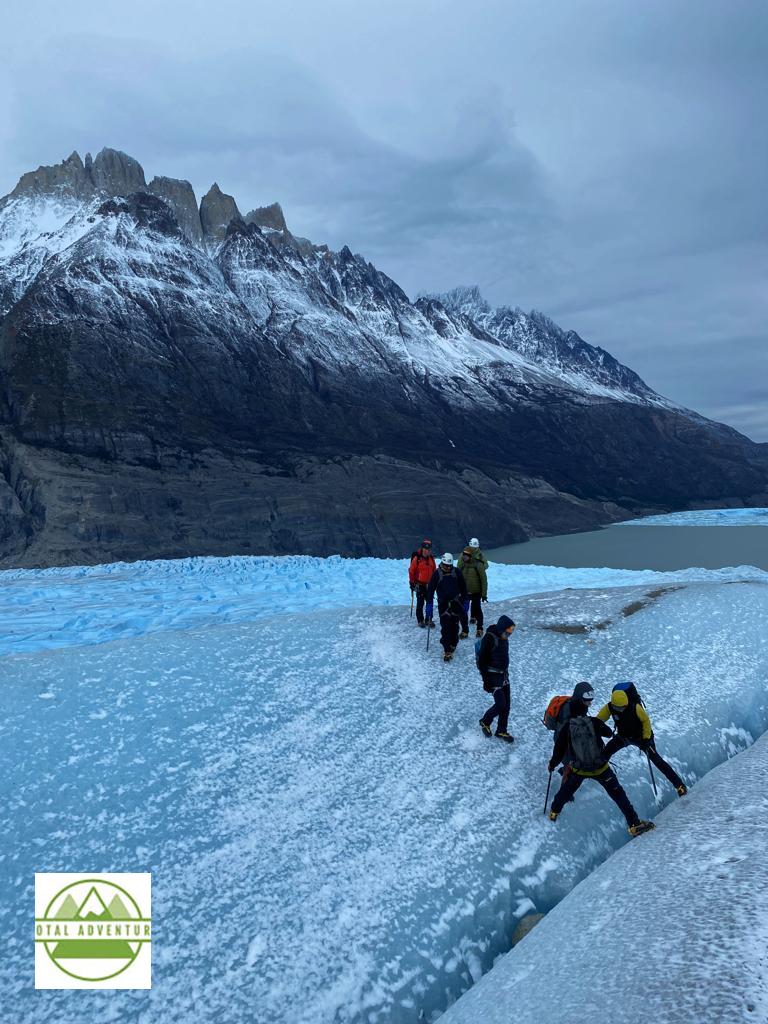
Across the crevasse . Credit :
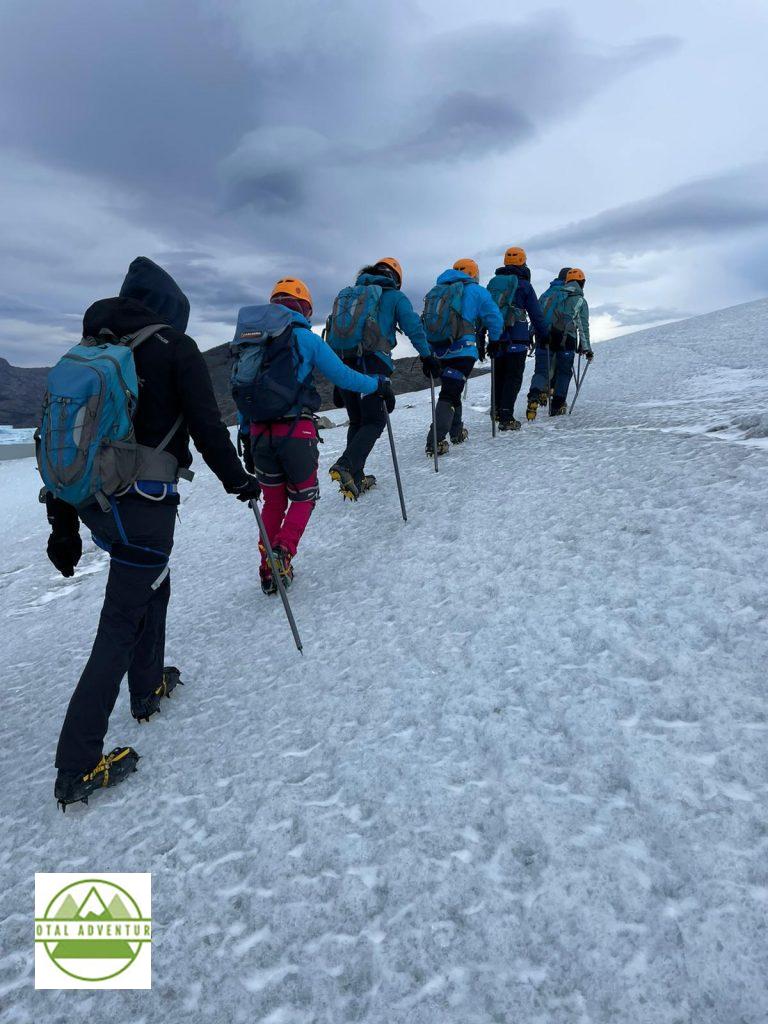
After getting off the ice, it was time to hike to the next camp. The group did not arrive till evening and then it was off to sleep.

The third day was truly magnificent. The skies were mostly clear, with warmer temperatures.
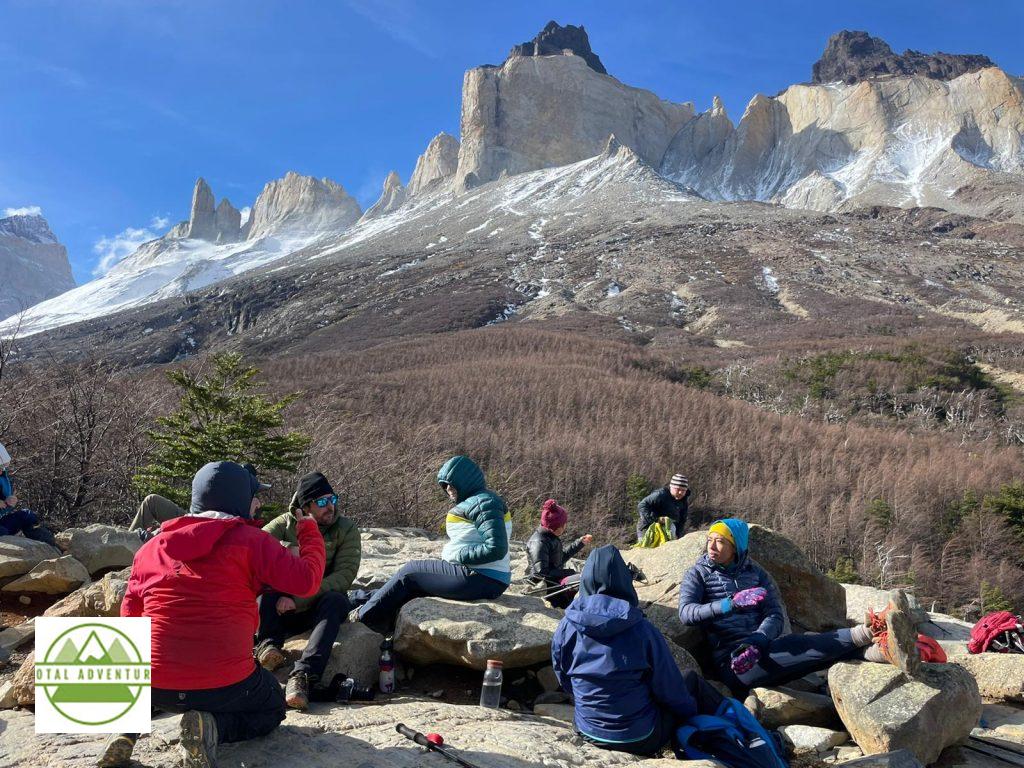
At The Foot Of Cuernos del Paine. Credit :

Onwards & Upwards ! Credit :
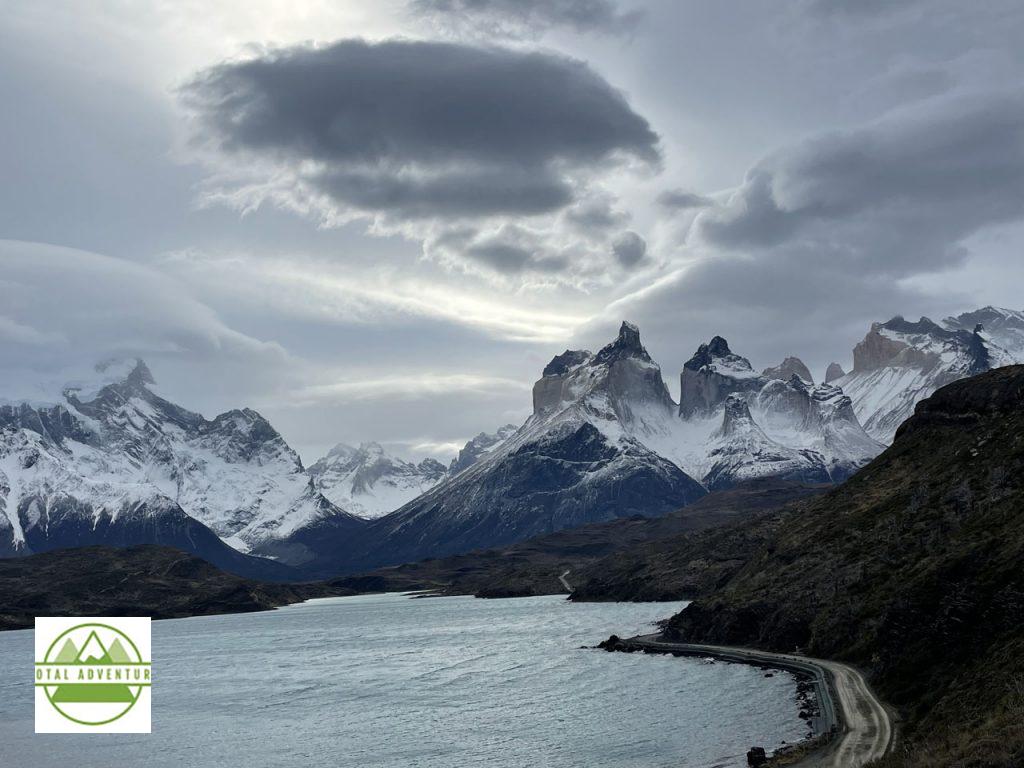
Los Torres From Lago Pehoe.

Los Torres From The Lookout Point, after an 18 km hike.

Imagine Skiing Through The Chute – could be done with a hang glider for the cliff down below. The tallest of the Cuernos del Paine was only recently climbed for the first time ever. The rock is soft and chalky – making it very dangerous to hammer in pitons.

Te final day led to a luxurious hotel – welcome after camping out.
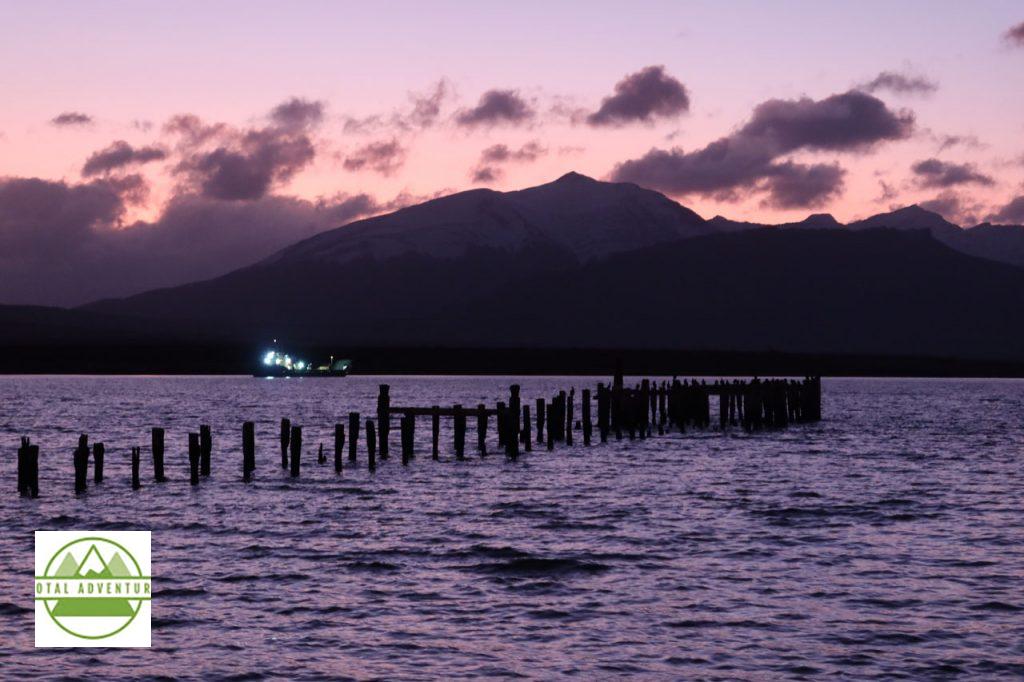
Sunset In Puerto Natales. There For A Night Before Exploring The Fjords.

In the spring of 2022, I drove from Portland, Oregon to Miami, Florida in a total of four days. It was some of the fastest cross-country driving I had ever done, but still a good dive into so many of the American states I had never seen before. Arriving in Portland a couple days prior to my drive, I had extra time to spend in the city. I was able to catch a glimpse of the city’s inviting clubs, parks, and restaurants with my family, including Mount Tabor park, a brilliant hilly park around a reservoir, and the waterfront park and the Willamette river. Overall I had a restful time in the city after a somewhat exhausting flight. With the influx of people arriving in Portland, this place has become an important terminal in the restaurant world. There is all variety of fusion of ubiquitous foods into new forms, and plenty of local produce, brewing, and fishing. A lot of IPAs are sold around here, but there are also stouts and other dark beers. On my last day in Portland, we stopped by Luc Lac, a counter-based Vietnamese restaurant, where we got some excellent banh mi sandwiches for the road.
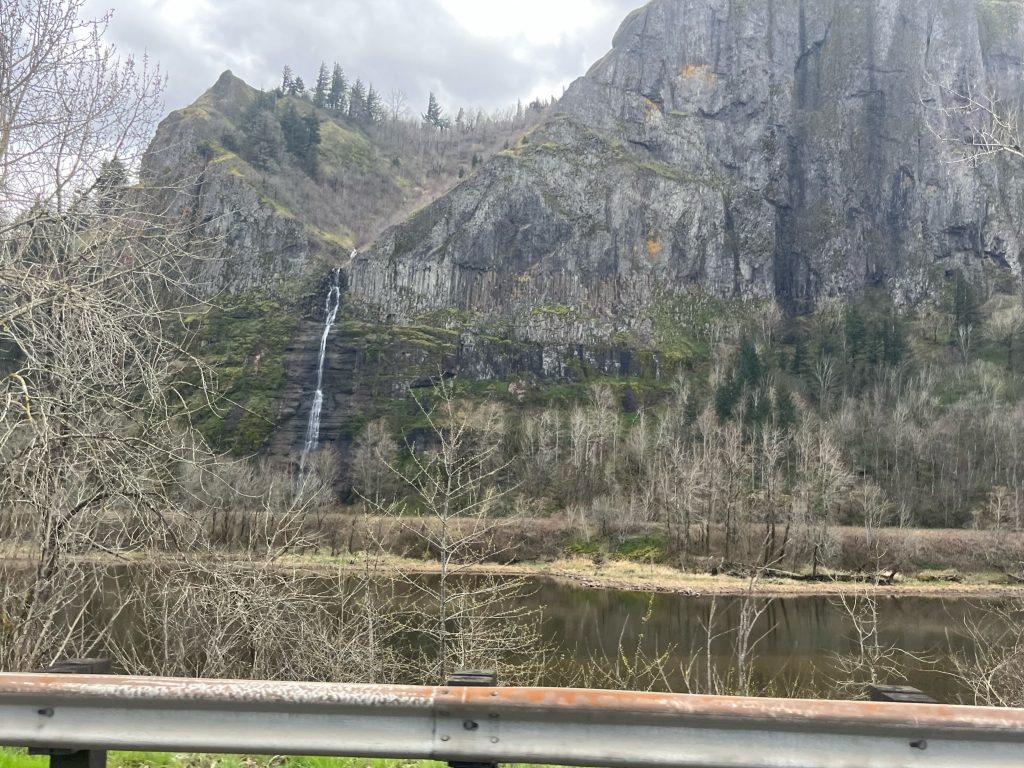
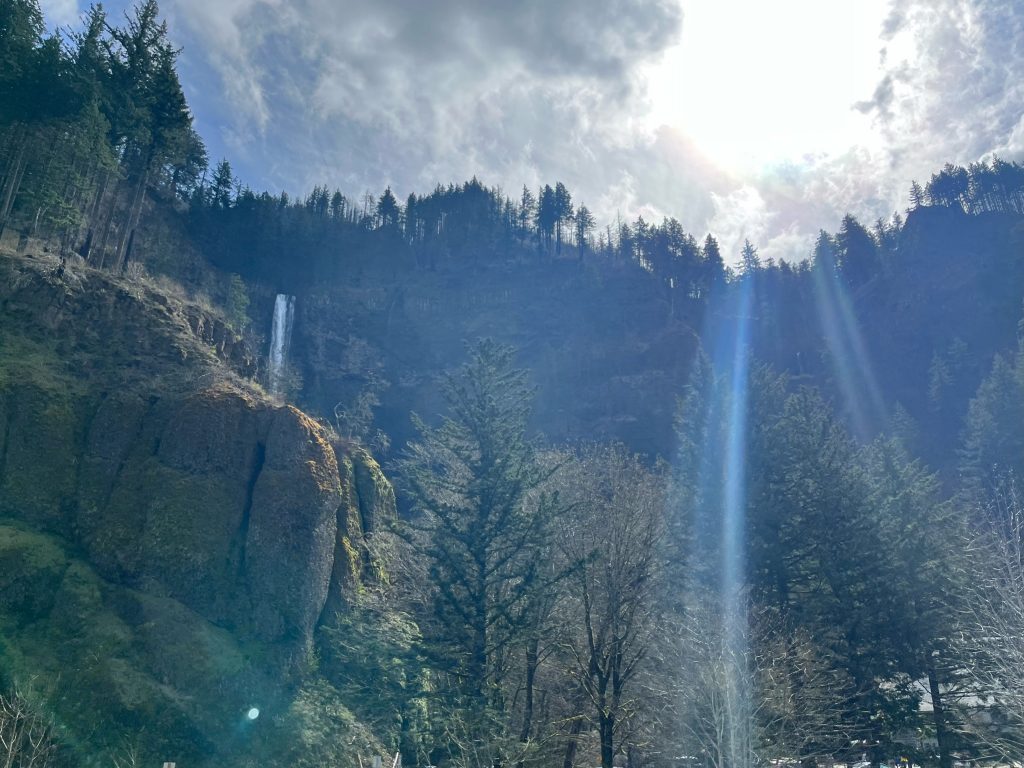
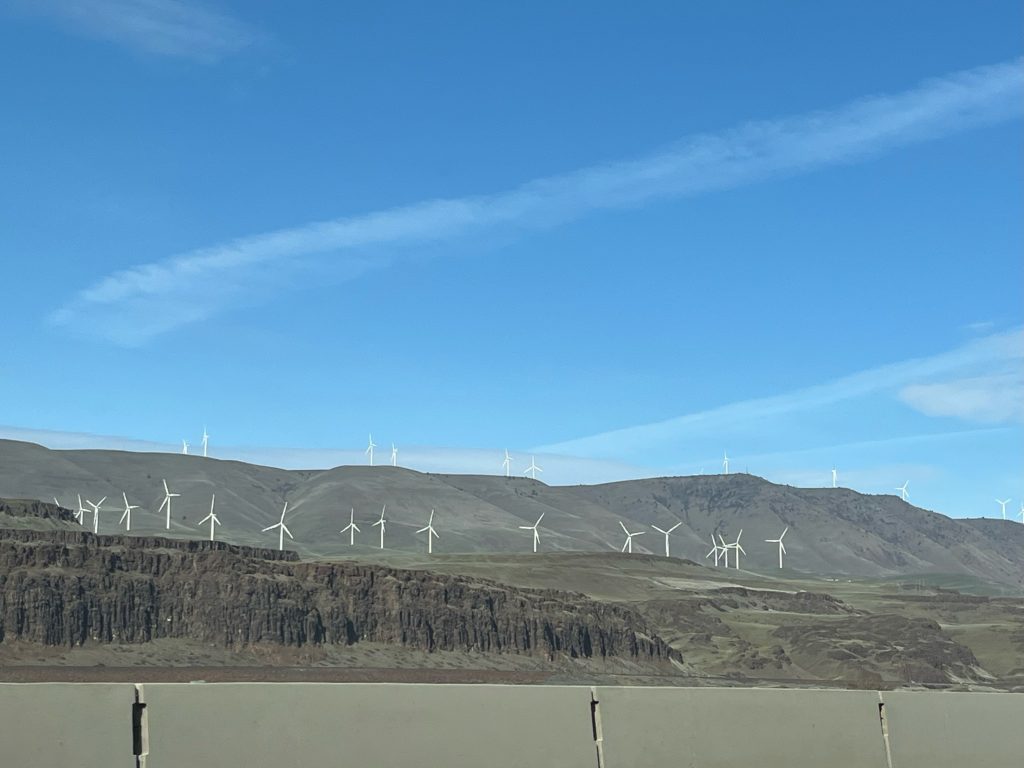
We drove up the Columbia river valley for hours and for hundreds of miles, first leaving the pastures of the Willamette valley with its many farms, flowers, and woods before entering sharper cliffs and valleys, ascending up steep hills.

After some time, we began to enter the inner, arid regions of Oregon, still driving along the Columbia river but reaching heights where they had wind turbines built for renewable power. At this point, there was little vegetation in terms of trees, but we had passed some swamps and reservoirs that supported the river’s water supply. We entered the state of Idaho some time in the early evening. Gas prices were markedly good, and we were on the rim the majestic High Desert area, a dry, undeveloped stretch of land along the southwestern rim of Idaho. Eventually arriving in Twin Falls, Idaho, I saw the Snake River, the largest tributary of the Columbia. It was in a massive gorge going right down from the town, with a beautiful park area below the bridge.
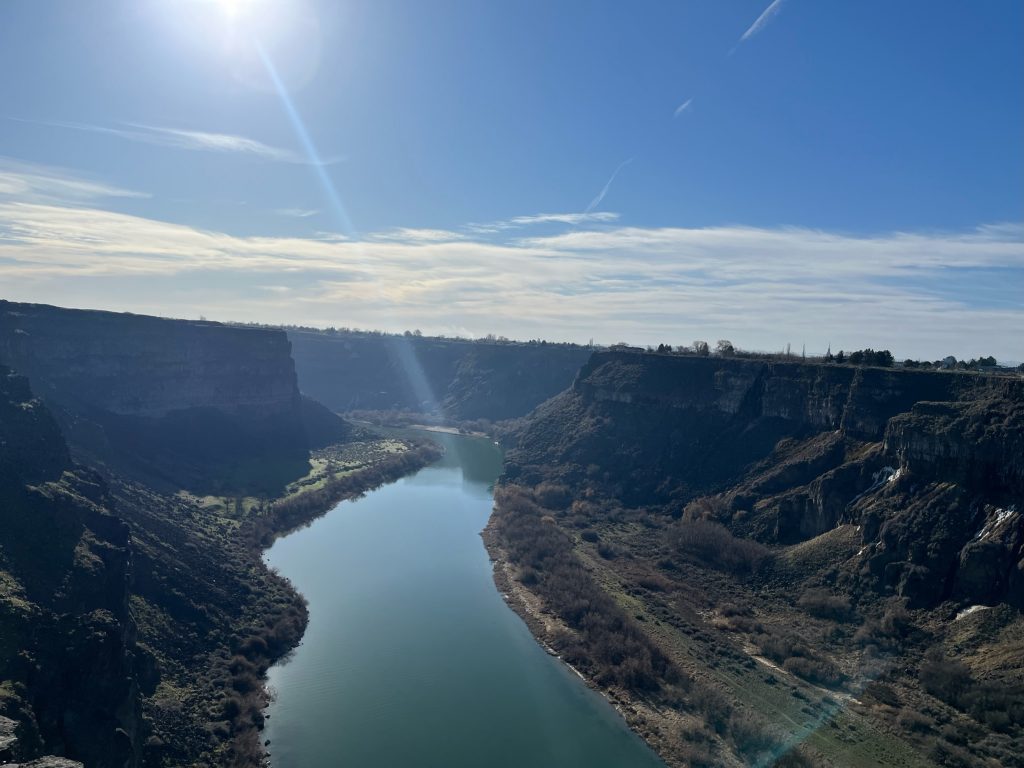

In the midsummer of 2016 I was in southwestern Turkey, staying in the sunny resort town of Bodrum with a friend. Going early in the morning, I was able to travel from Bodrum to the Selcuk area with unremarkable traffic, where I was able to promptly begin my sightseeing. After stopping at a cafe, we arrived at the ruins of Efes, once a lively port city called Ephesus, and center of trade and cultural exchange in a sparser corner of the Aegean. In its hay-day, it was among the larger cities in Anatolia, with cults from around the Aegean, a port at a sharp corner of the sea where its docks must have given sailors from Iberia to Egypt a sigh of relief, and several theaters and homes of the elite from across the empire. It was contemporary with Sardis and several other cities that grew to prominence in the Roman era, and with a history that firmly treads into the fog of prehistory with potential Hittite origins as Apasa. The region’s drying up was its demise as a social and economic center, but also allowed for the city to be preserved better than many others, and it’s one of the most substantial Roman ruins of the world today.
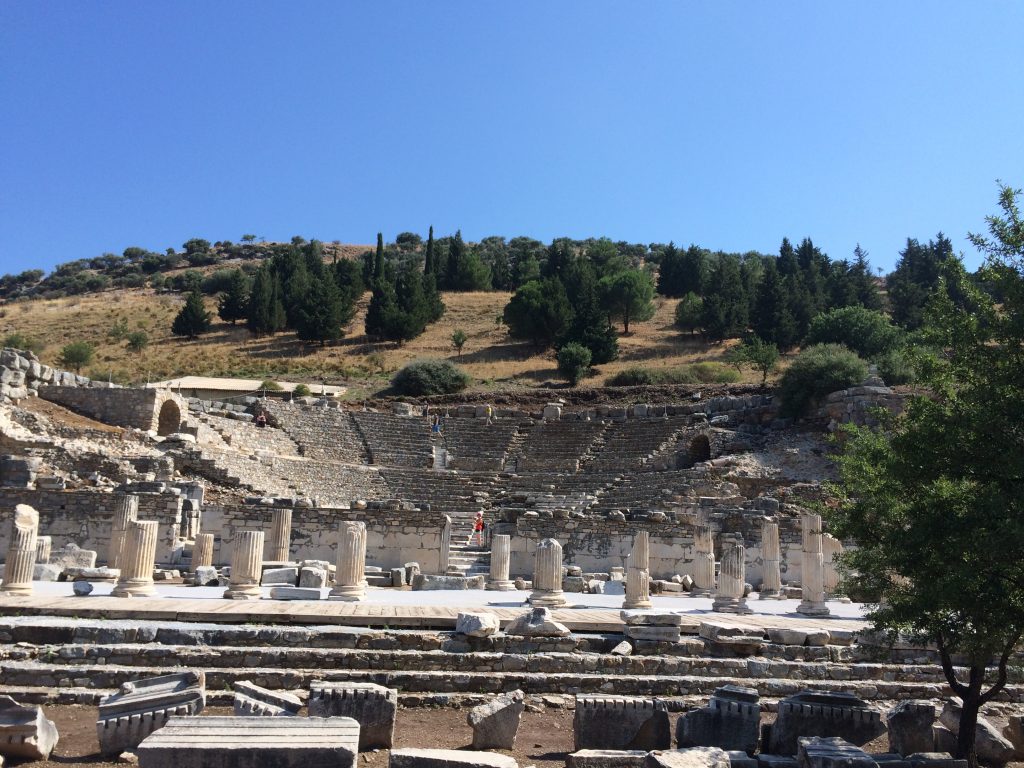
The ruin is surrounded by many broad, sun parched hills, dotted with forest and shrubland, and streams descending into valleys, which once carried the silt that sealed Ephesus’ fate in becoming enveloped in the arid plain that now fills the old harbor area. One of the first activities you will notice is the processes of the archaeological survey and restoration of the ruins. These surveyors are hard at work, unearthing the ruins, protecting the most fragile of the ruins, and restoring the impossible puzzles of time’s weight on the world. As is the case with the terrace homes of Ephesus, the homes of the elite in the city. These are some of the best-kept Roman domi, houses used by wealthier freemen and aristocracy. These houses’ defining features are that they are multi-roomed, built around an atrium, decorated with mosaic and painting, and that they will have more amenities than the insulae most people lived in. Some of these buildings would also have central heating from a cell called a hypocaust, an underground room of stoves to heat either homes or baths. The hypocausts would sometimes be connected with other buildings via clay piping, which can be observed running through the ground as piping still does today.I began to notice the massive cat population of the ruin today, as I saw some toms in a spat. As I pass these cats, I think of the long-standing cat-friendly culture of Turkey today and always. The ticket office and gift store people took care of the cats and regularly left water and a bit of food brought in from town.
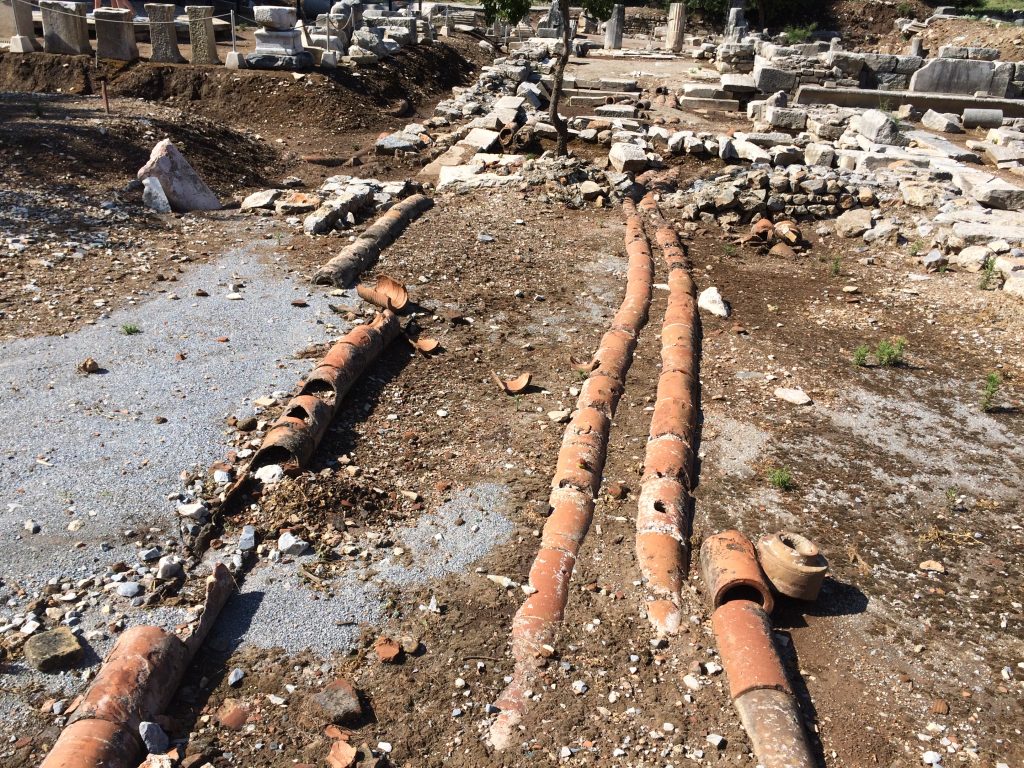
As one moves down the main avenue, one will be able to observe the centers of commerce, culture, and the everyday social environment of Ephesus. Along this way, I passed the first theatre, presumably one built later in the city’s life, or a theatre restored earlier in the process, as it was in more pristine condition than the one in the larger forum, near the former harbor and the church. The seats were very smooth and austere, just large enough to serve as benches, and they resembled a grand series of stairs more than they did the bleachers of our age of aluminum and plastic. In the city’s life, this stage served for more than just drama and comedy, but was also a general oratory center for any aspect of life that allowed people to seek public concensus, an organ, perhaps somewhat vestigial, from the republican and democratic periods of the Graeco-Roman world. I passed by the Library of Celsus, a classically designed building in the Corinthian style with magestic statues of Virtue, Wisdom, and Knowledge, personified in the angelic style of the time. These abstracts would later be sanctified by the Christians as well, and yet again personified as saints, so, if you were seeing some Roman Christian sites elsewhere in your journey where you have seen iconography of Saint Sophia, chances are there will be some recurrence in motifs, and it will immerse you in a feeling of deja vu and slight familiarity within those ancient buildings.
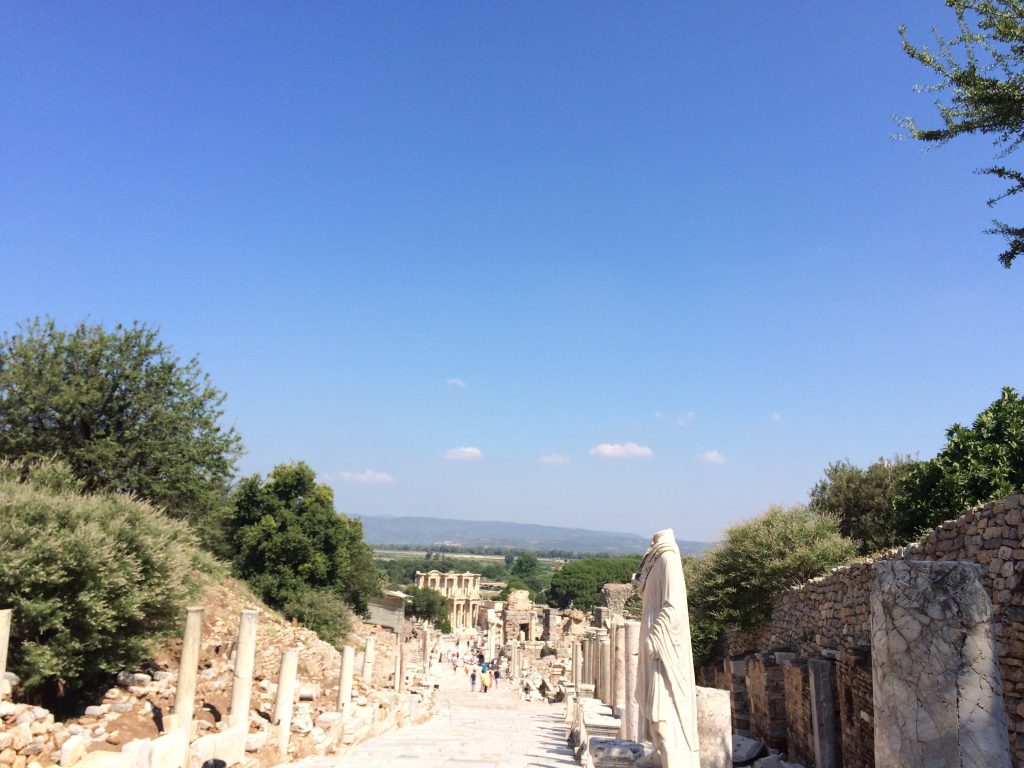
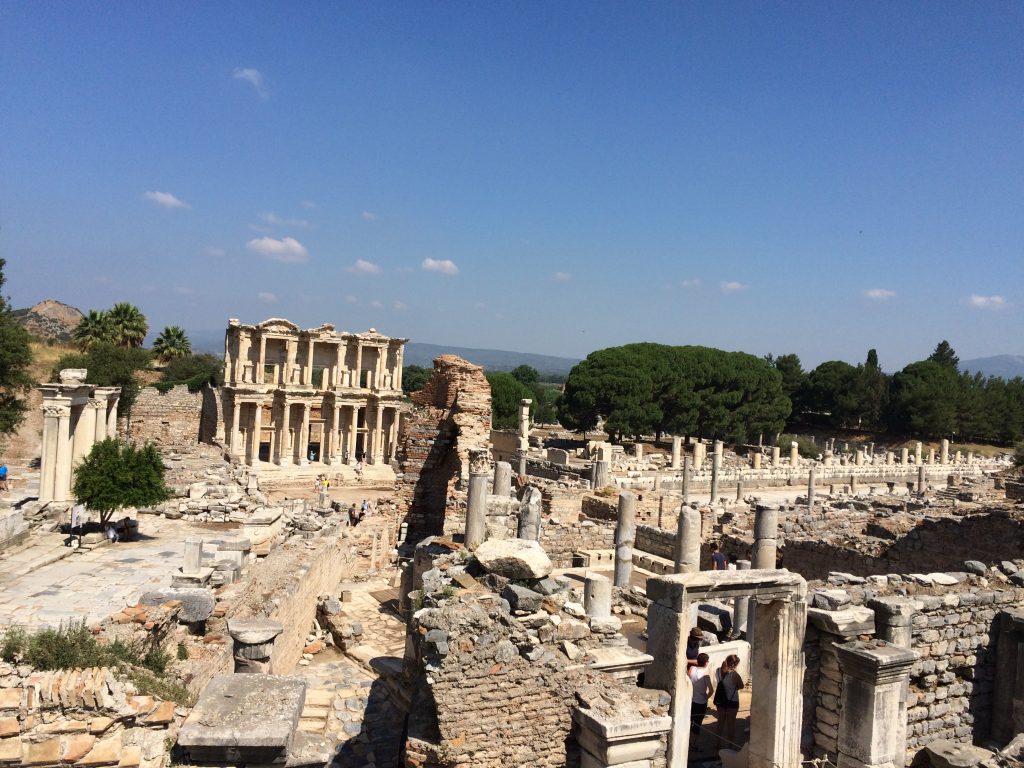
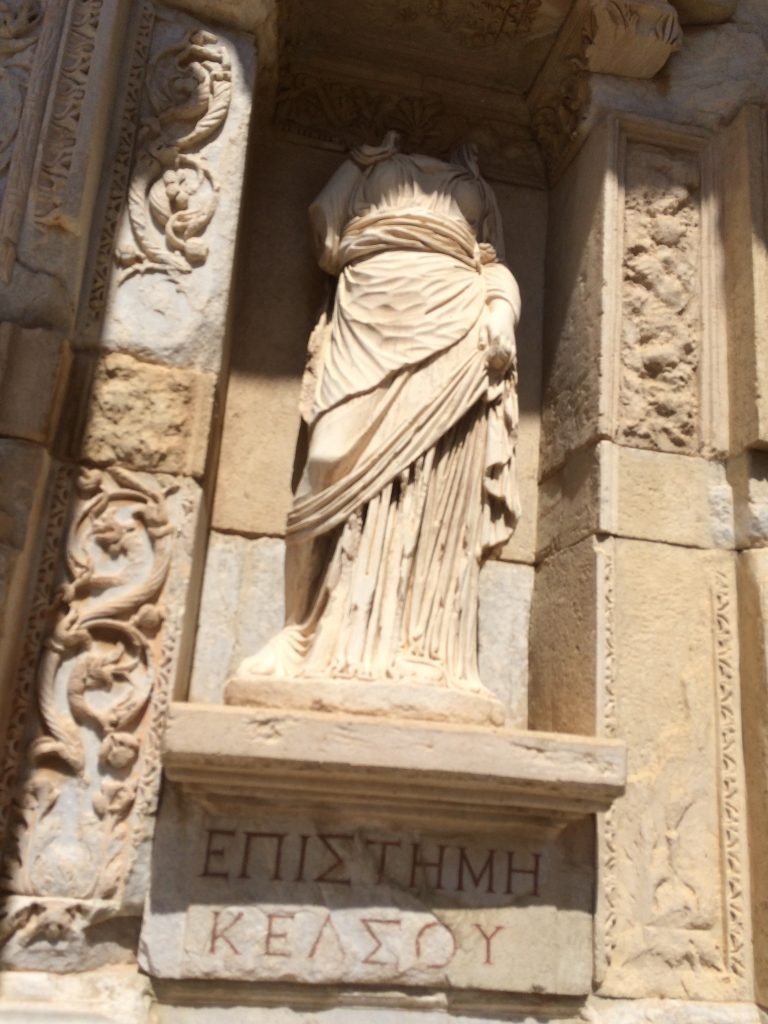
Later down this avenue, I passed through the bathhouse, a center of another foundational aspect of classical living lost for a time, hygiene. The actual basin of the bath had at this point become partially filled with rubble, partially broken open, but one could make out where there had been latrines, hypocausts, and one could almost make out the cooking stalls in the buildings surrounding this bathhouse. It is very easy to become immersed in the spirit of the place, and to remember how people once lived here with abundance in an age we imagine as being a time of incredible scarcity. One can see how they became comfortable, but as you pass into the overgrown forum and the bone-dry harbor, now filled with silt, sand and dust, where once the sea connected Ephesus to the rest of the Roman country, one can also understand that life demands adaptation.
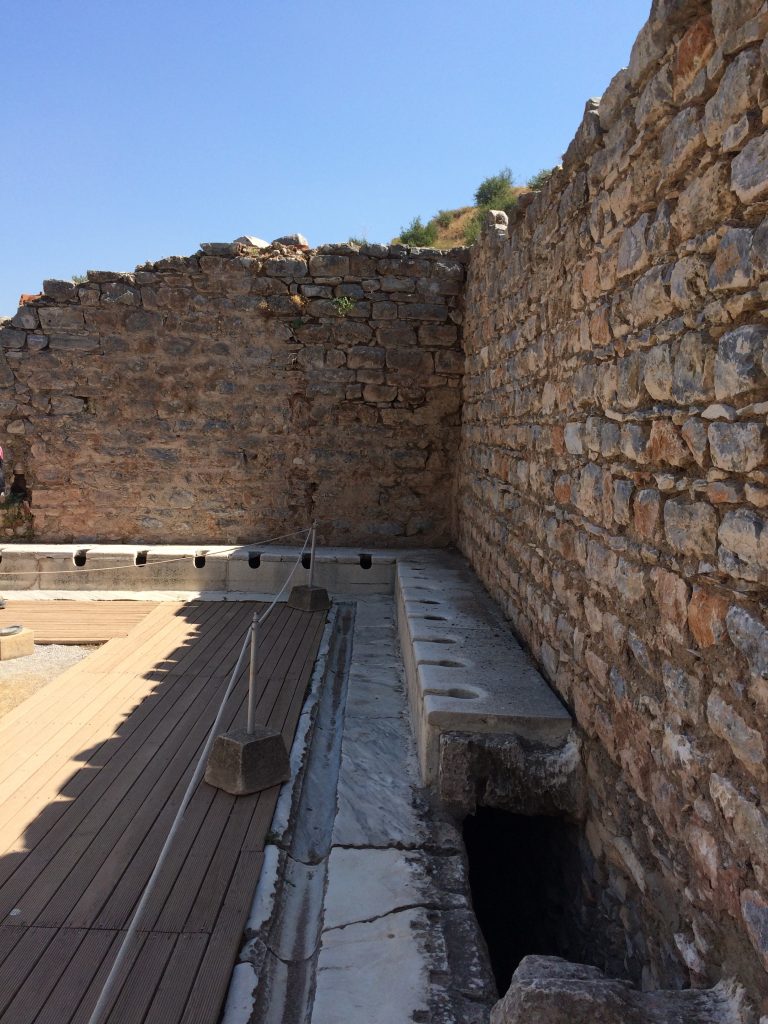
The forum was a wide field of grass crossed with cobblestones and marble, lined with now buried shops and insulae, with a larger theatre, wide, tree-lined roads for parades and for moving the merchandise from the harbor to the markets and forums. The larger theatre must have been double the width and height of the theatre in the hillier end of town, and with much more work to be done for its restoration. In the marketside of this part of town, I saw tablets in koine Greek which must have contained familial and mercantile record, as advertising in this time was primarily image-based through painting and mosaic to accomodate for illiterate shoppers. I saw amphorae, cups, and jars, which, in another time, contained wines, fish sauces, dyes, and oils from Italy, Lebanon, the Pontus, Greece, and all over. Finally, I saw the Church of Saint Mary, built partially from the cult shrine of Artemis, which I unfortunately missed during my time in Ephesus. Here, a council in 431 AD confirmed Mary as the mother of Jesus in the written doctrine of nearly every existent Christian sect today. From the modern baptismal font placed there by the Catholic church, to the ancient mosaic nave of Roman cobblestone, its magesty is timeless. One can also determine the long and cruciform, though wide and bulky architecture of this Roman church, built before the distinction of Christians on national cultural boundaries, would have been a mark of novelty and familiarity for Christians anywhere in Rome arriving in such a classical city, with noticeable pagan and pre-Constantinian elements.
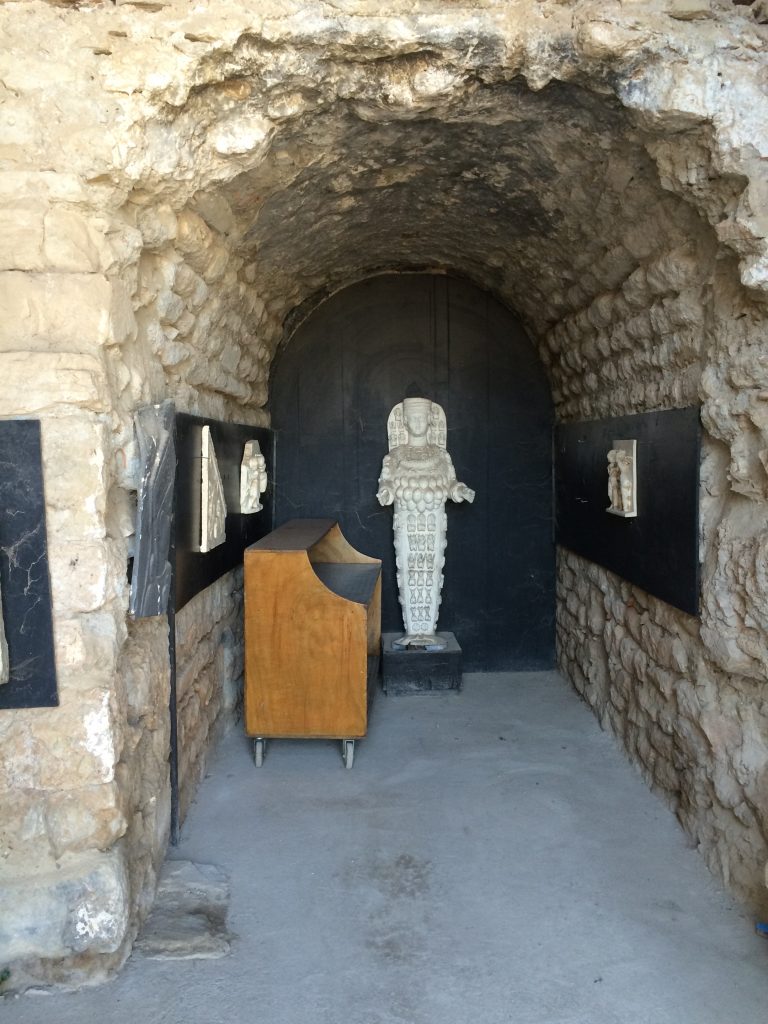

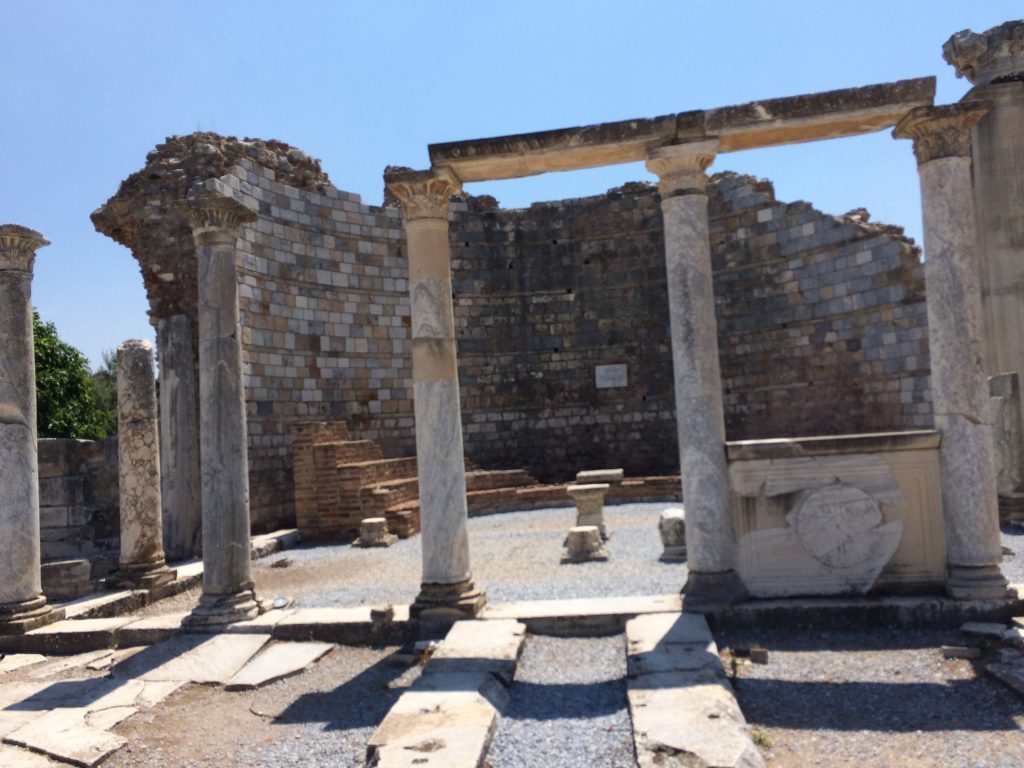
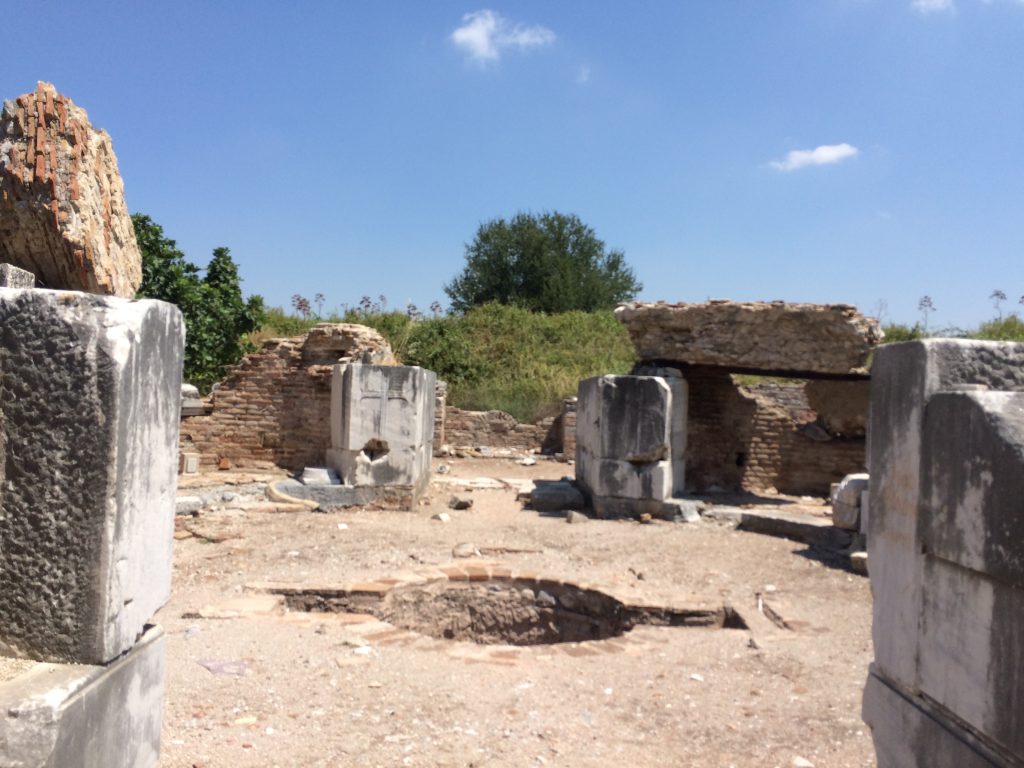


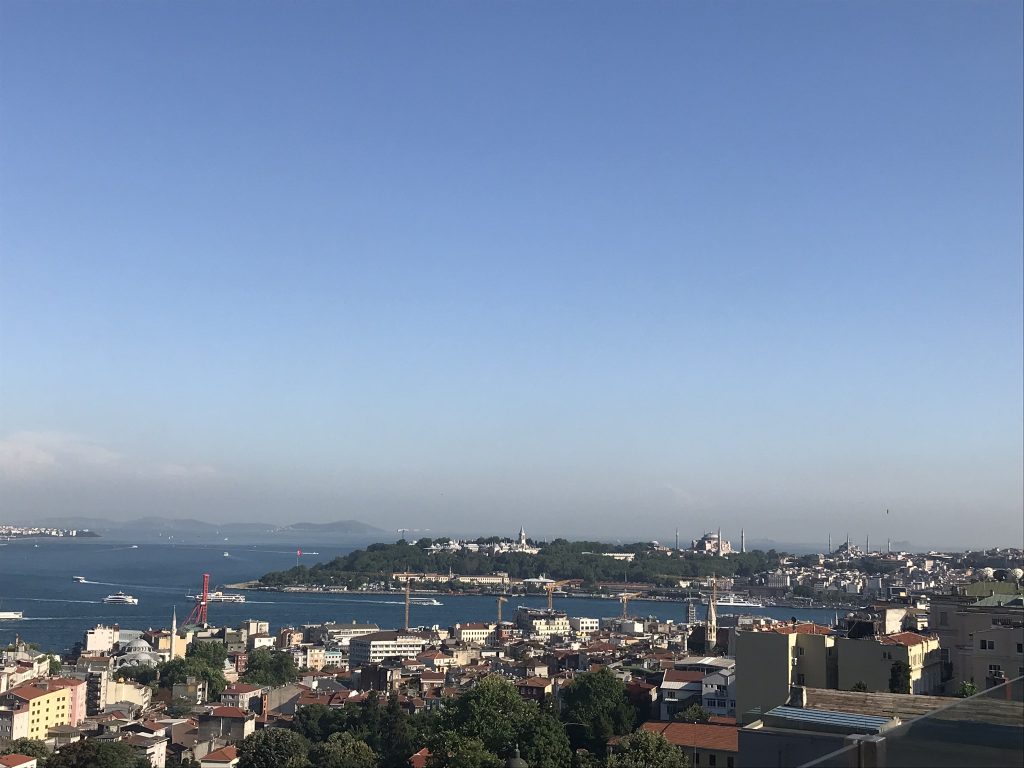
For the world-class and noble city of Istanbul, there is little I can write of it that has not already been written. It has attracted travelers, whether to see the sites, make religious pilgrimage, or work and live in a city that offers the bounty of the whole world. In the summer months, it is warm and temperate, kept cool by the Bosporus, though the city can become smoky and smoggy in its worst weather conditions. The streets are winding and lively, with much of Fatih preserving buildings from the middle ages to the late Ottoman and early republican periods, and much of the waterfront used for pedestrian space, markets, parks, marinas, mosques, universities and all manner of clubs, hotels, and apartments. My own preference for street food would be any of the many cheap and accessible doner stands one will find throughout the shopping areas.
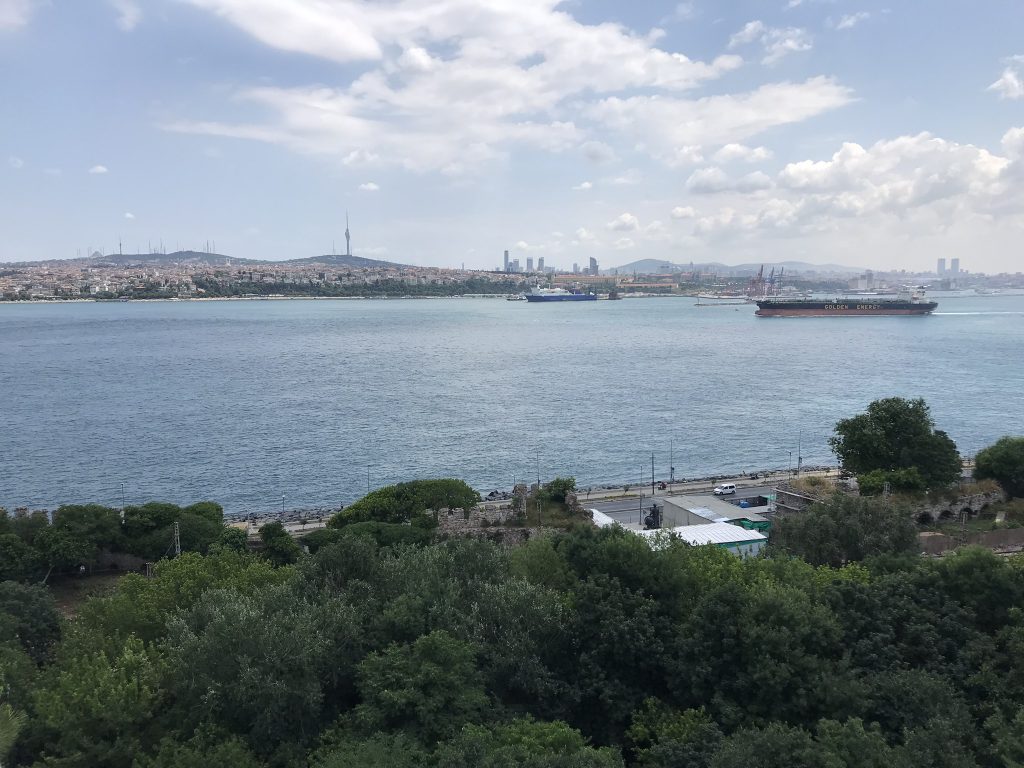
Much of the popular sights are centered around Fatih, which is bound by the old city walls dating from the time of Roman emperor Constantine. The walls and even the odd aqueduct remain standing, a peculiarity and a historic site that will impress any who visit the city. To call these sites ruins is inaccurate, as the modern constructions are seamlessly built along the sides of these old avenues, or the old buildings are simply renovated, with some of them maintaining the same functions as when they were built.
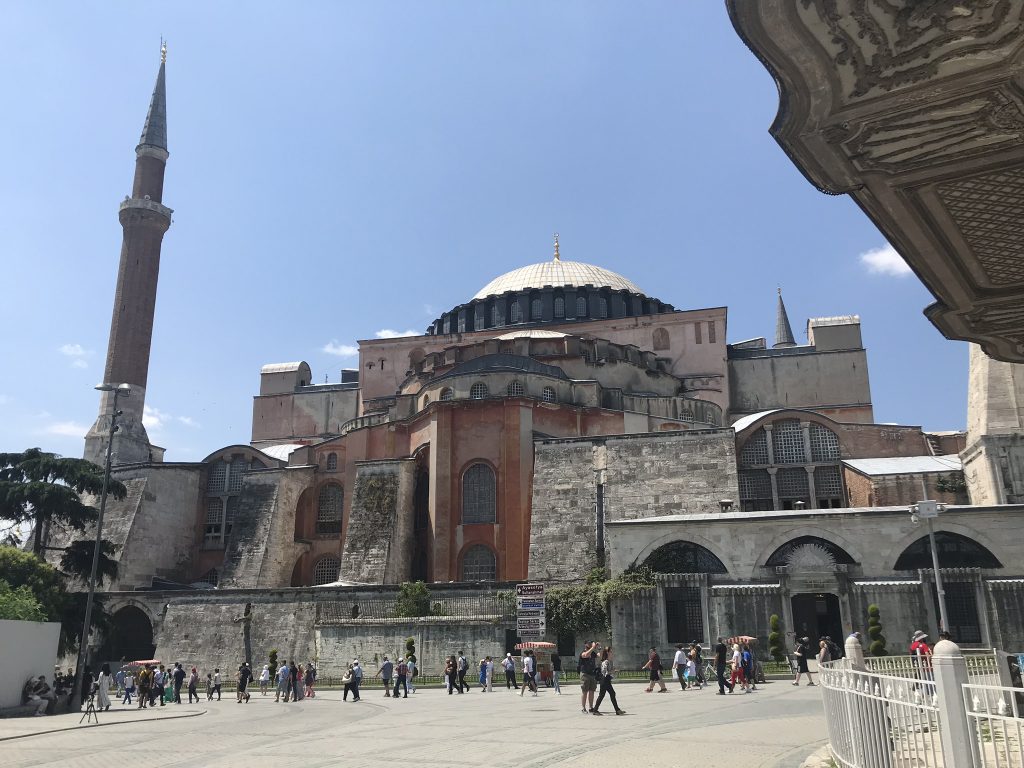
As with many old towns, a major charm to Fatih is its walkability. From the bazaar, you will be able to cover the breadth of it out to Galata and Besiktas within a day if you pace yourself with each site. The historic Golden Horn is picturesque and lined with party boats, ferries, and all sorts of commercial and private vessels, and it would be worth it for one to book a ticket on a tour boat of the Bosporus, if not to see the full Istanbul skyline from a central point and to see the span of the waterfront, the palaces, and the fortifications that line the strait.
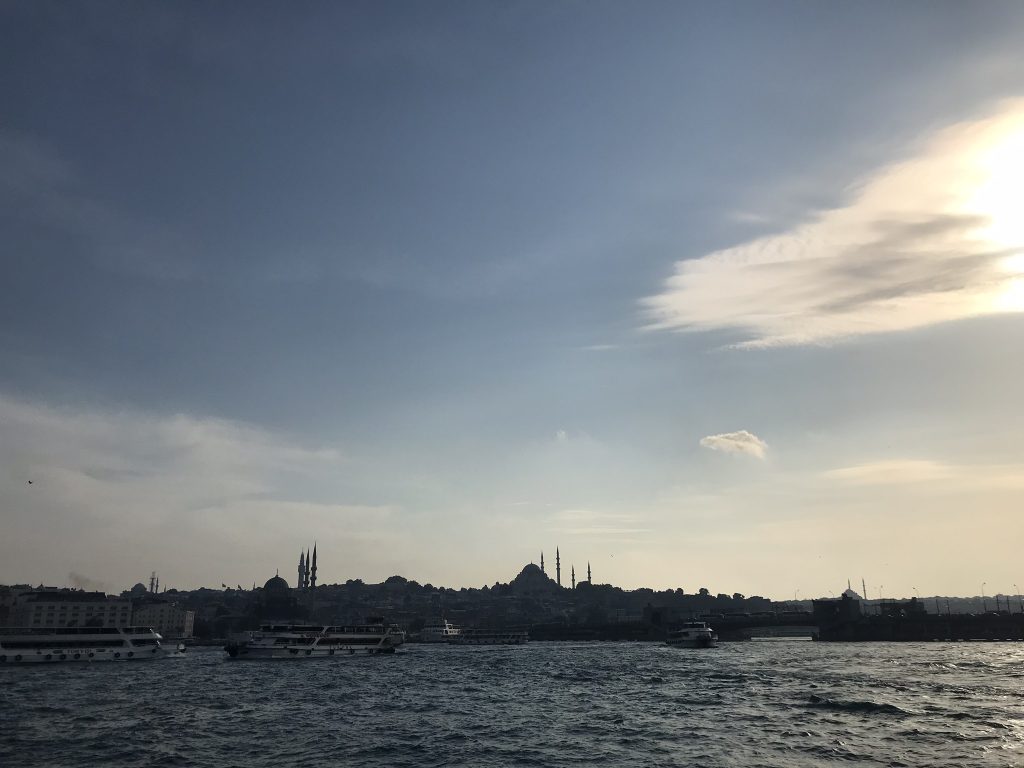
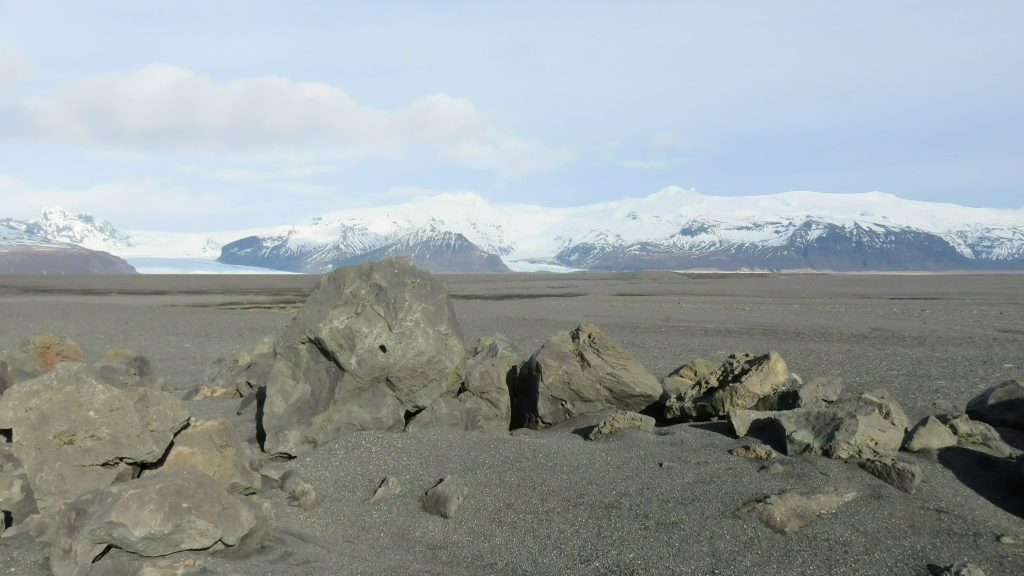
In the south of Iceland, lies a vast portion of the land’s glacier and mountain systems. In many parts, there are sections of tundra and hill country from the west before the one road takes you into a serene, though somewhat drab environment of ash and gravel lowlands. The area immediately surrounding the mountains is newly exposed from receding glaciers, and the flora and fauna there are never set to grow long before debris flows from the volcanoes reset the landscape every so often. Take time to enjoy the otherworldly landscape of this barren expanse, and as you rest by the scrap memorial of the Skeiðará bridge, bent and torn apart by a flood caused by subglacial volcanic eruption, reflect on the relentlessness of nature in the face of created obstacles.
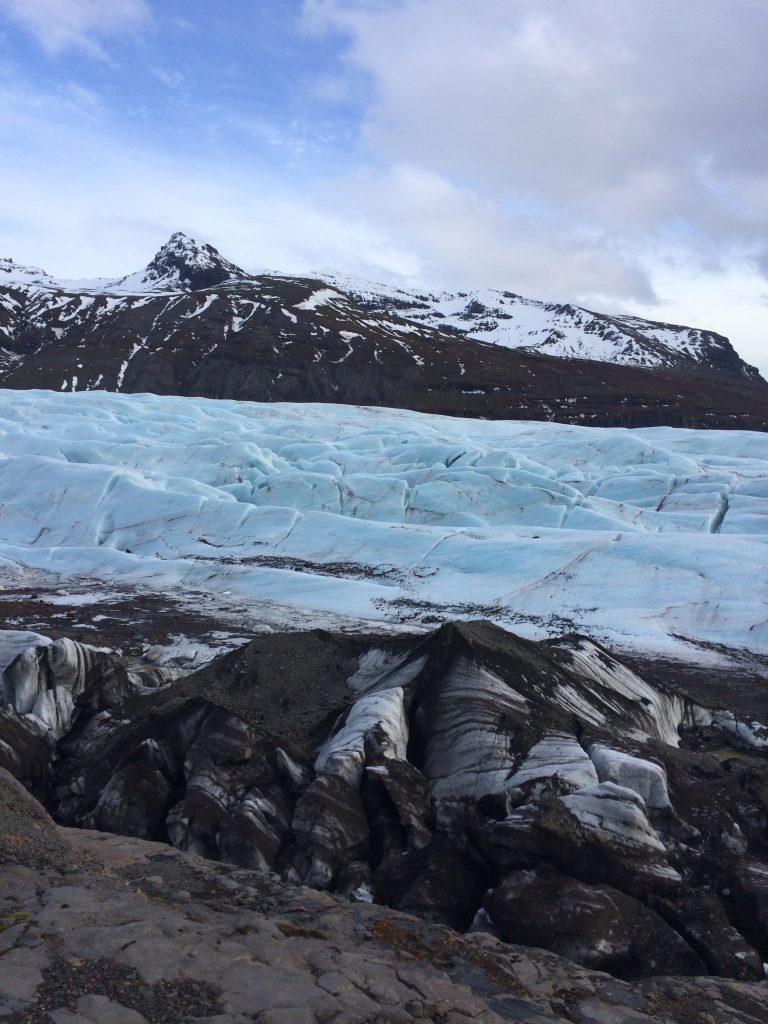
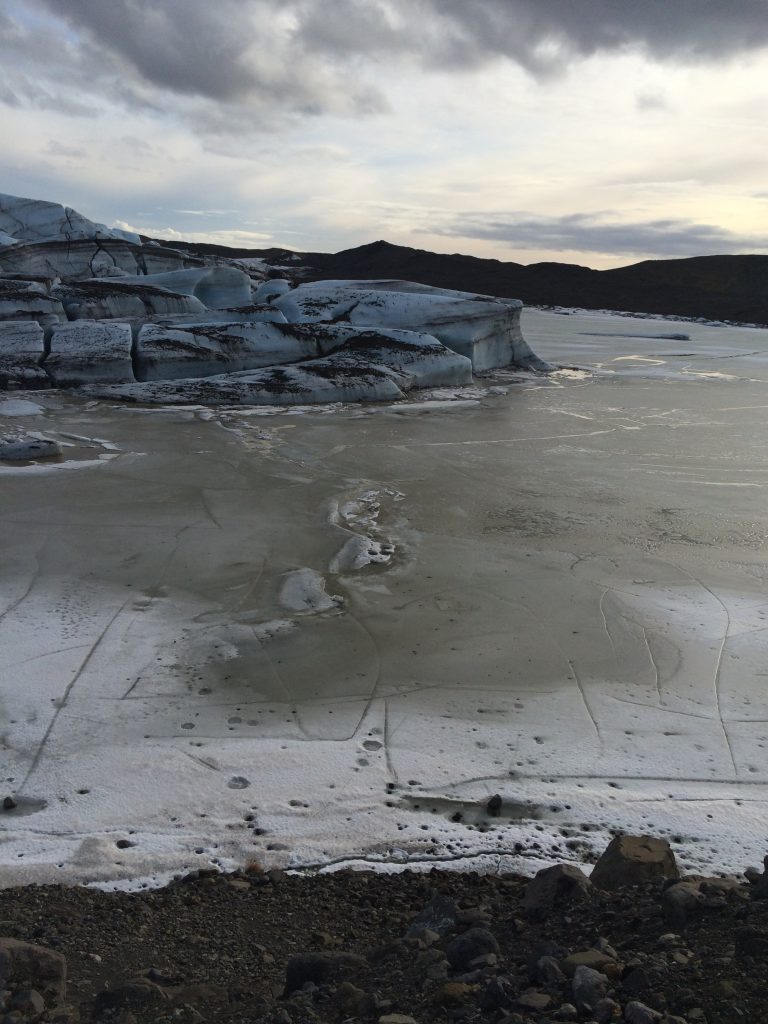
Among the first of these meandering ice-giants you will see is the Svinafellsjӧkull glacier. Carving a swath through the young volcanic mountain chain of southeast Iceland, it dips into a small lagoon of its own making. Now receding, there is an incredible ice lake before the glacier, with streams from the ice caves and crevasses pouring out. My father and I hiked up a portion of the glacier to where we could see the blue crest of the glacier. It’s a dramatic introduction to the span of glaciers that blanket the southeast of the island, and very much worth the trek to overlook the wasteland one would pass to reach this place.
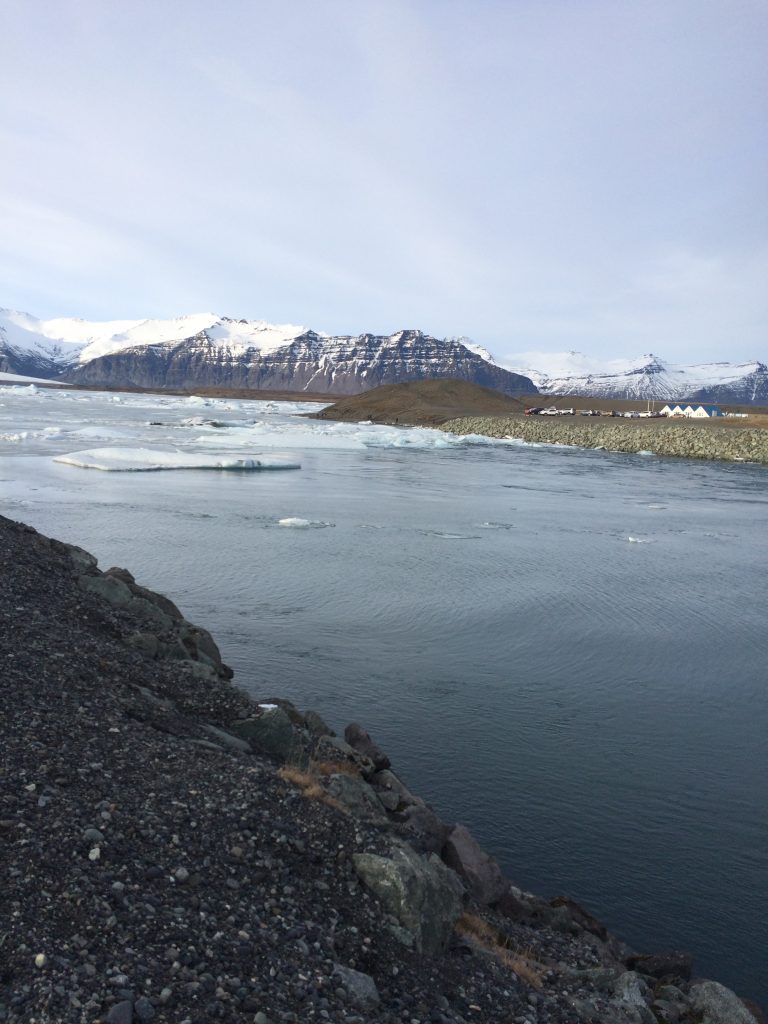
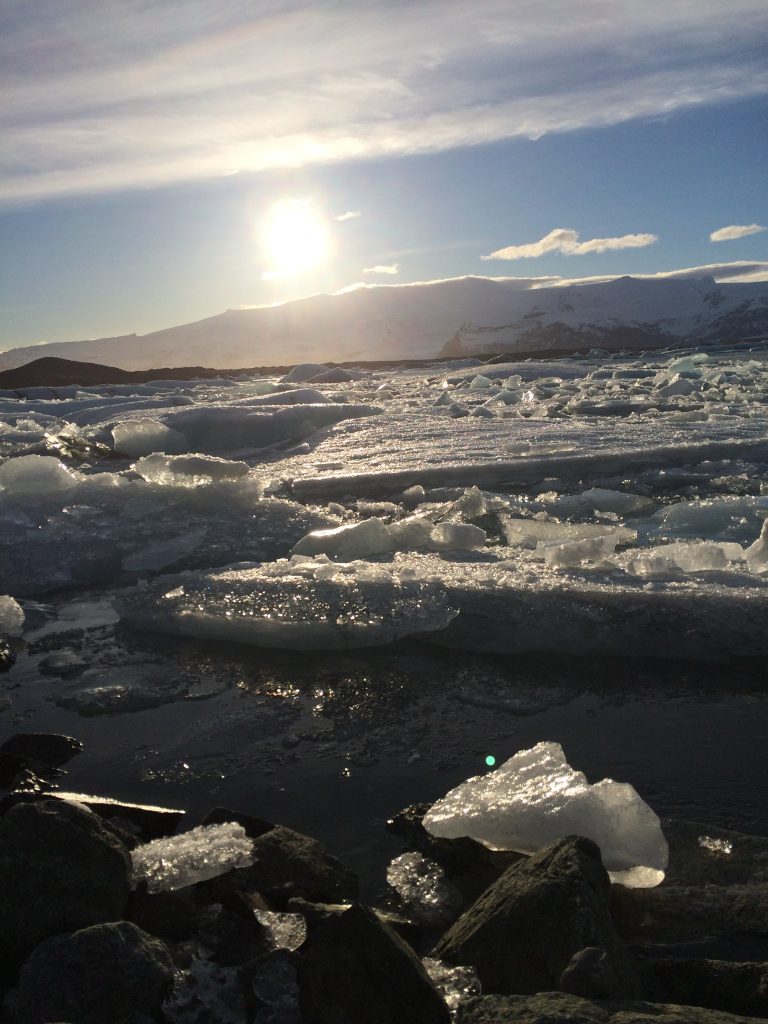
Next on the eastward road, one will encounter the Jökulsárlón glacial lagoon. In the early spring, the sun is shown on the broken ice like crystal glass, and one will encounter glacial chunks breakoff and become icebergs as they churn within the embankment and flow out to sea. Nearby is a beach of black sand and gravel, with icebergs washing ashore. Their translucent, wet forms betray how hard the icebergs truly are, and one can almost walk out onto the floating ice at their own peril.
The ice lagoon is a testament to the beauty of the subarctic world, whose environs demand a light step to thrive in. Life here is often slow and quiet, but one mustn’t become either too placid or too hasty and instead remain focused on the moment. To see an iceberg capsize and expose its deep blue crystalline underside was a sublime moment for me. It was a glance into a parallel world as I, a man of Florida, a land of languishing heat, motion, and color, to look into the static, cold, unchanging darkness of the ice. It was a trek to Niflheim, the world of ice and mist of northern myth, in the blink of an eye.
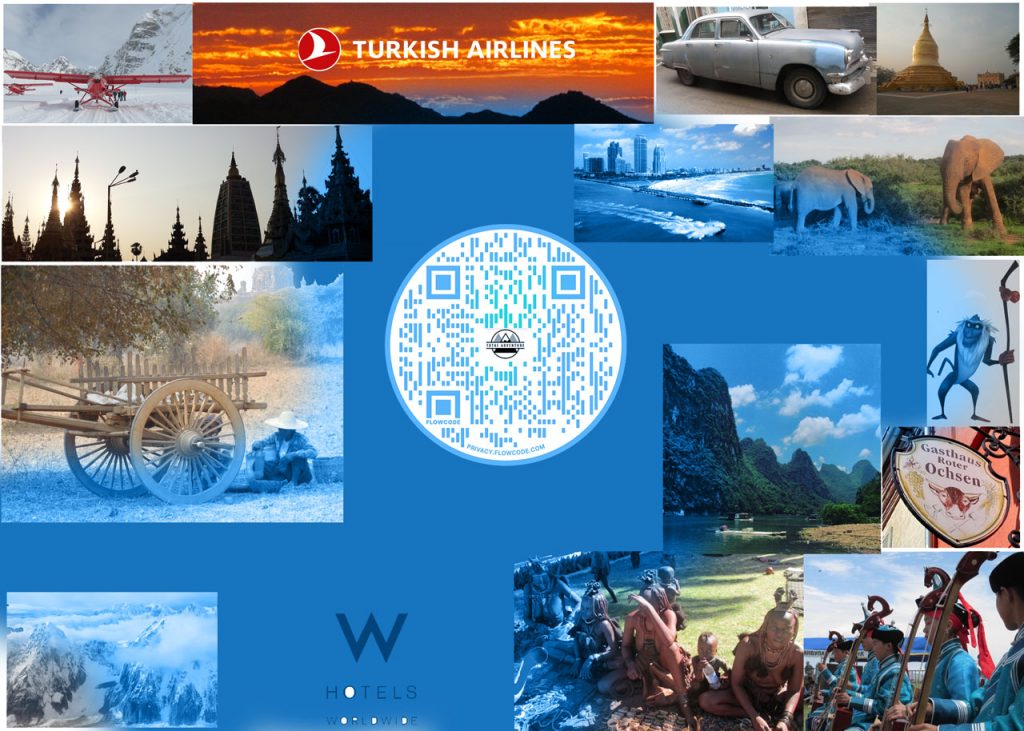
TotalAdventure.Travel curates and creates the most amazing experiences the world has to offer. Travel is an art – it is a way of life – as the late Anthony Bourdain taught the world.
We also are sharing and selling travel experiences – now available on OpenSea
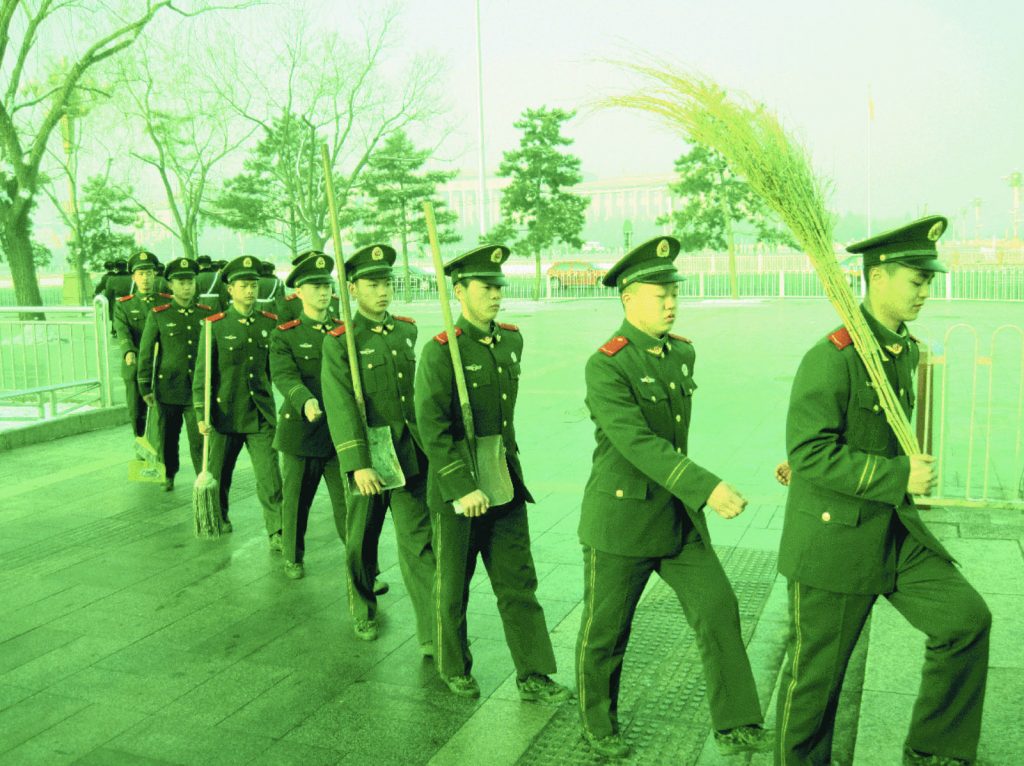
For .777 ETH , one can own and experience the Marching Men of Tiananmen in perpetuity.
TotalAdventure is also creating Travel NFTs – NiftyTT or NFT-TT – Unique Total Travel Experiences – including any one of our 3000 adventures in over 100 countries, air travel, accommodations , restaurants, guide services ,sports, directions and funds needed during the experience. The experiences will be blockchained , executed n Ethereum and transmited in QR for all interactions throughout the trip.
For further information ; travel@totaladventure.travel
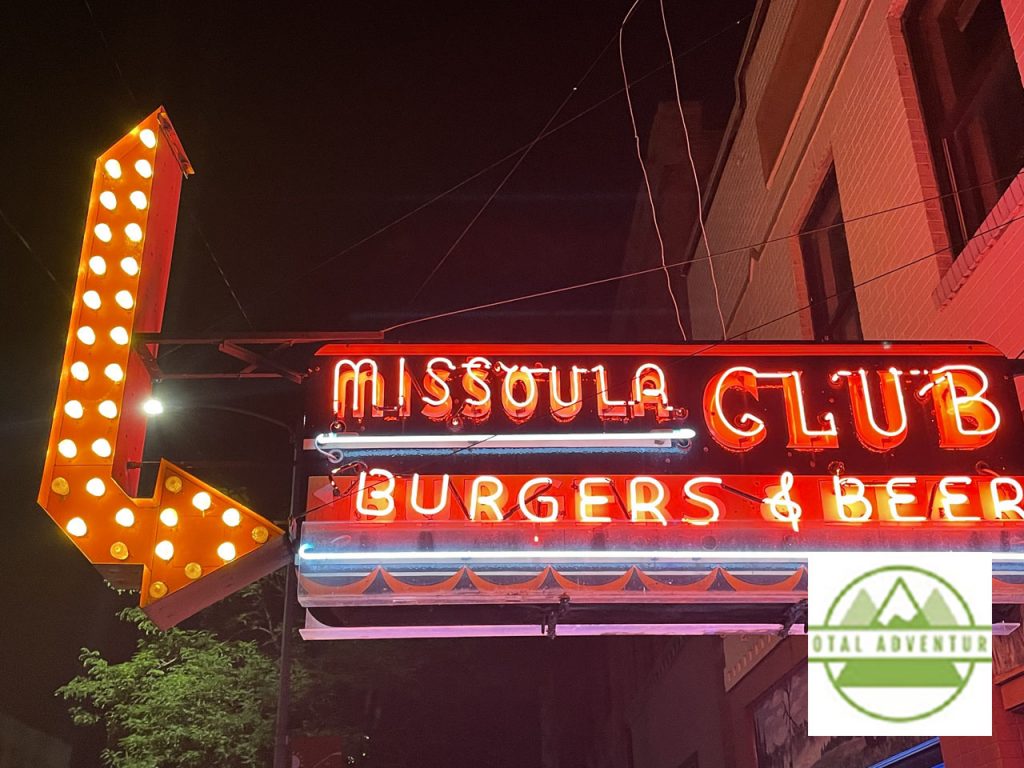
Prime Minister Trudeau still refused to open the Canadian border to travelers, so my hopes of driving from Washington State though British Columbia, Alberta,Saskatchewan , Manitoba and Western Ontario, before crossing back into the States at Sault Ste. Marie were shelved for a future date. The border finally opened in August. I was trying not to retrace last year’s voyage and crossed in only two spots – Billings MT and Sheridan WY.
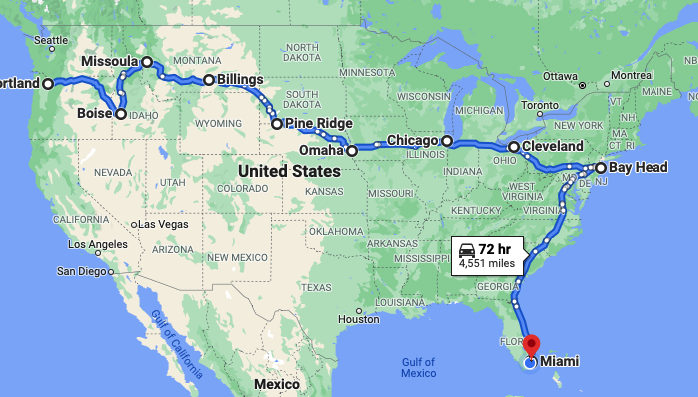
From Portland I drove East to the Snake River.

The Snake River runs from the Continental Divide in Wyoming to the Columbia River. Salmon swim all the way from the Pacific Ocean to Wyoming – against a strong current and many dam ladders along the way. Ate lunch in an old Quonset Hut turned restaurant in Joseph,Oregon. The river is the border between Oregon and Idaho in these parts.

See the video in the opening Cross Country 2021 story.
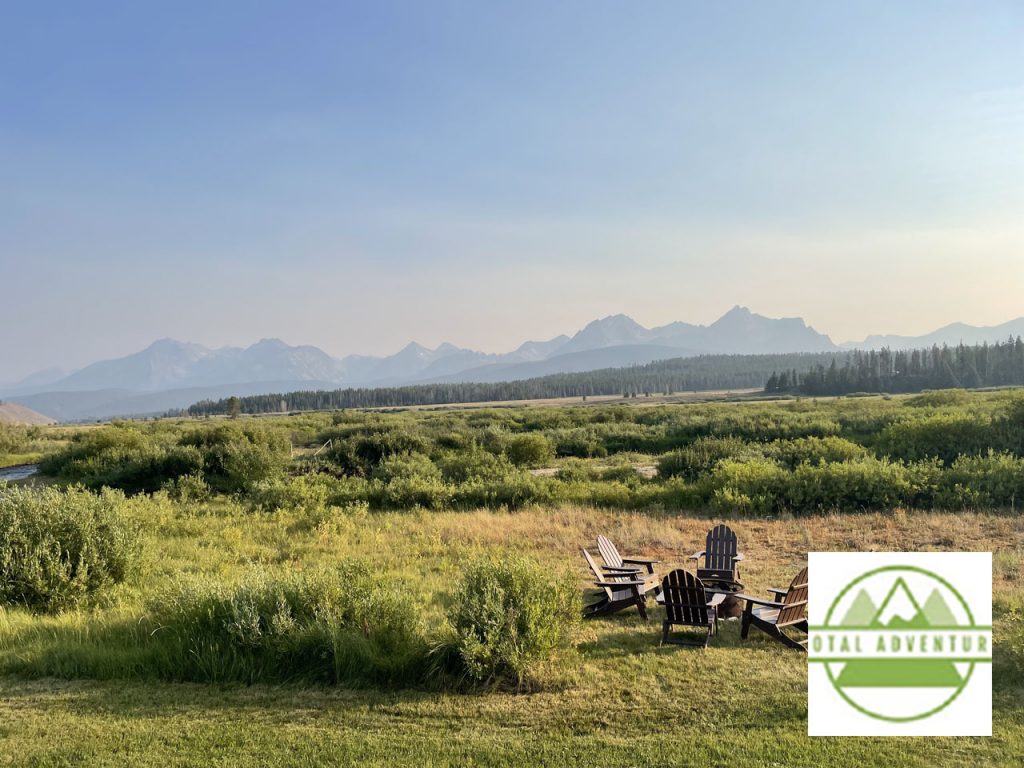
After the Snake River I spent the night int he capital city of Boise. Hotels were surprisingly expensive and I ended up in a Holiday Inn Express for about $ 190. But the next night, in Stanley , I stayed with old family friends at their RJR Ranch . We cooked steaks over an open fire, while watching the sun set over the Sawtooth Mountains. RJR is a working ranch with horses and cattle. One can also fish salmon from streams that run through the the property.
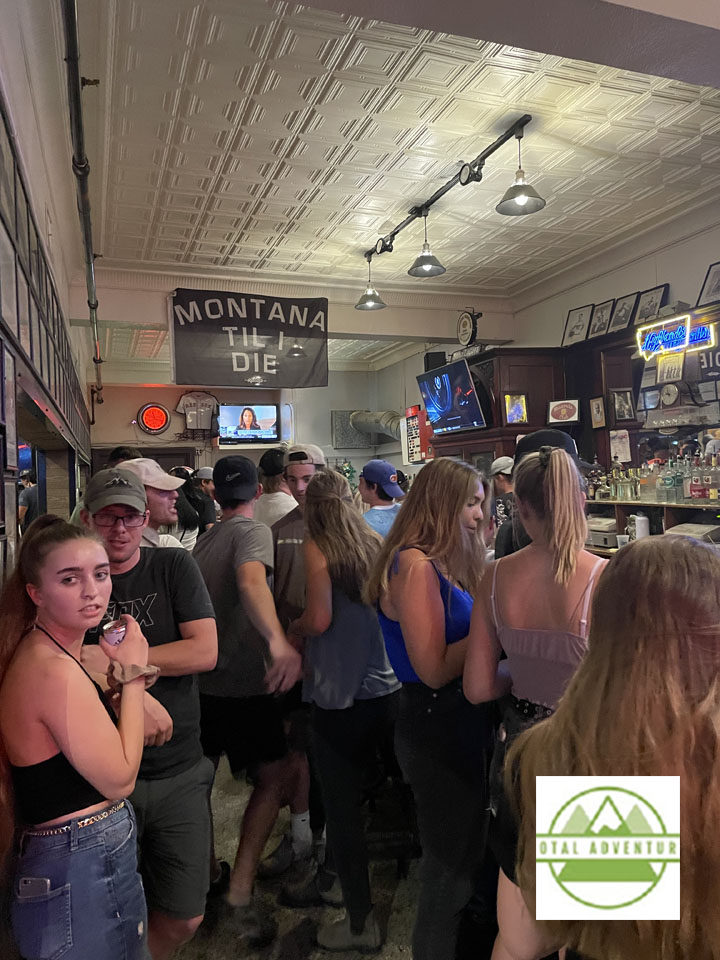
Missoula Friday Night
Missoula is a rocking college town and just coming back after Covid. I socialized amongst the maskless crowds and it was fun to be out again. Last years journey was quite solitary – often eating in my hotel room, or off the hood of the car.
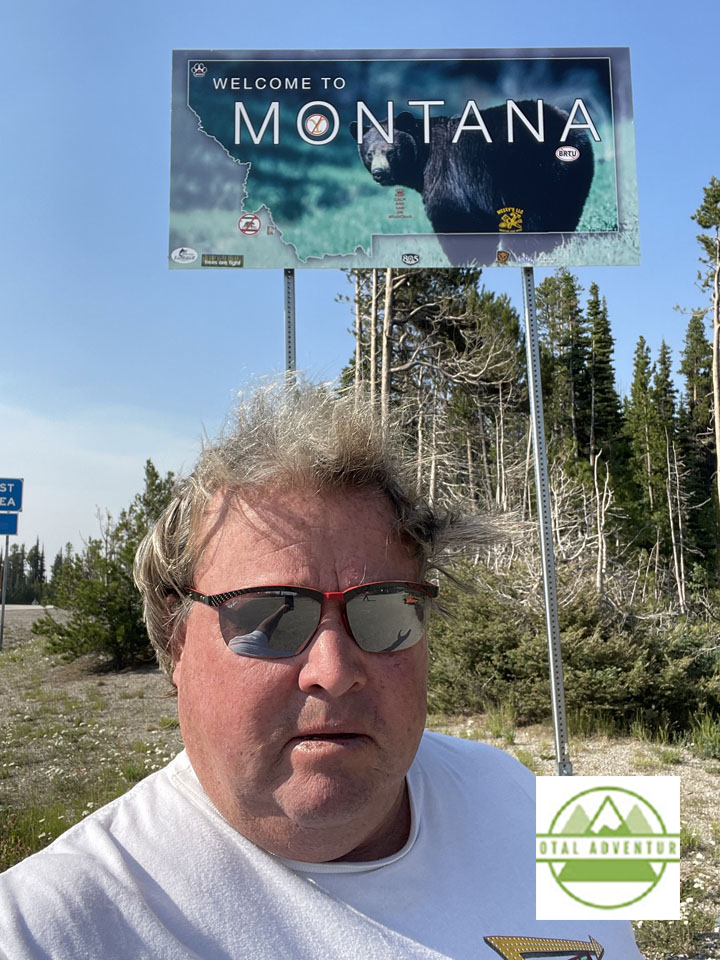
Montana is a wide state, spanning an entire time zone. From Missoula, I stopped in Butte for lunch , swam in the Yellowstone River and made it to Billings for the night My hotel there cost 3 times what it did last year. Not only is tourism up, but firefighters from all over the country were there to fight fires all over the West.
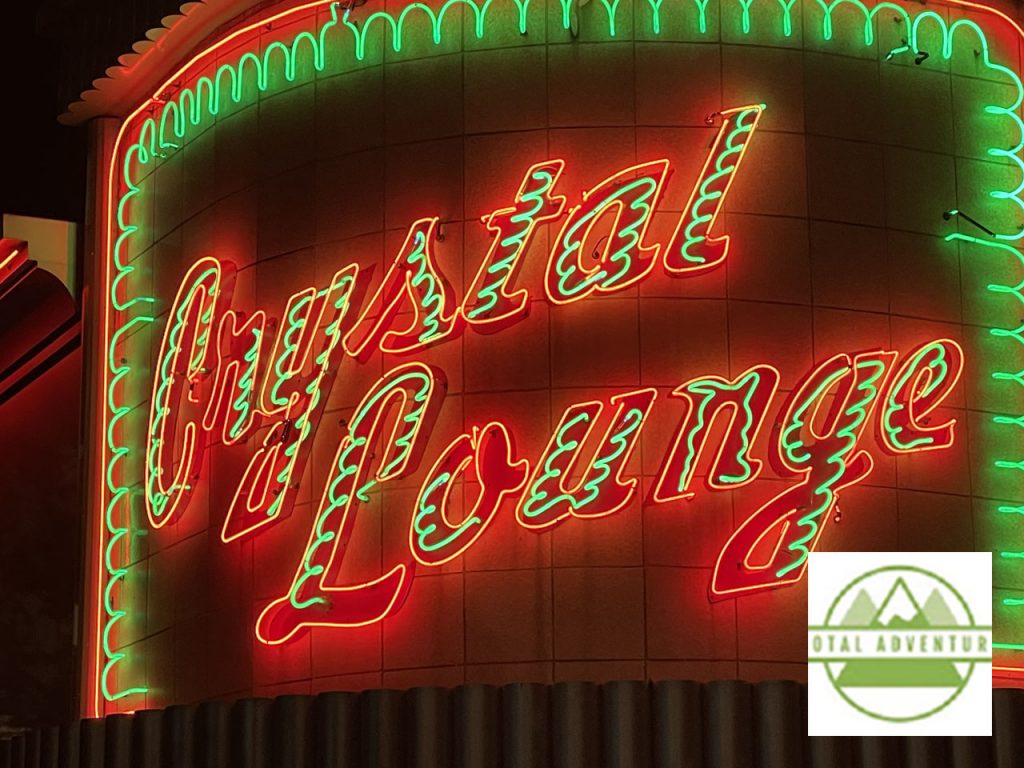
The next day TotalAdventure left the Rockies for the High Plains, through Sheridan,Wyoming ( and a huge steak lunch) In late day drove through Sturgis, South Dakota – where the Biker rally was about to start.

Spent the night in Pine Bluff, home of the world’s only casono that doesn’t serve drinks. Alcohol is a serious problem on the reservation and possession is outlawed.
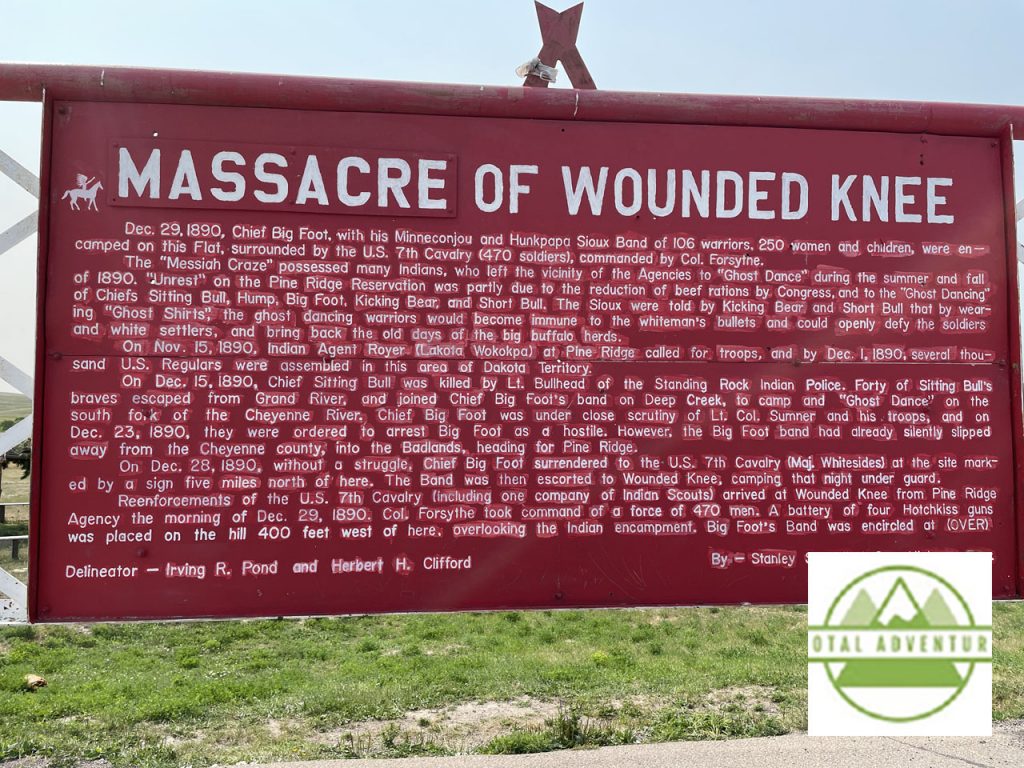

By late morning crossed into Nebraska and spent two nights in Omaha to get caught up on work.
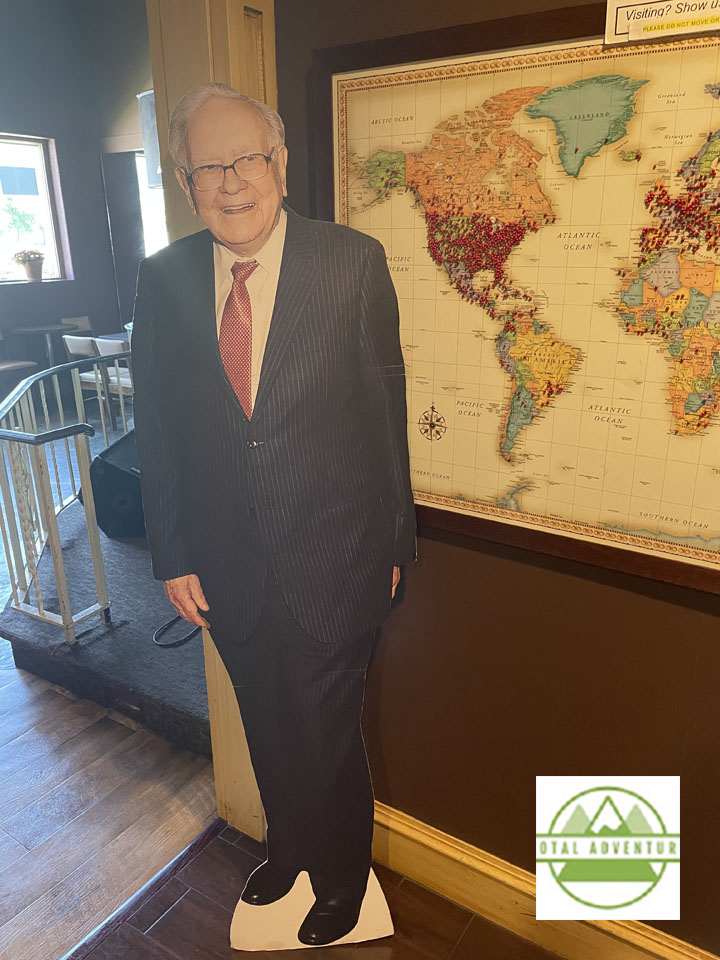
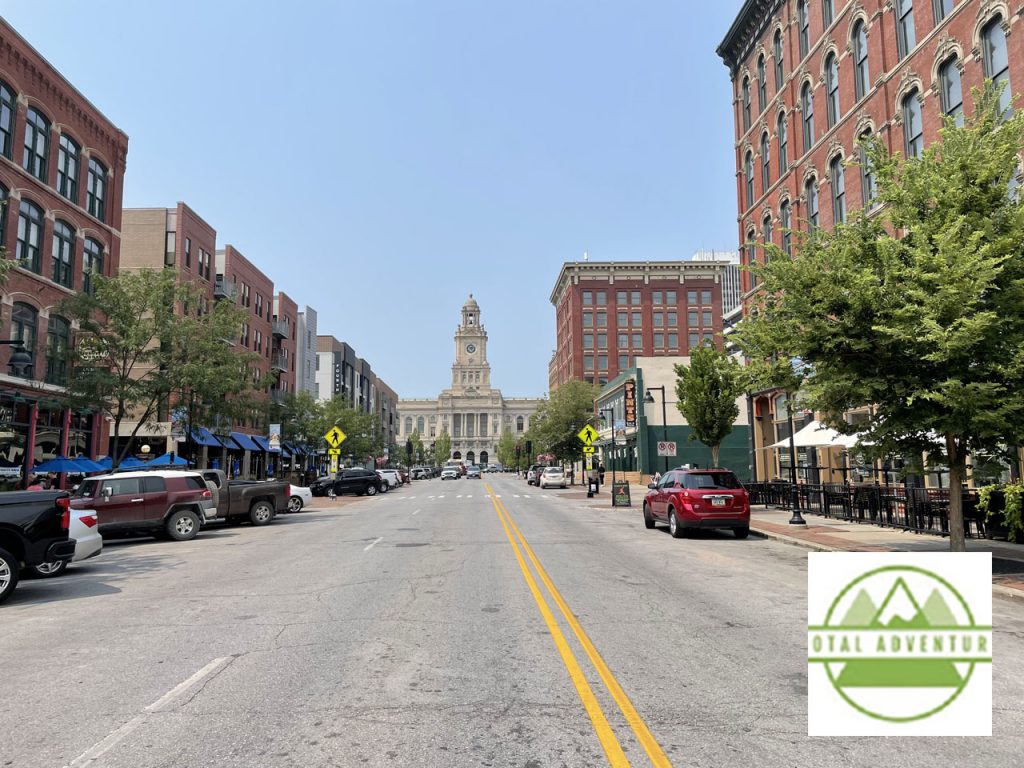
From Omaha it was about 7 hours to Chicago, including lunch in Des Moines. It was hard to stay awake in the repetitive scenery of rolling hill cornfields.
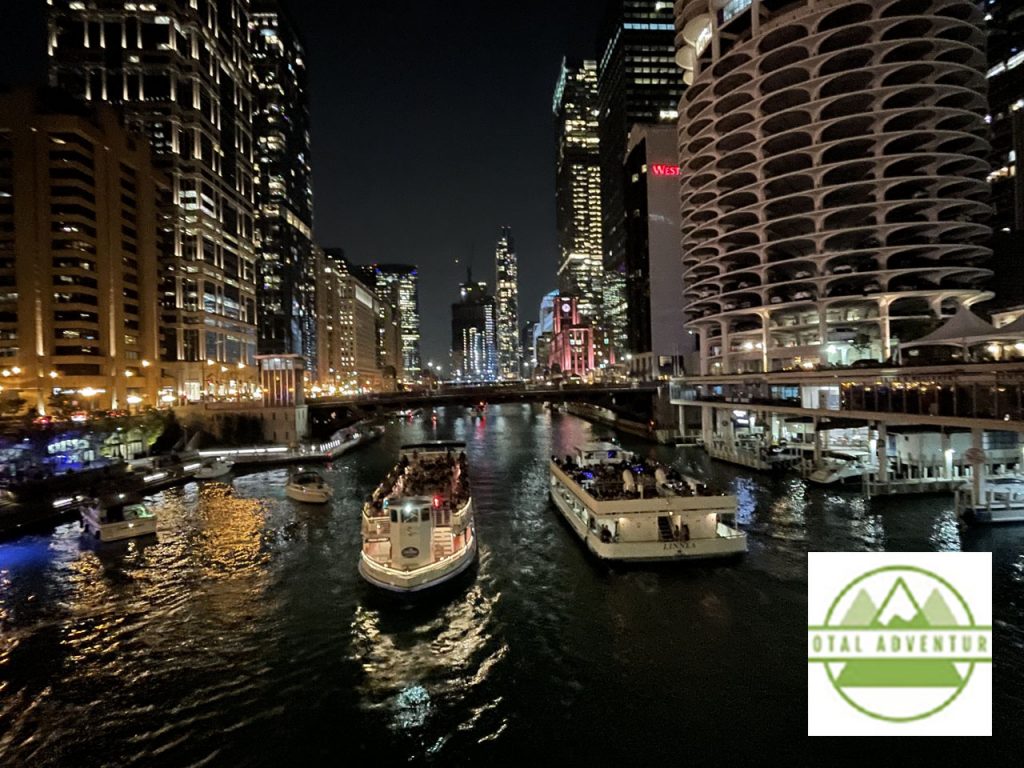
It was great to be back in Chicago after a couple of years. My last time there was in February,2018 when it was 7 below zero !

As a New Yorker, Chicago seems to be the only other “Real City” in the USA. Washington, Boston and SanFrancisco are runner ups.
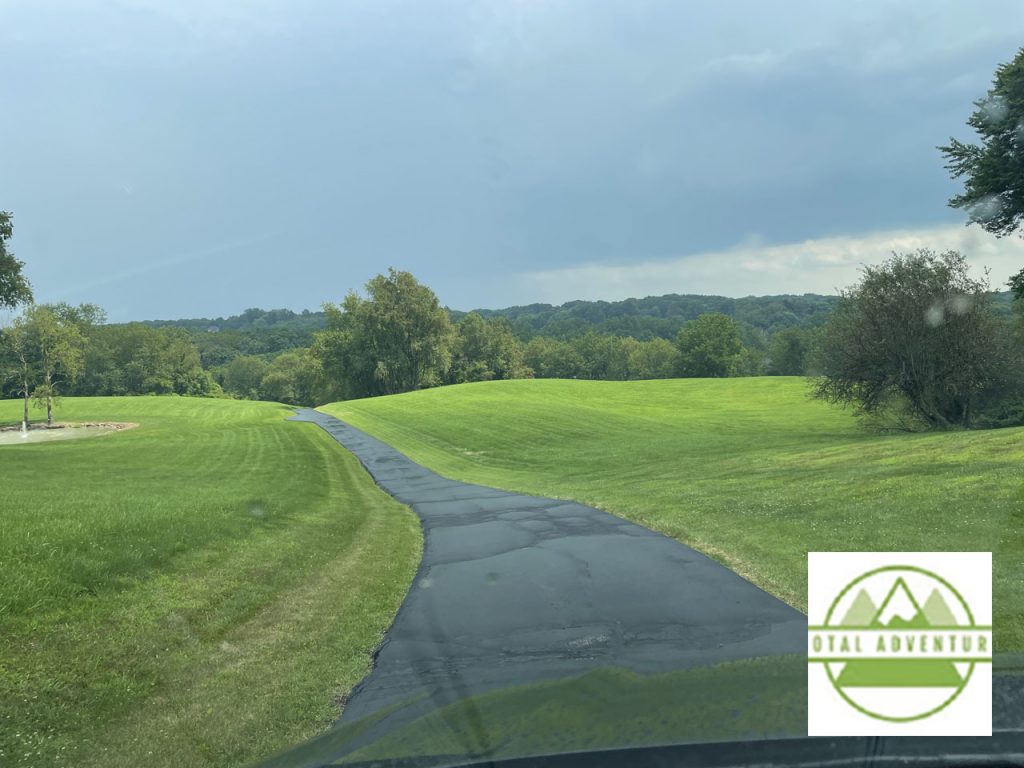
From Chicago , and a brief stop in Indiana to visit an old friend, I returned Massillon Ohio to finish research from last year. Massillon is ancestral hometown of TotalAdventure.
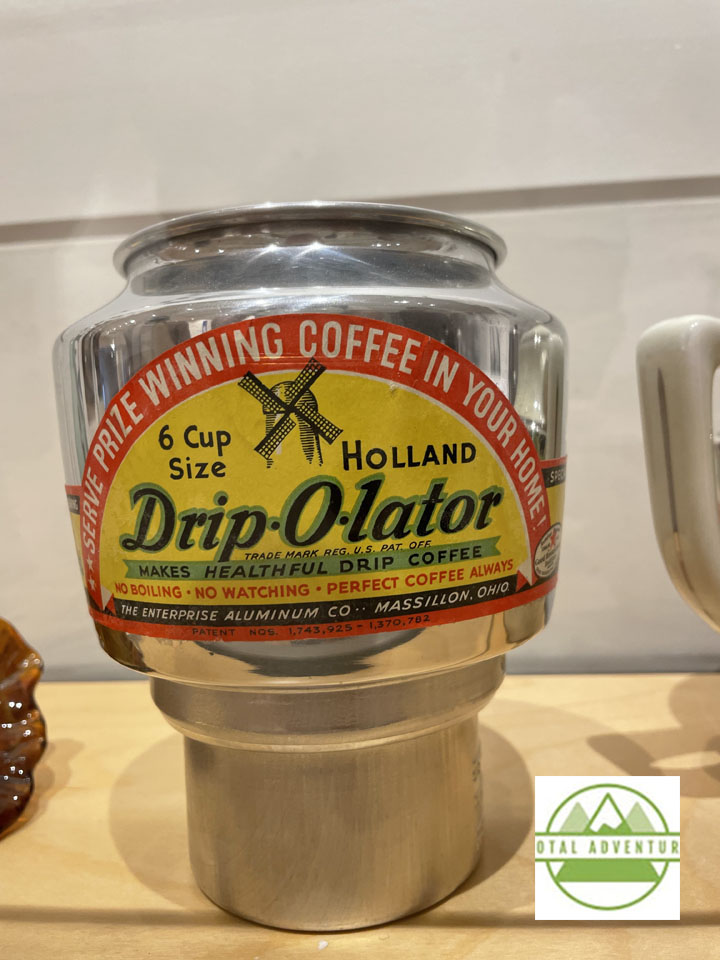
My Grandfather , Blaine Zuver founded Enterprise Aluminum Company. Manufactured coffee makers, pots ,pans and in wartime – mess kits ,canteens and bullet casings on fighter planes.

A Beautiful Cleveland Day On The Lake Erie Waterfront.

TotalAdventure then spent a week in his childhood home town – Bay Head NJ.
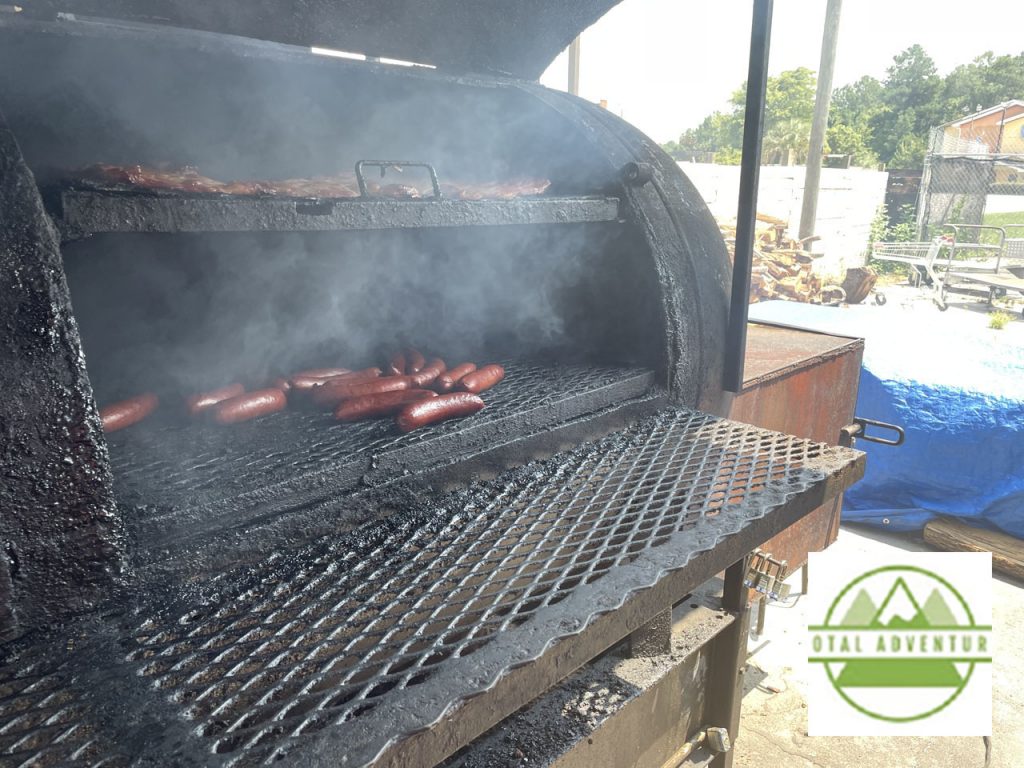
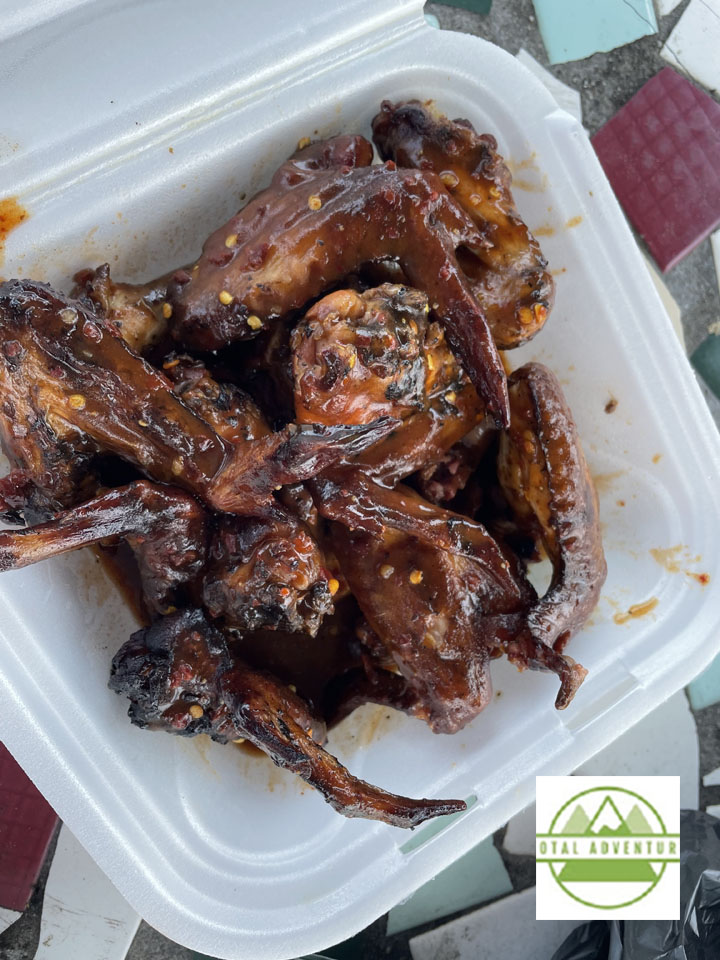
From Bay Head , it’s a 19 hour trip back down I 95 to MiamiSpent the night in Lumberton NC. The highlight of the trip, which I have done hundreds of times, is BBQ at Malson’s in Kingsland GA, just 3 miles from the Florida line. And then – it was home to Miami ! The last 2 summers have been perfect to get to know our country from East to West and North to South. Now, we return to the World at Large !
